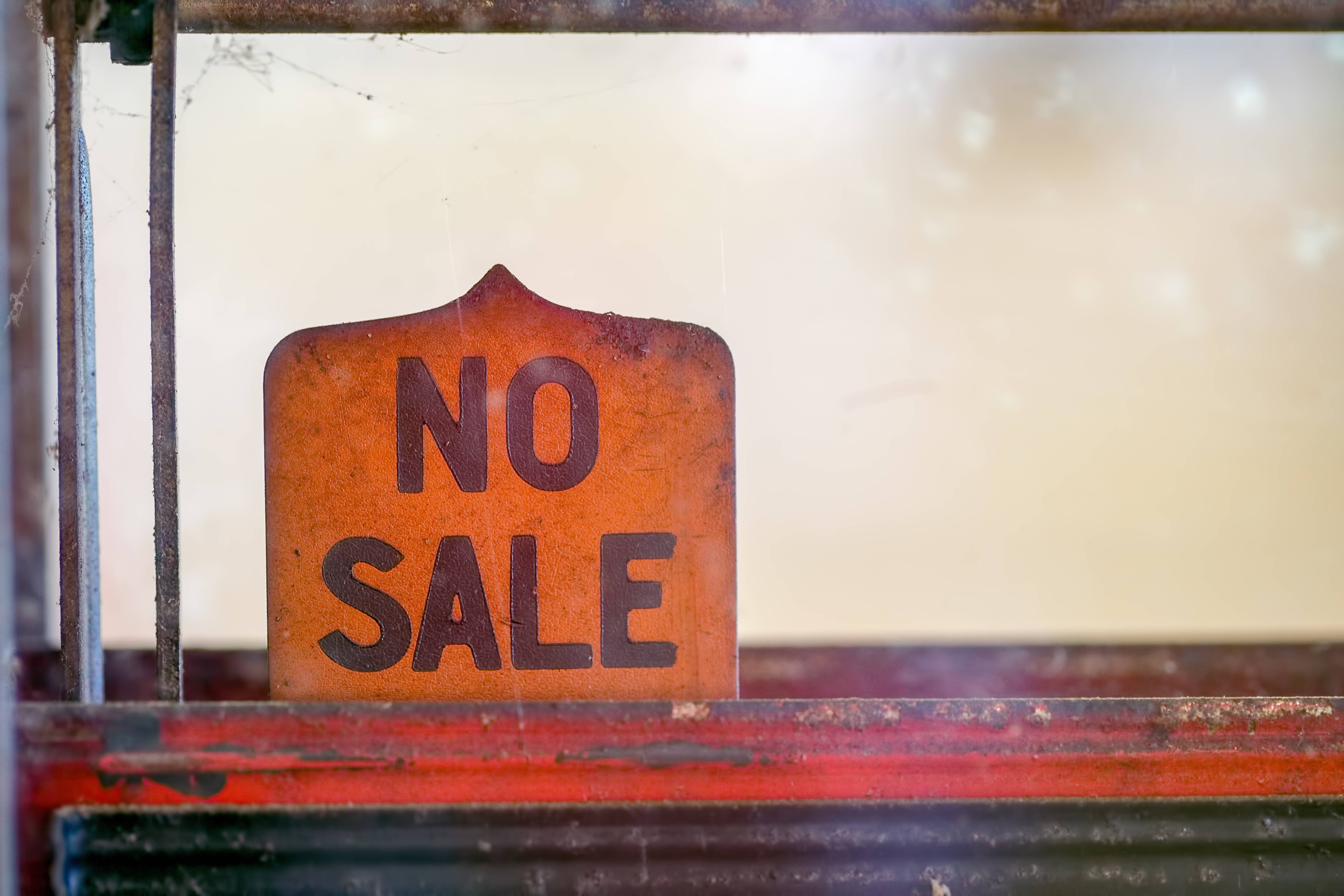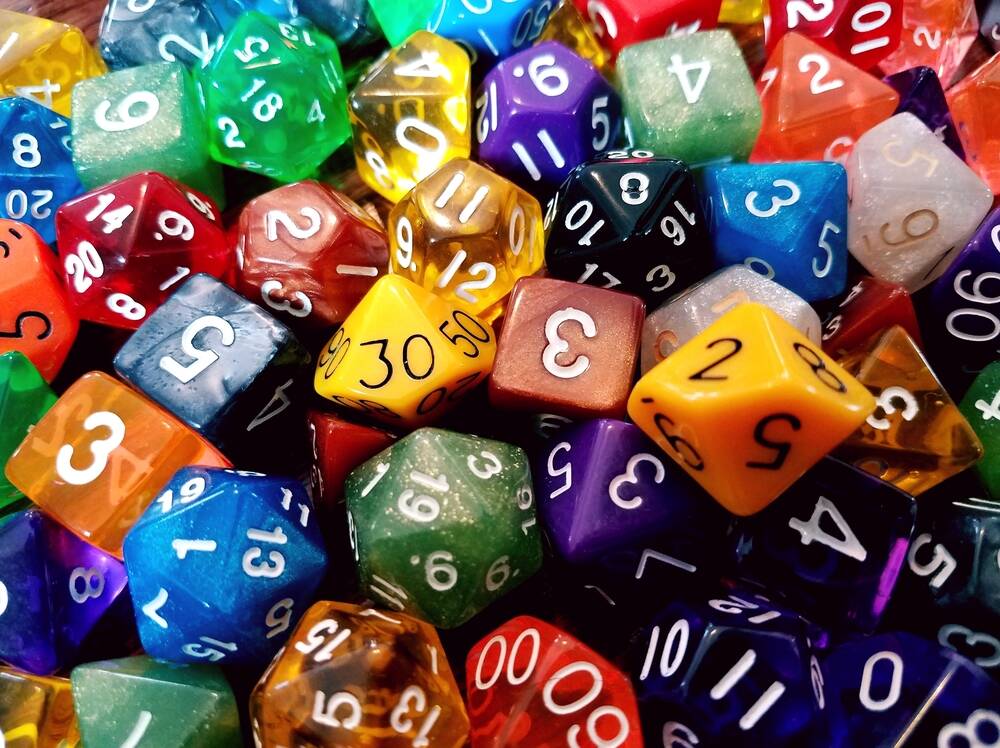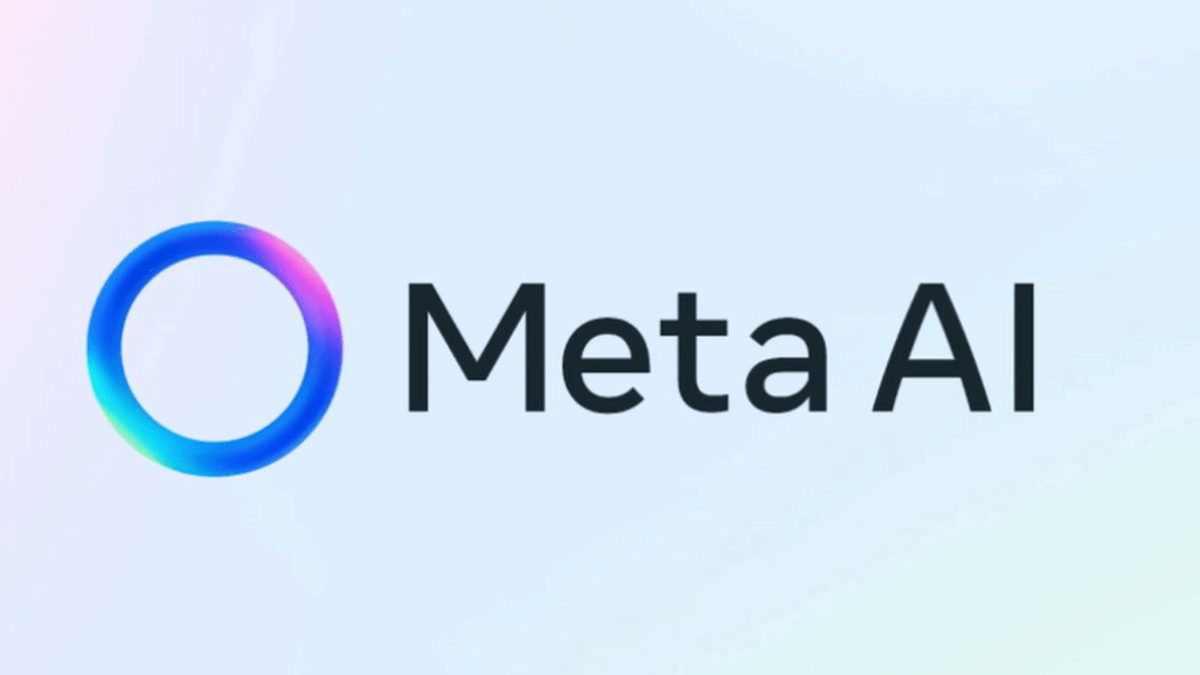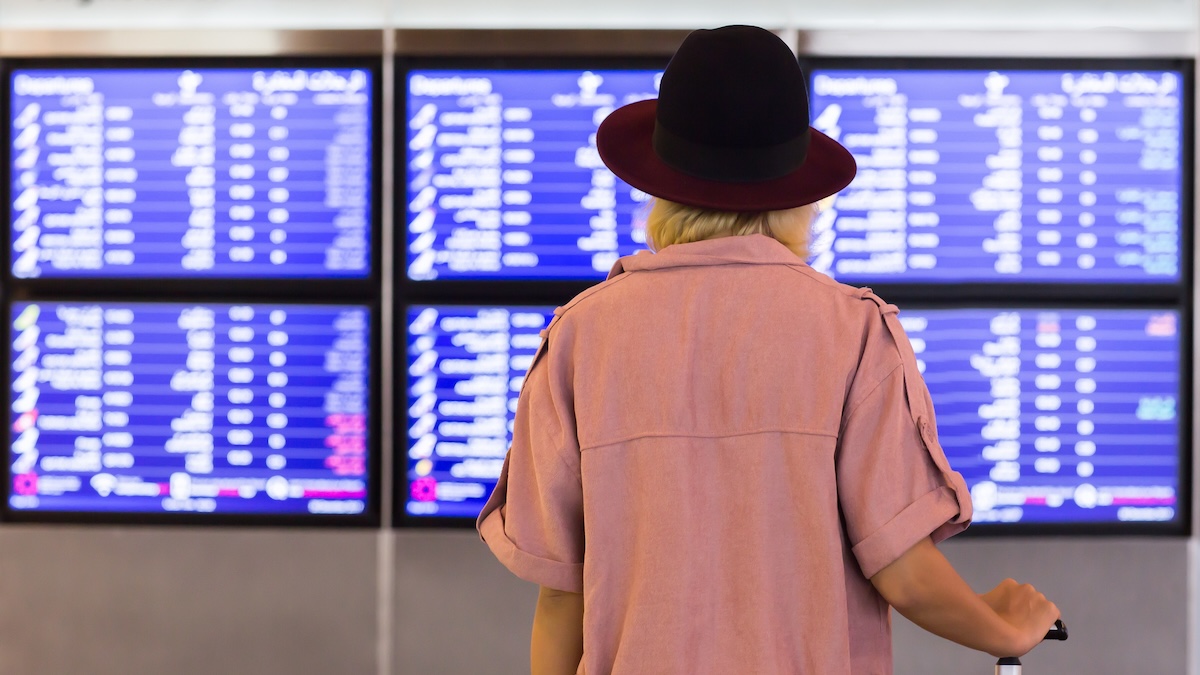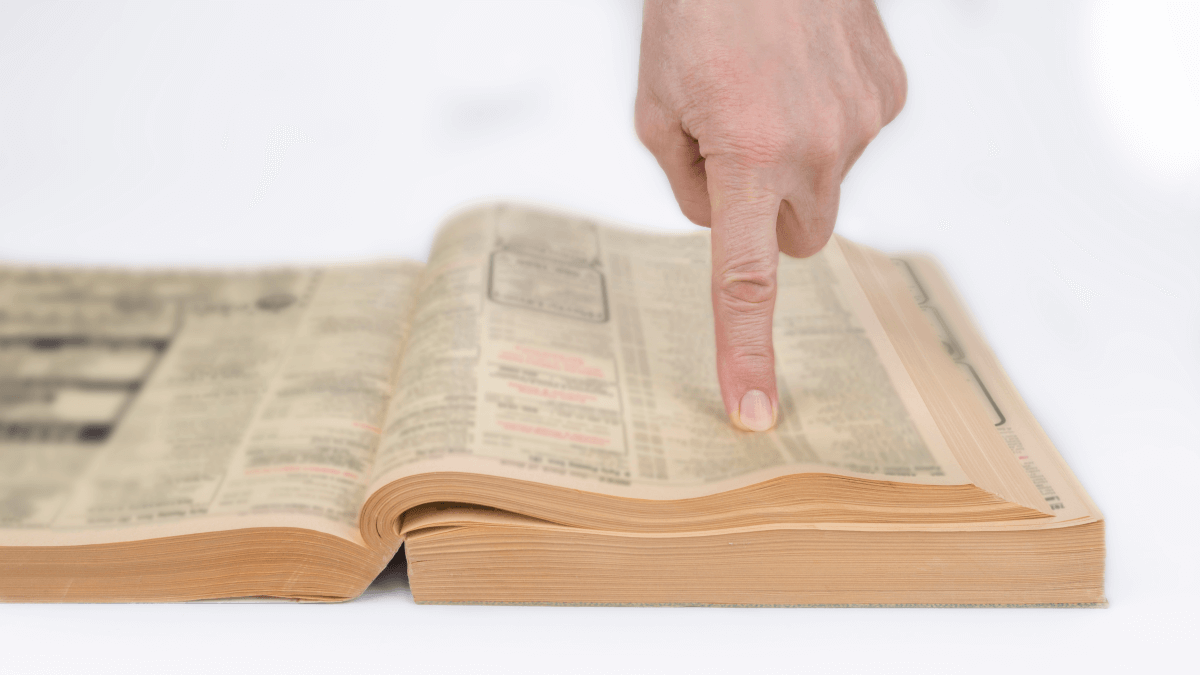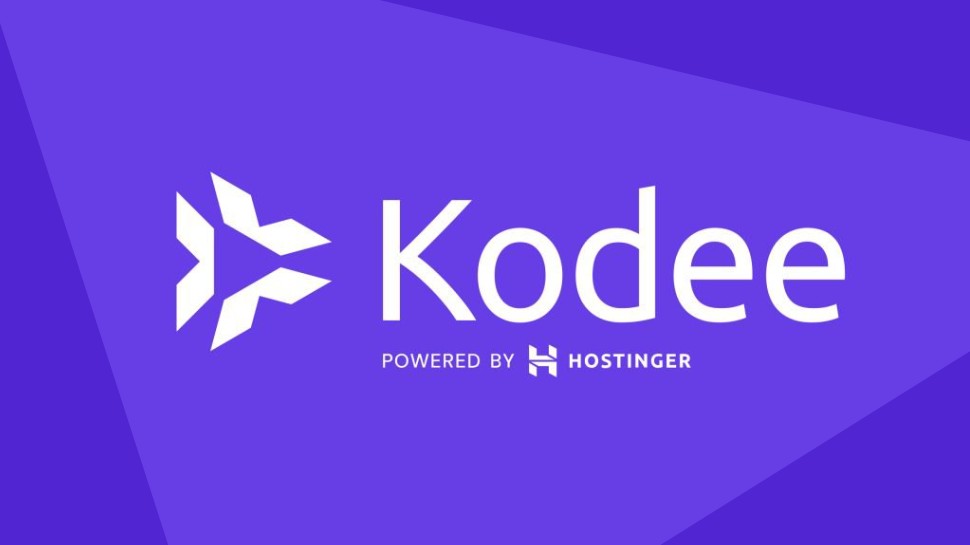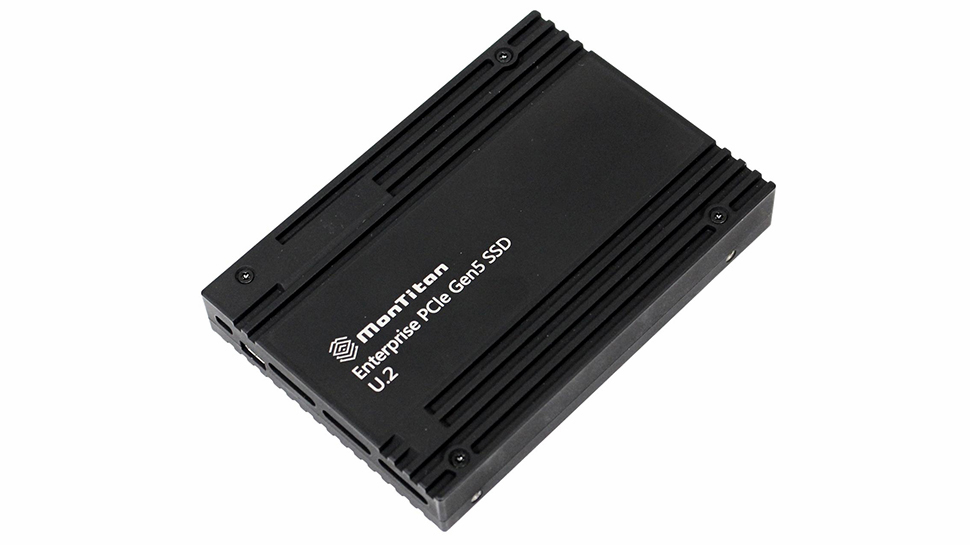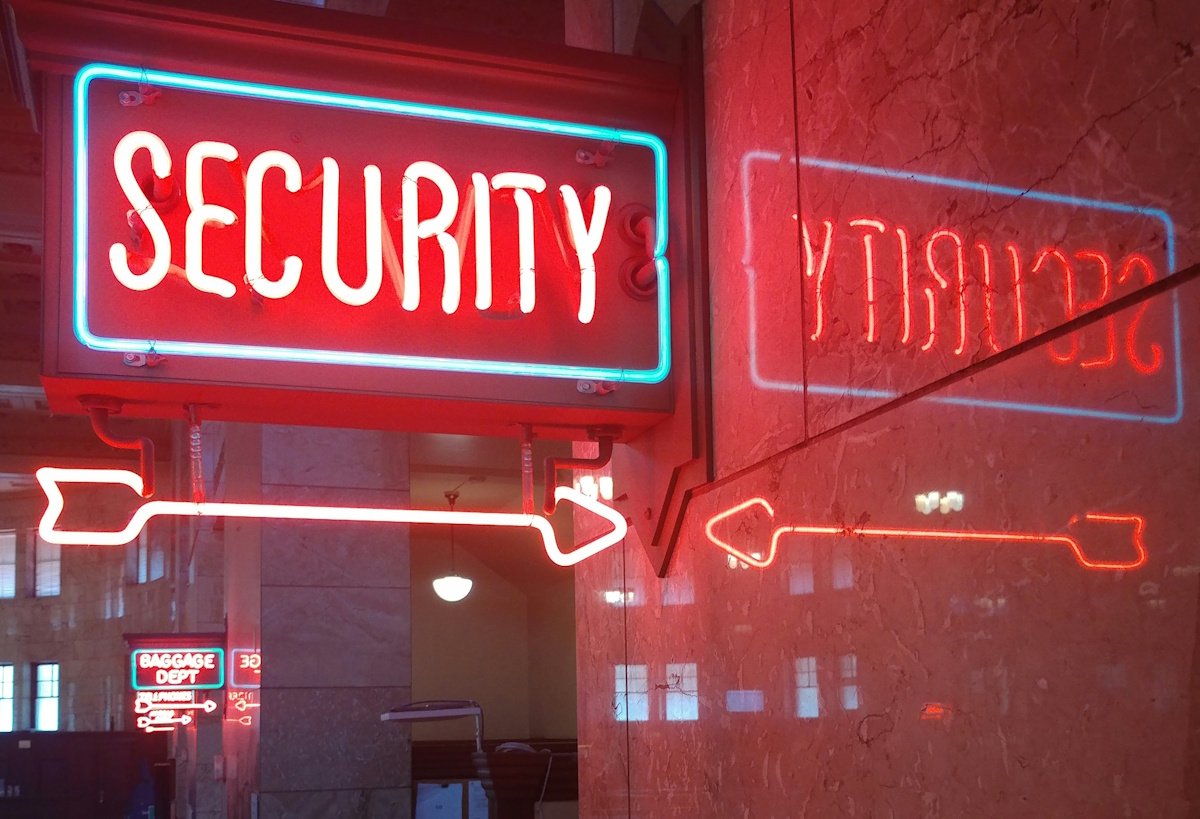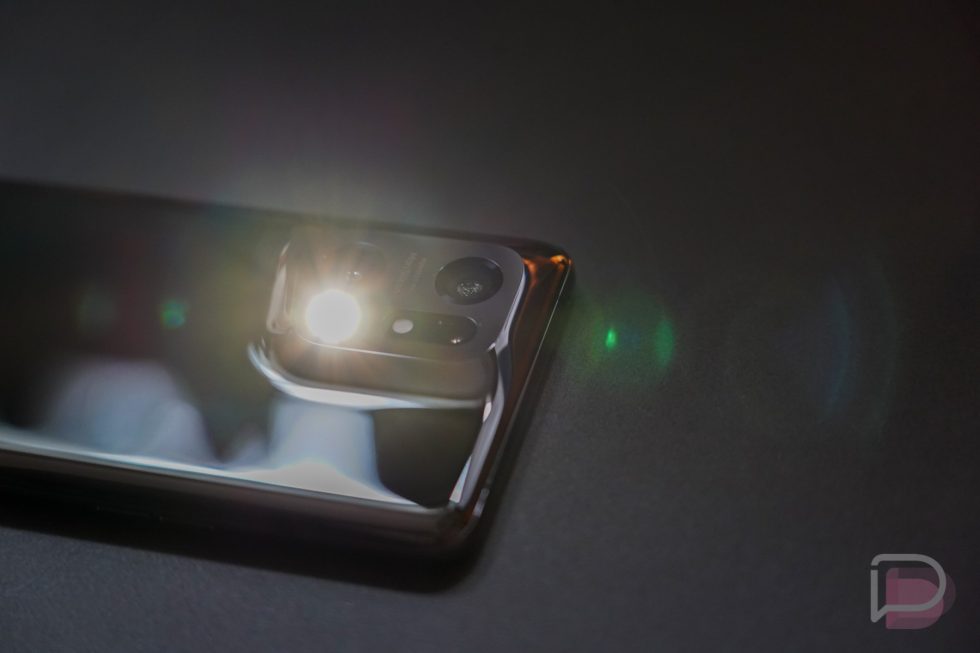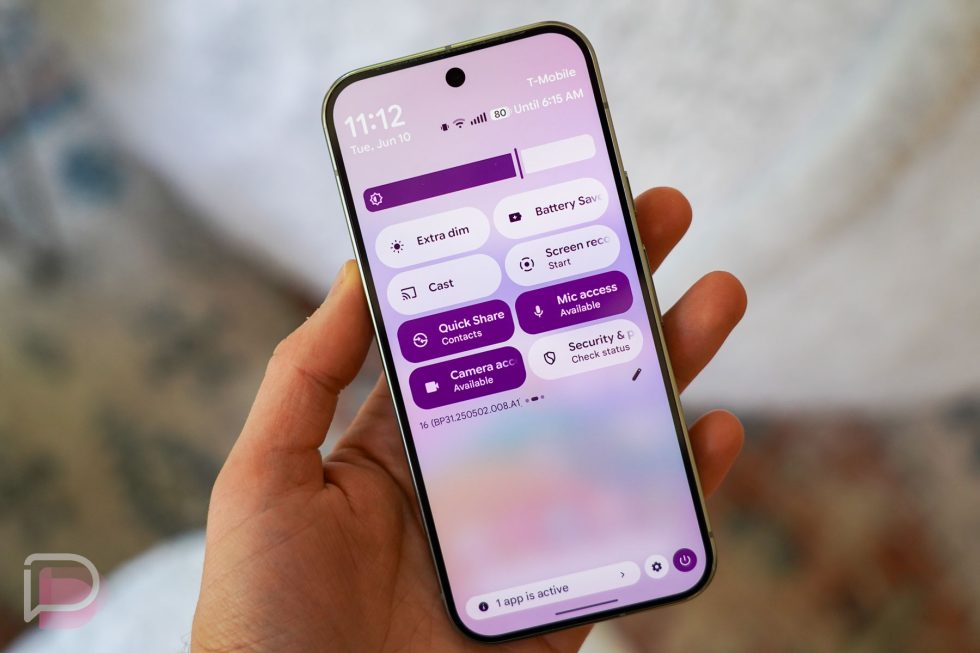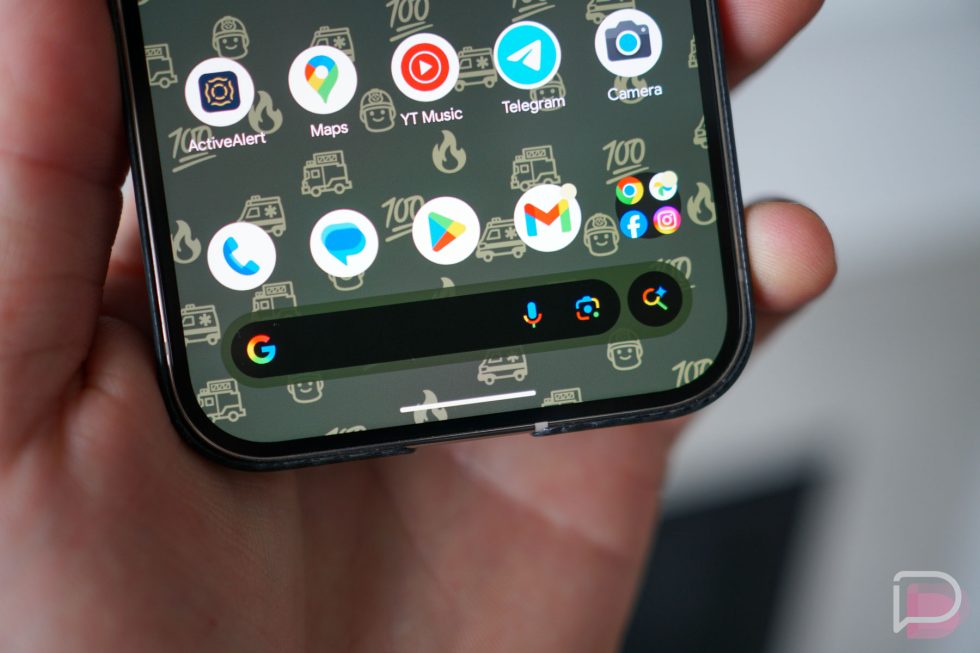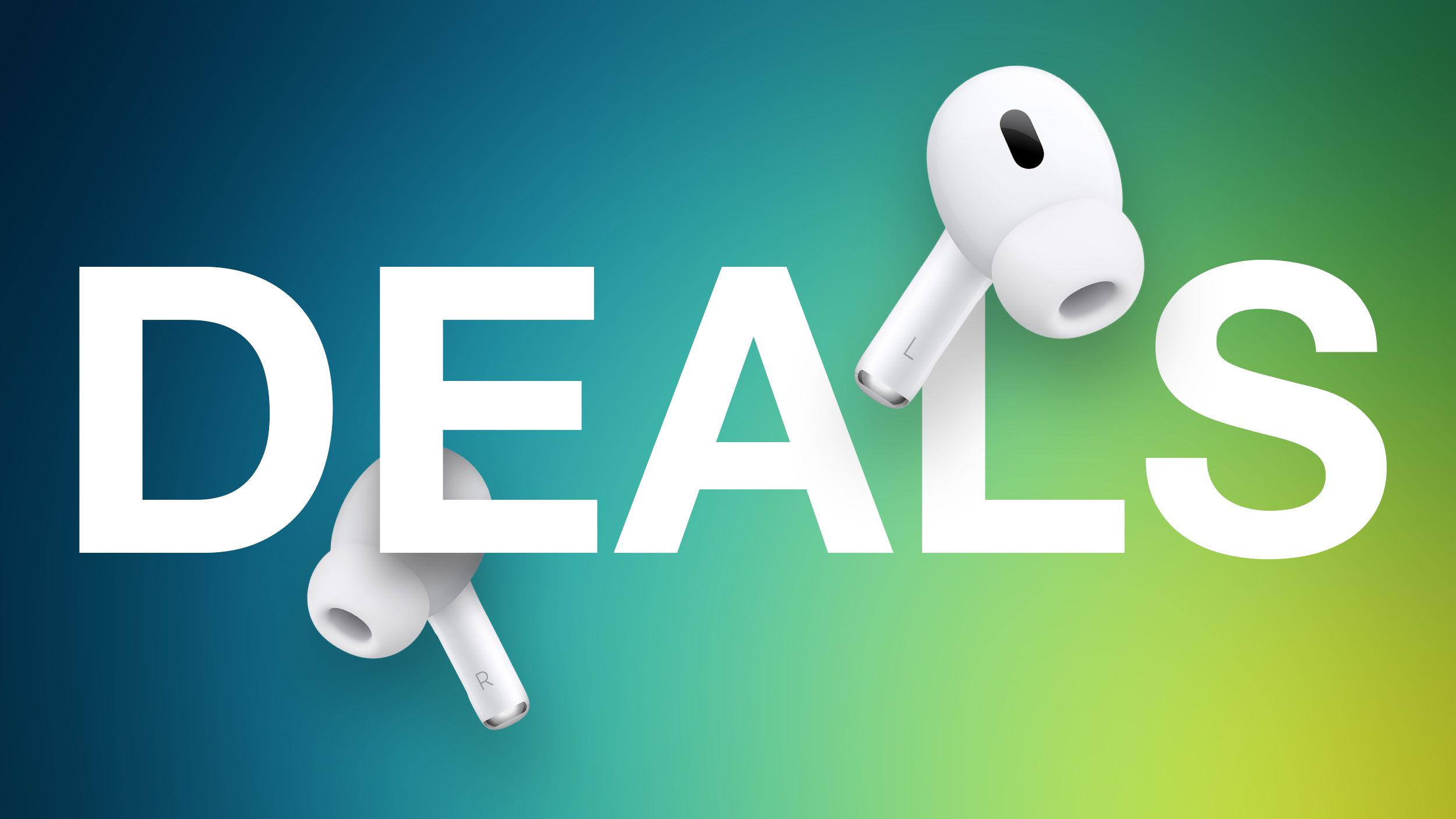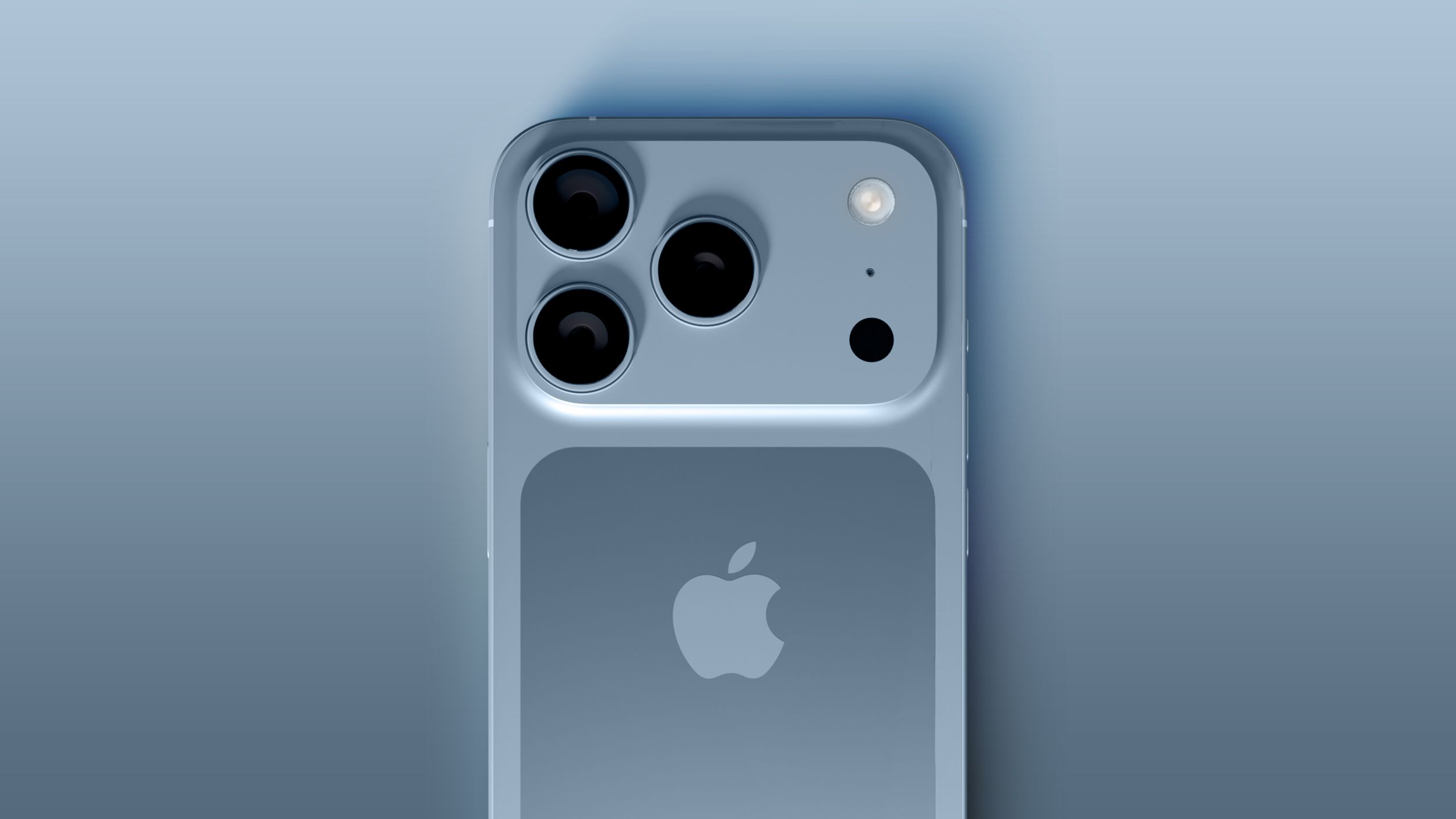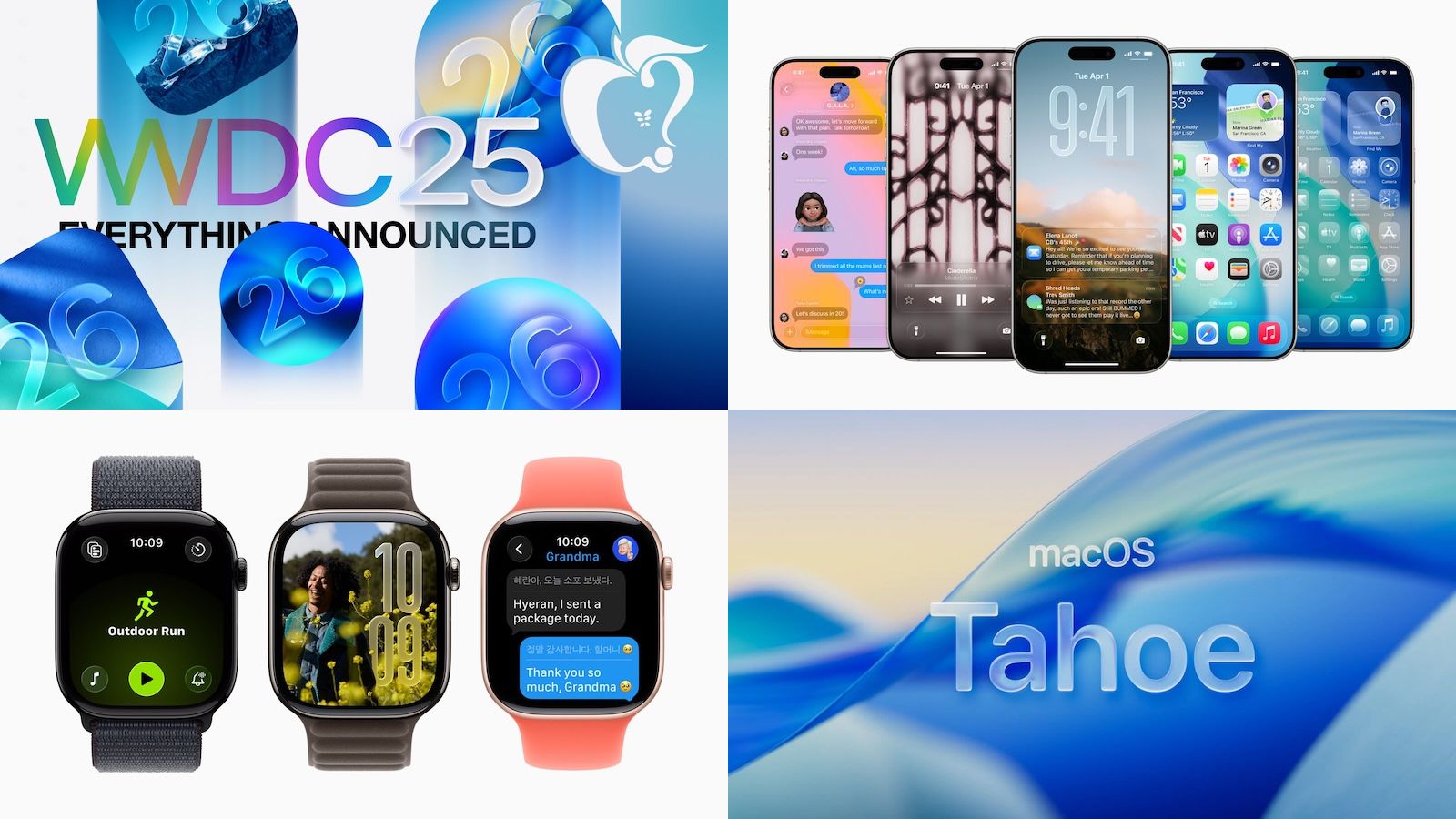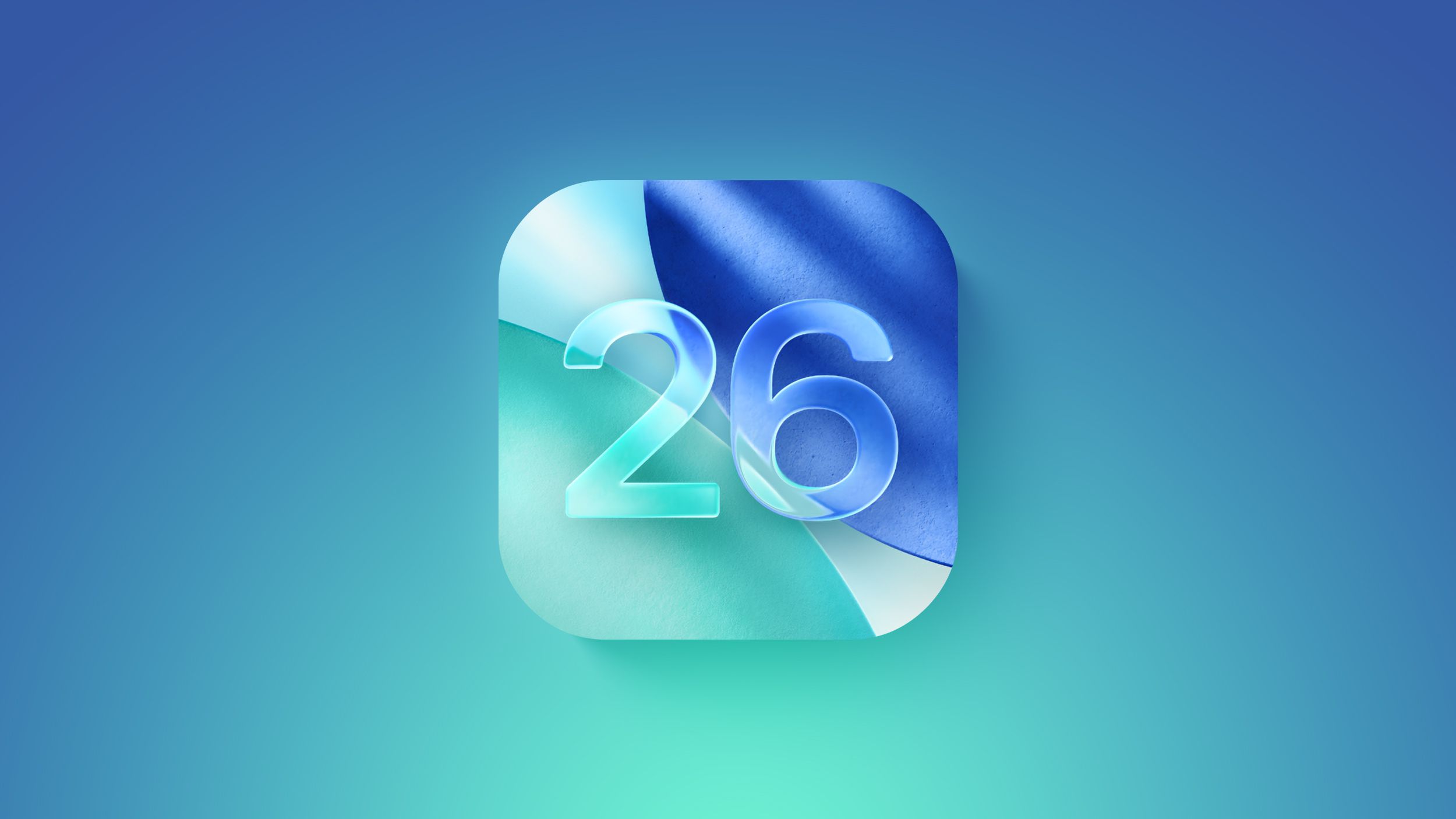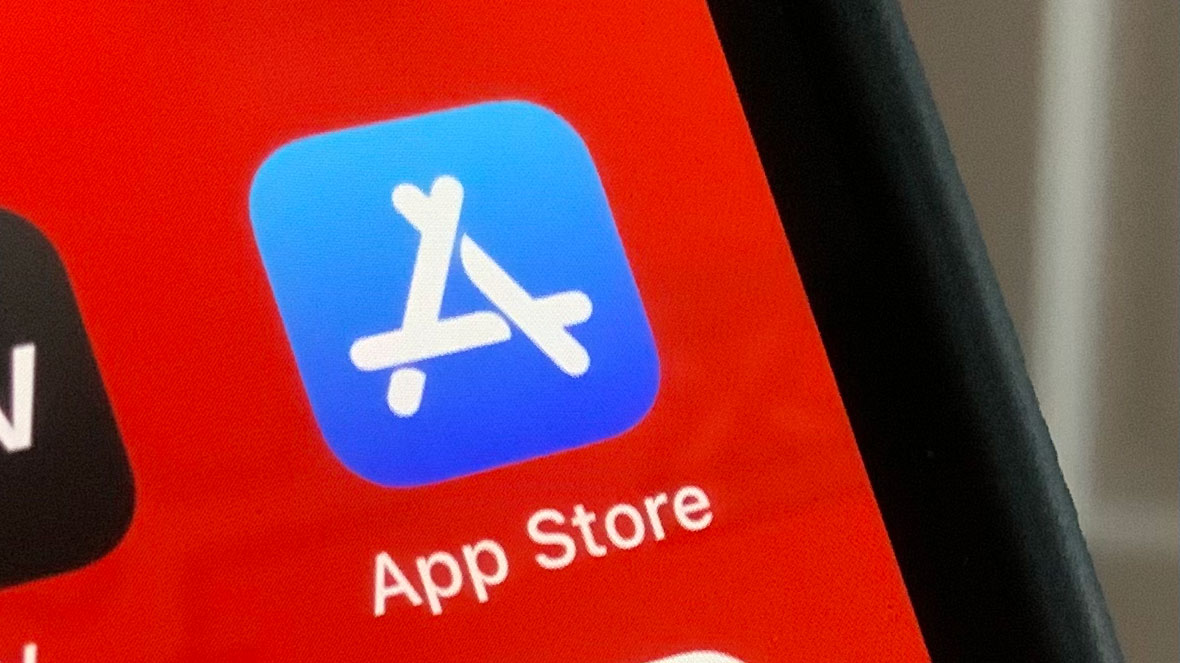The rise of influencers in the 2025 Australian federal election landscape
With social media platforms becoming central to political engagement, figures like Abbie Chatfield, Friendlyjordies, and The Juice Media are amplifying progressive causes and challenging traditional political narratives. But how significant is their impact? Are they genuinely influencing the election conversation, or is their influence more about their ability to capture attention and drive engagement? This […] The post The rise of influencers in the 2025 Australian federal election landscape appeared first on Isentia.

With social media platforms becoming central to political engagement, figures like Abbie Chatfield, Friendlyjordies, and The Juice Media are amplifying progressive causes and challenging traditional political narratives. But how significant is their impact? Are they genuinely influencing the election conversation, or is their influence more about their ability to capture attention and drive engagement? This evolving trend raises important questions about the role of influencers in modern elections and how they are reshaping the way political messages are communicated to younger, digital-savvy voters.
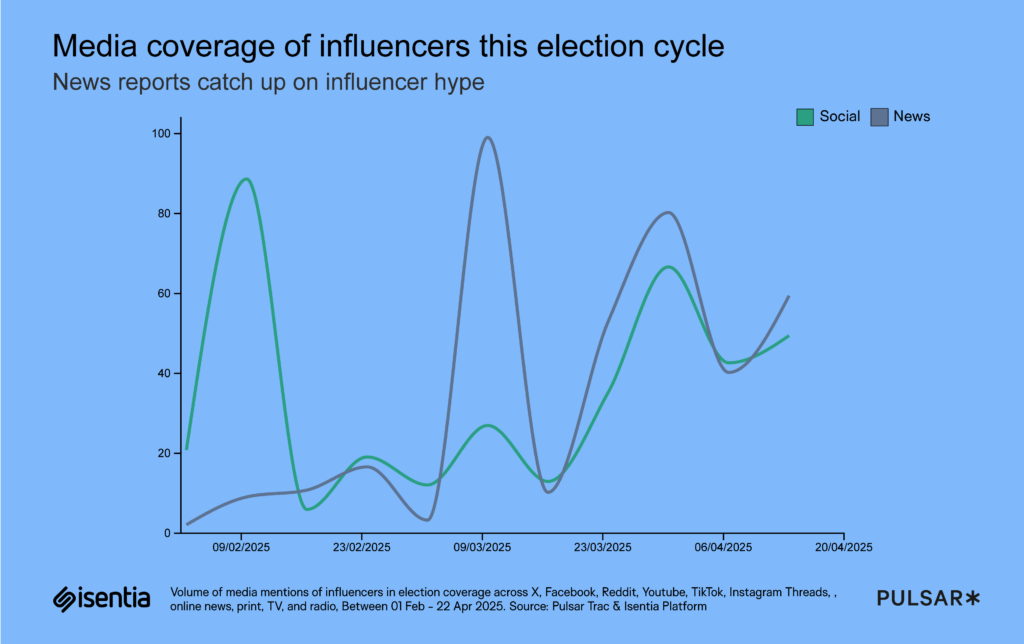
As the 2025 Australian federal election nears, influencer involvement has gained attention, with social media leading the charge while news coverage initially lagged. Prime Minister Anthony Albanese and Opposition Leader Peter Dutton are tapping influencers to connect with younger voters—Albanese engages with Abbie Chatfield’s audience through values-driven storytelling, while Dutton targets young men with Sam Fricker’s relatable podcasts. This reflects a broader shift from traditional media to platforms like TikTok and Instagram. Journalists are increasingly covering these influencer-driven moments, often focusing on the viral spread and political fallout. For instance, a viral February 13 video from an Israeli influencer accusing two NSW nurses of hateful comments dominated Australia’s news cycle, prompting swift political reactions. Coverage generally focuses on political responses, not the influencers themselves. This trend was also seen with Greens Leader Adam Bandt’s DJ event in Melbourne, where media noted his attempt to engage younger voters. The Australian Electoral Commission cleared Chatfield’s posts featuring Albanese and Bandt, highlighting the growing regulation of influencer political content. This focus towards viral moments over policy discussions raises questions about the impact on undecided voters and the evolving role of journalists in political engagement.
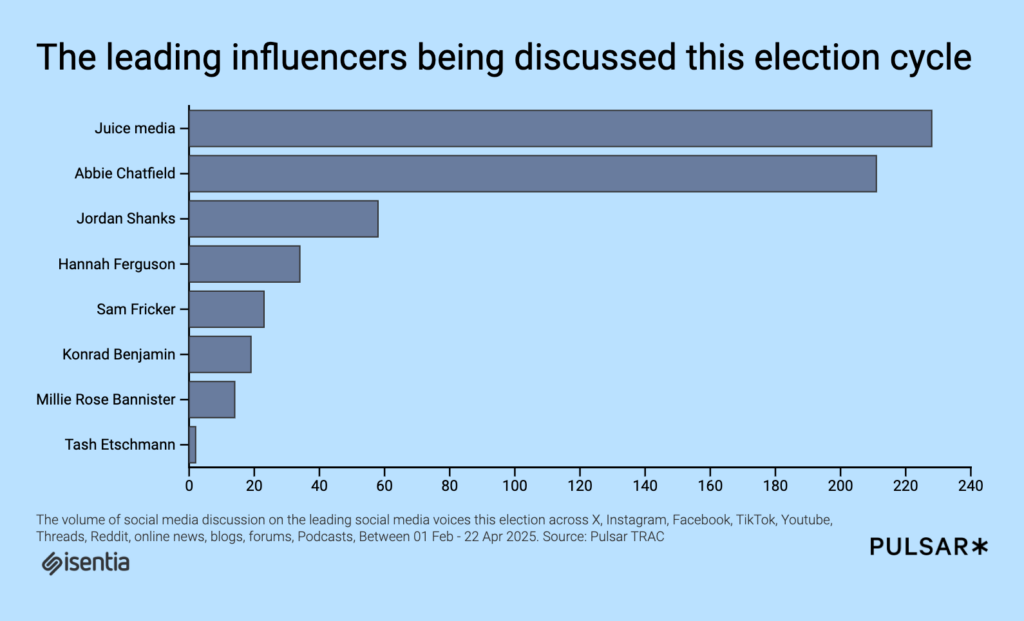
Influencers like Abbie Chatfield, The Juice Media, and Friendlyjordies are becoming central to the election rhetoric ahead of the 2025 Australian federal election. Chatfield, who faced scrutiny from the AEC, used her platform to rally support for the Greens, positioning herself against what she described as a Liberal media strategy to discredit influencers. Her posts, particularly defending her political involvement, have garnered strong support. In contrast, some critics dismiss her political role, questioning her credibility. The Juice Media, known for its sarcastic takes on government policy, continues to challenge political narratives with irreverent content, resonating with younger, disillusioned voters. However, their approach also faces backlash from those who see it as too cynical or divisive. Similarly, Friendlyjordies critiques both major parties, particularly Labor’s stance on progressive issues, while encouraging followers to unite against corporate greed. His platform sparks heated debates, igniting both support and criticism.
Overall, these influencers are becoming polarising figures, amplifying political engagement while intensifying the ideological divide on social media, ultimately shaping the growing influence of social media figures in the election discourse.
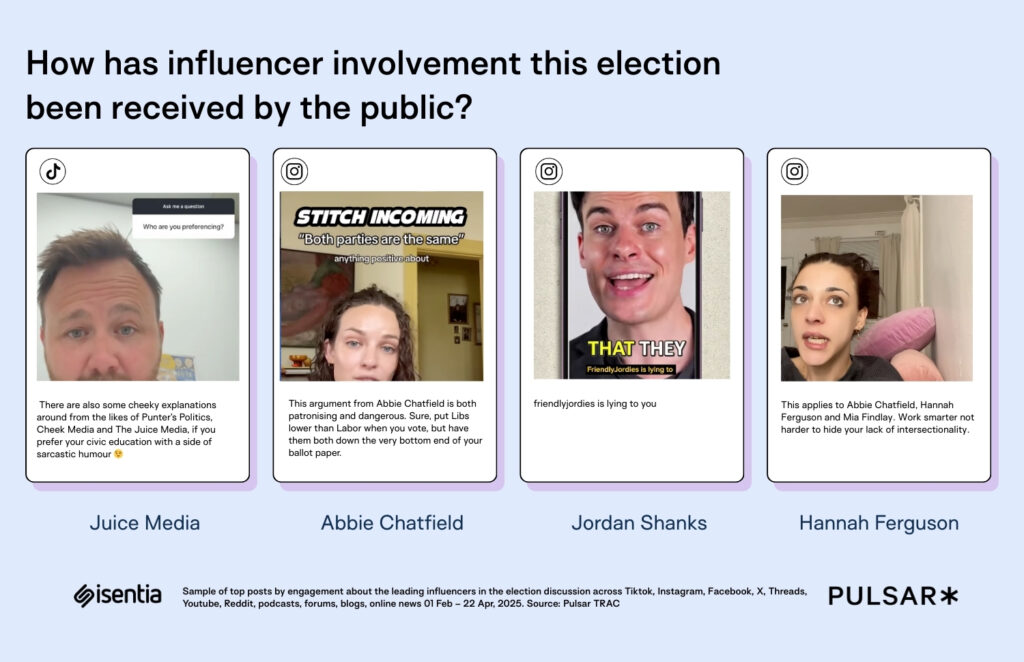
Chatfield, a vocal supporter of progressive causes like Palestinian liberation and women’s rights, has gained a strong following but faces criticism for oversimplifying political issues and for her perceived naivety, especially regarding preferential voting. Ferguson, who critiques colonialism and supports Palestinian liberation, is praised by supporters but criticised for lacking depth in her activism, with some accusing her of ignoring intersectionality. Friendlyjordies, known for satirical commentary, is admired for calling out political corruption, but his critics accuse him of bias towards Labor and oversimplifying complex issues. The Juice Media, using sarcasm to critique government policies, resonates with disillusioned young voters but alienates others who find their approach too cynical. These influencers contribute to a growing divide in Australian politics, mobilising progressive movements while deepening ideological rifts, as their content both challenges traditional politics and fuels polarisation.
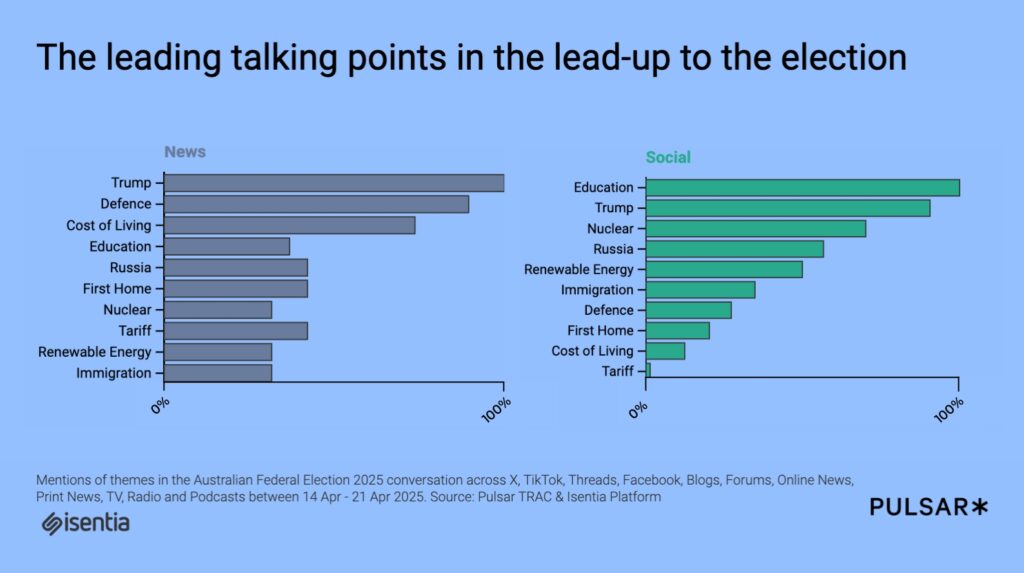
Key issues like defence, the cost of living, and education are dominating political discourse and social media conversations. Global events, including Trump’s influence on international relations and trade, have sparked strong reactions, with Albanese facing backlash over Australia’s stance on Gaza and its defence ties with Israel. Meanwhile, Dutton’s comments on Ambassador Kevin Rudd and allegations of election interference have stirred tensions. On social media, debates over defence—highlighted by Indonesia’s denial of Russia’s military presence near Darwin—and cost of living concerns are intensifying. Education remains a key point of contrast, with Albanese’s Free TAFE policy gaining support while Dutton faces criticism for prioritising fossil fuel subsidies. Influencers are driving much of this engagement, but their role in amplifying already polarised narratives raises questions about whether they are truly reflecting voters’ concerns or deepening divides as the election approaches.
These conversations play out against a landscape in which social and news media have different – but overlapping – priorities. They’re driving debates on everything from education and nuclear energy to Trump-style politics and renewable energy. With the 2025 federal election on the horizon, stories sparked by creators — whether through critique, leaks, or commentary — are becoming part of the political media mix. It’s a shift that’s unfolding in real time, and one that’s reshaping how narratives break, spread, and gain momentum. But as these voices grow louder, one thing is clear: Are they truly amplifying the concerns of everyday Australians, or are they pushing further divides in a landscape already ripe with fragmentation?
Discover more of our political news services
The post The rise of influencers in the 2025 Australian federal election landscape appeared first on Isentia.


















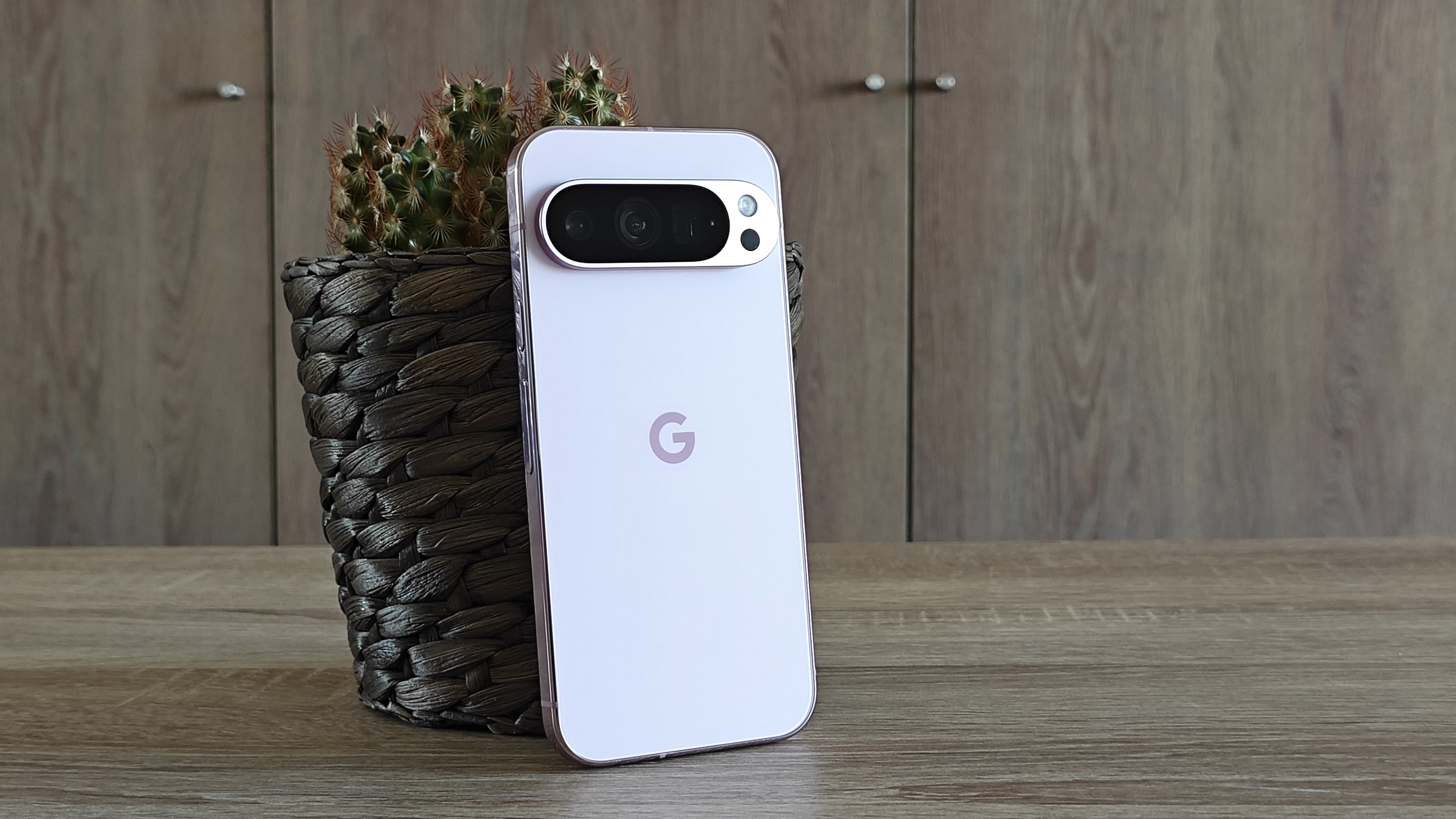


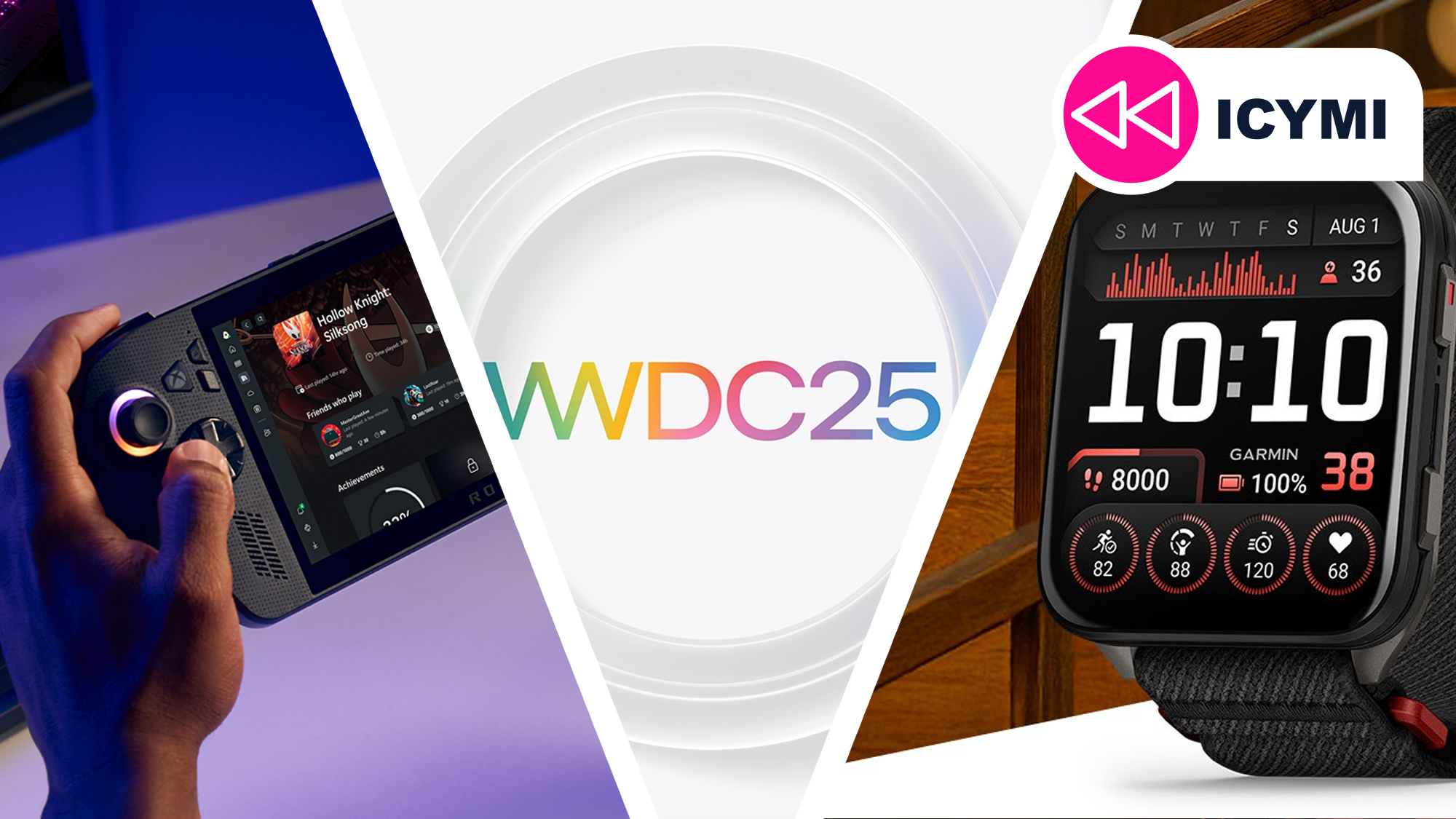




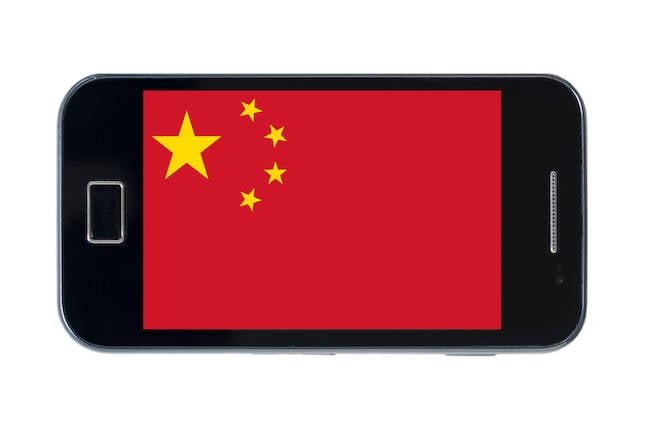
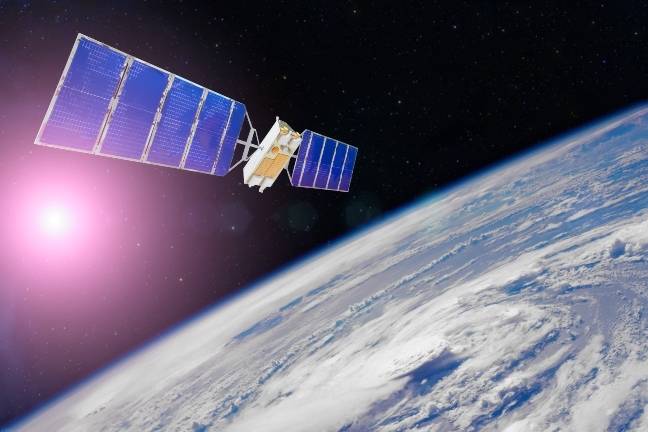






































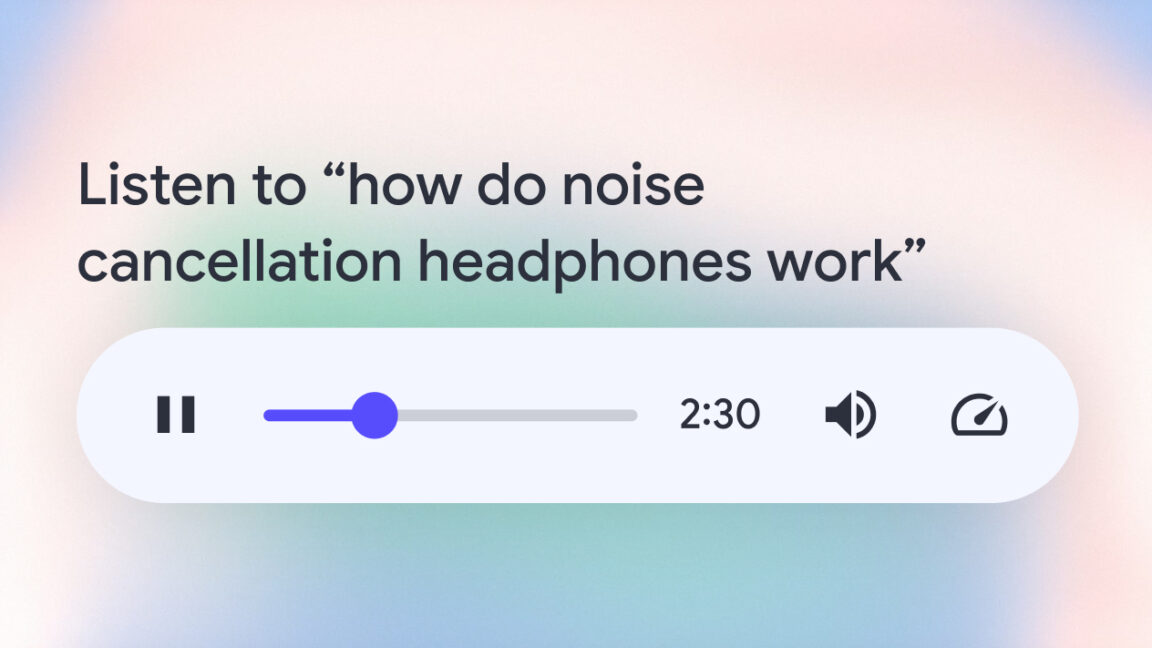
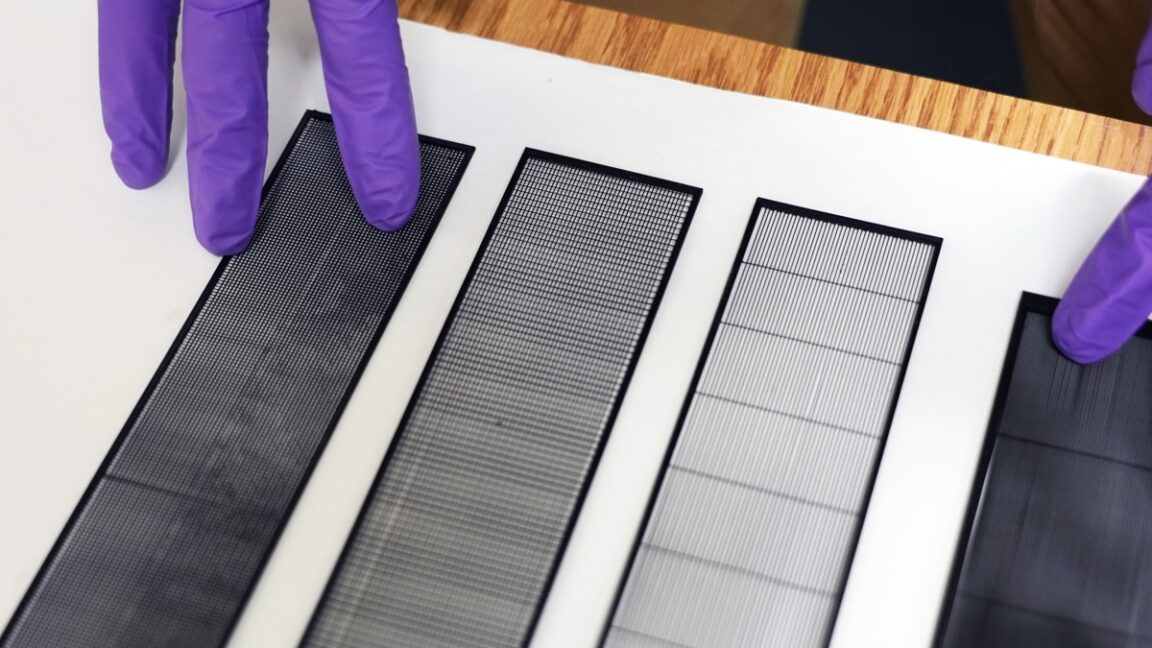
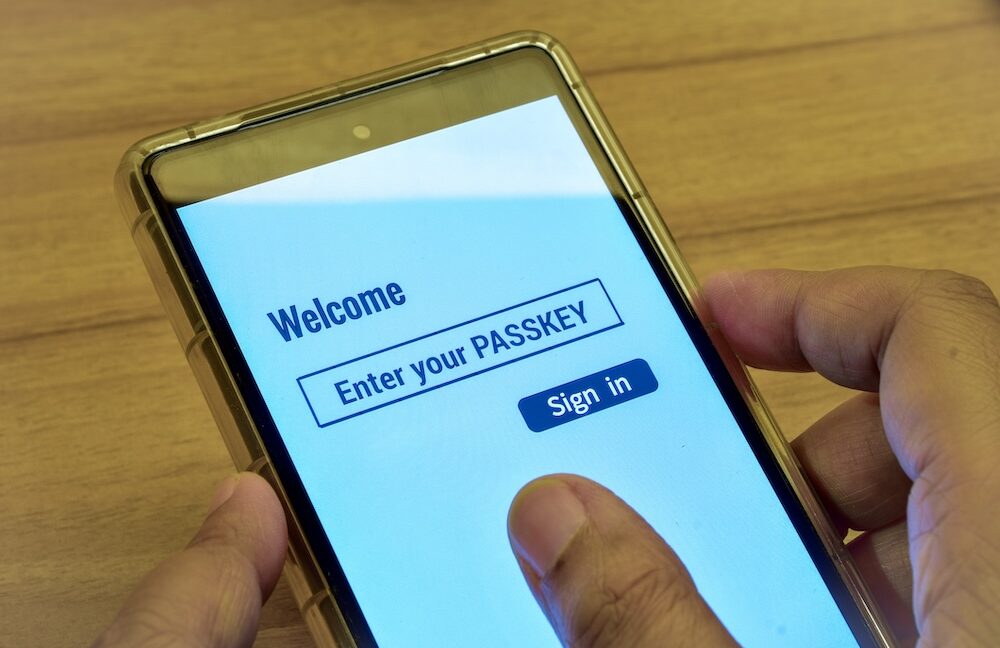










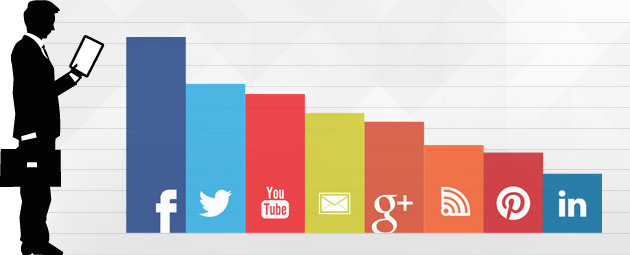














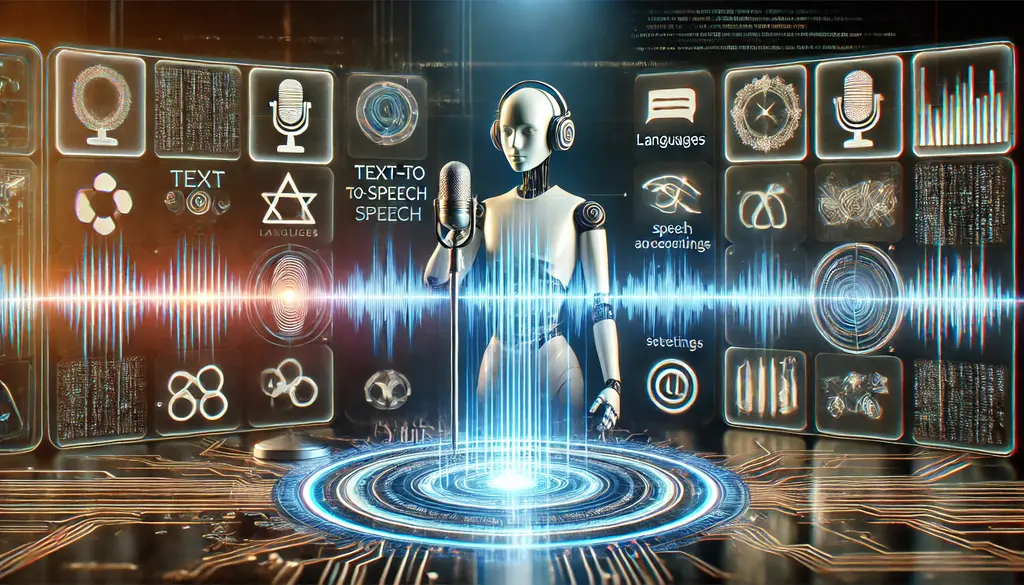
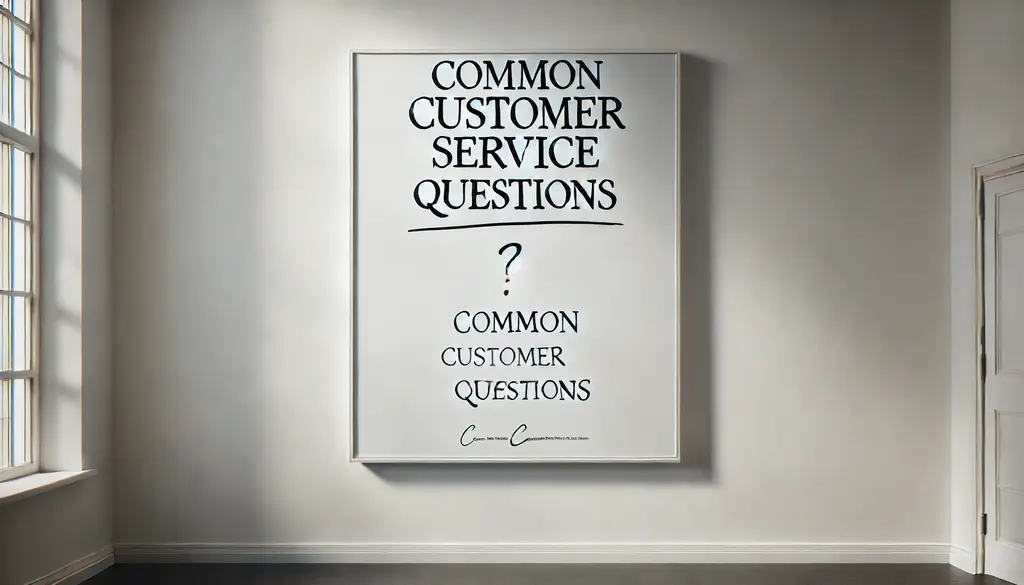
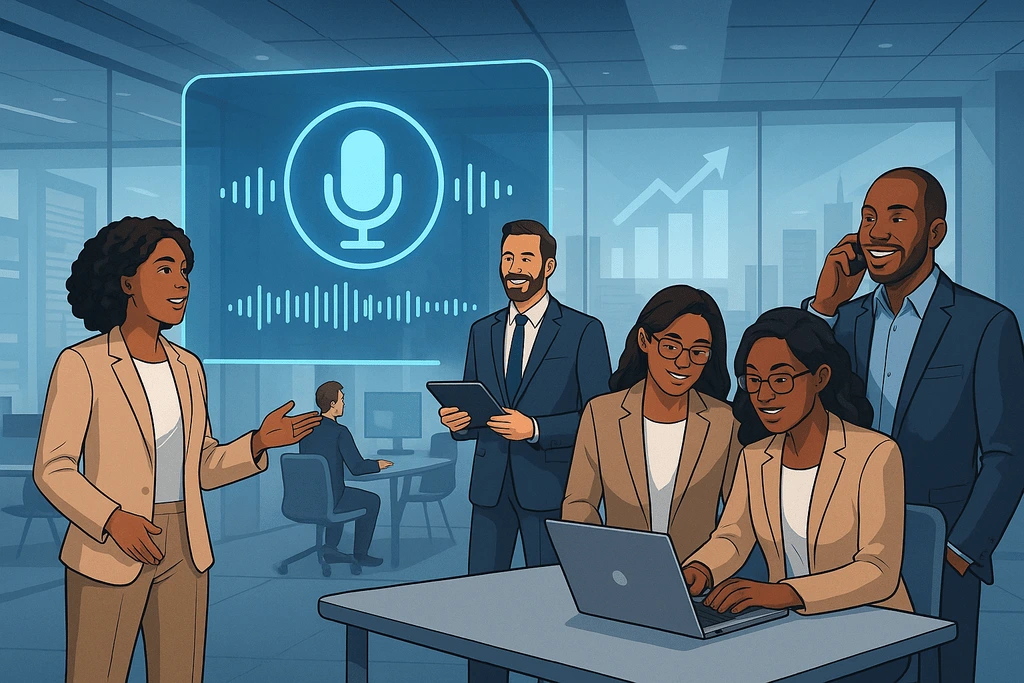







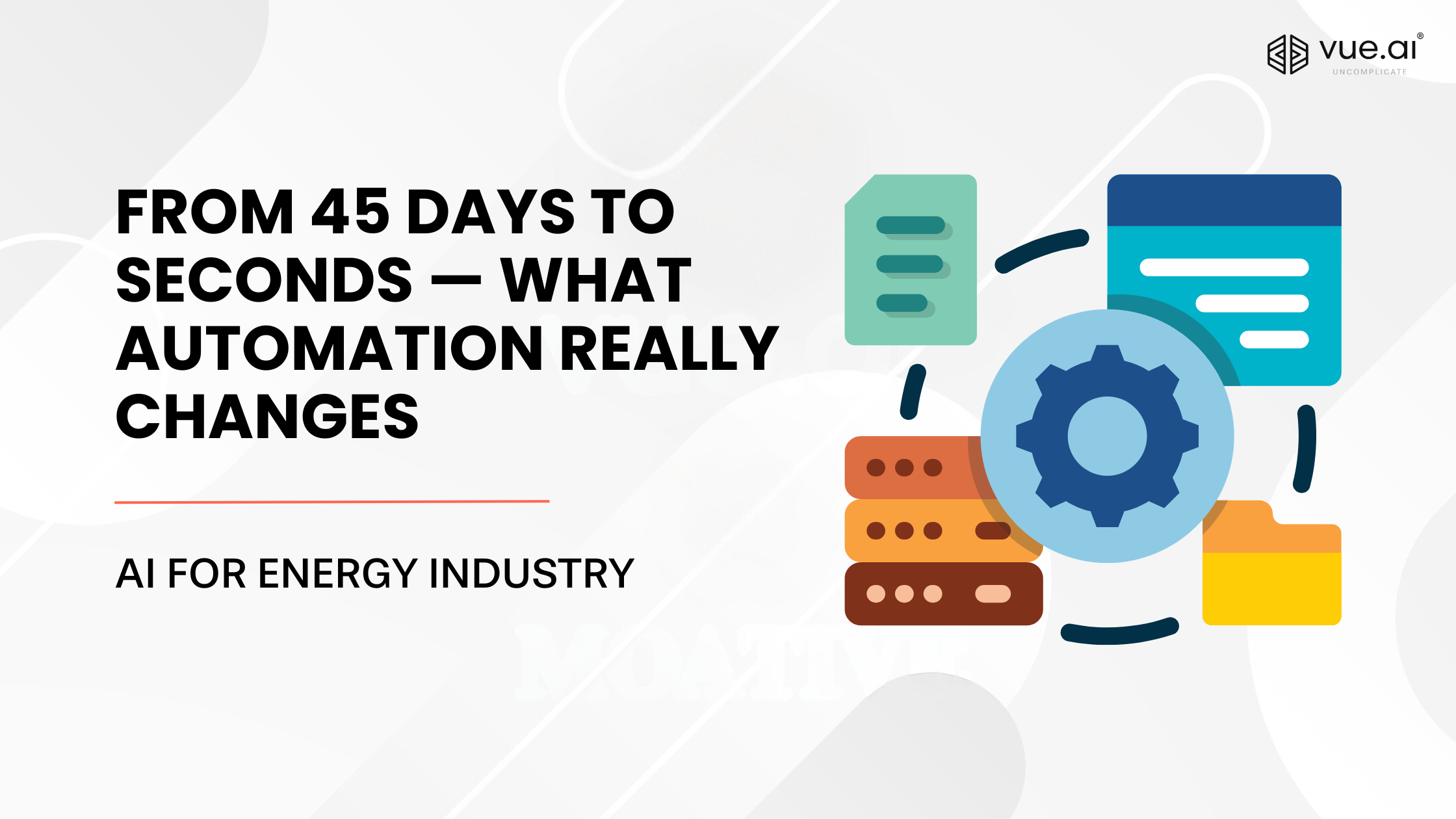









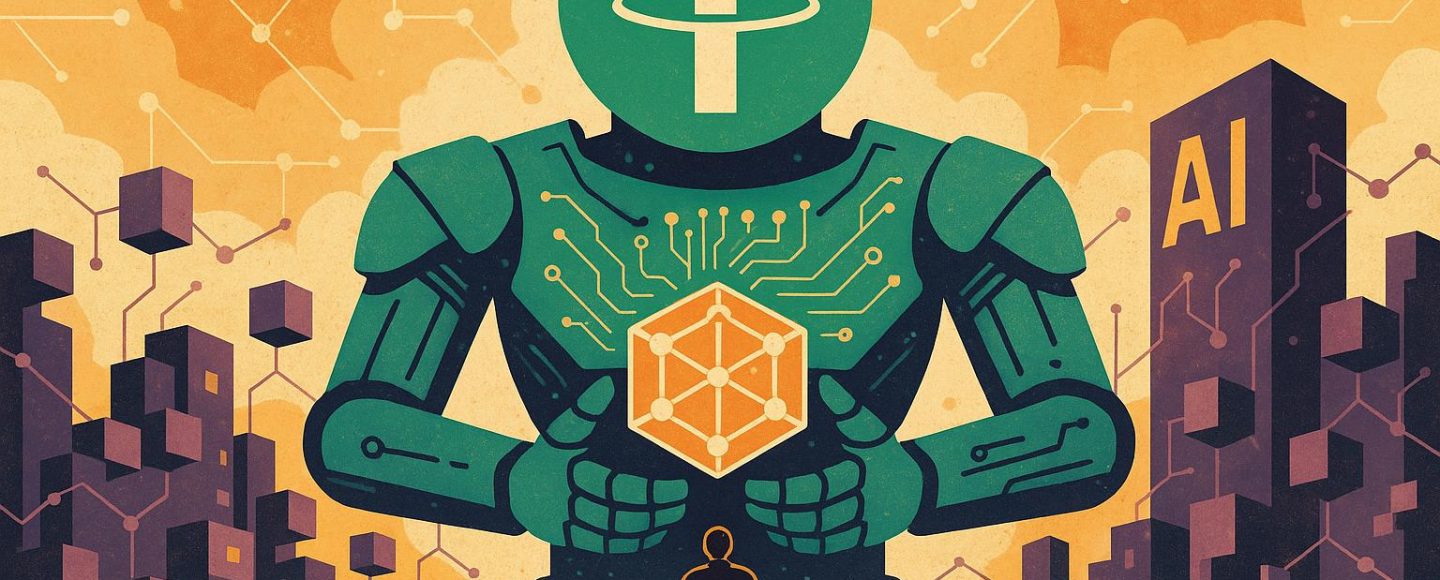
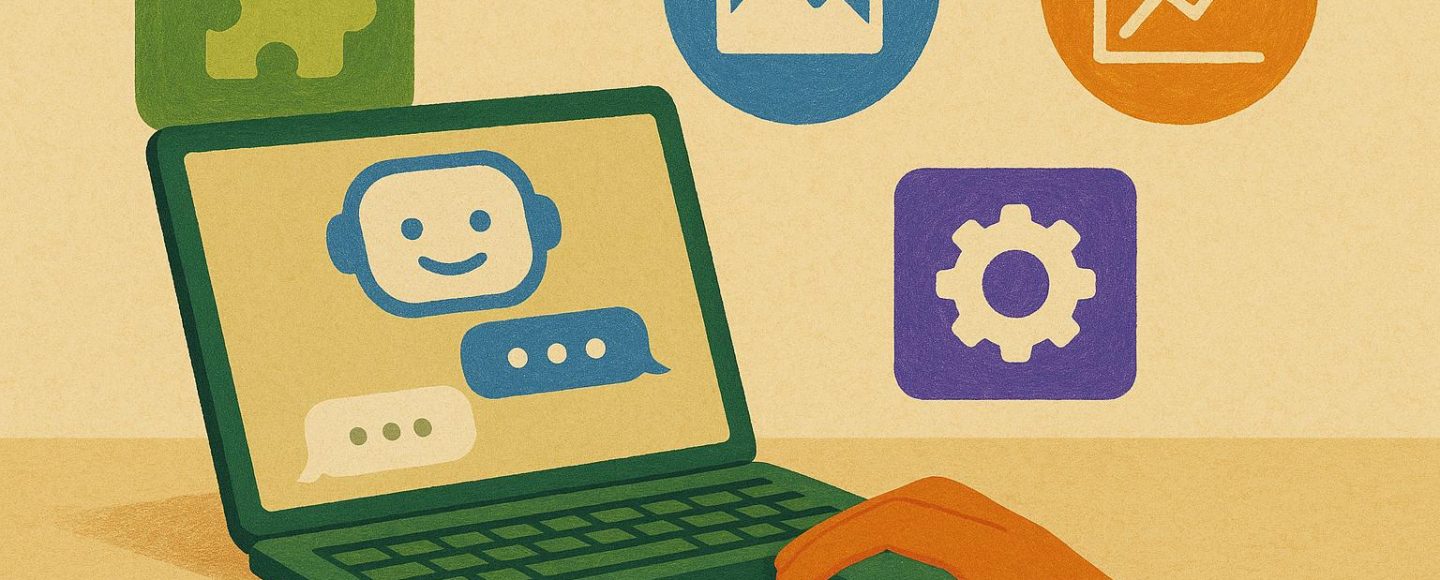

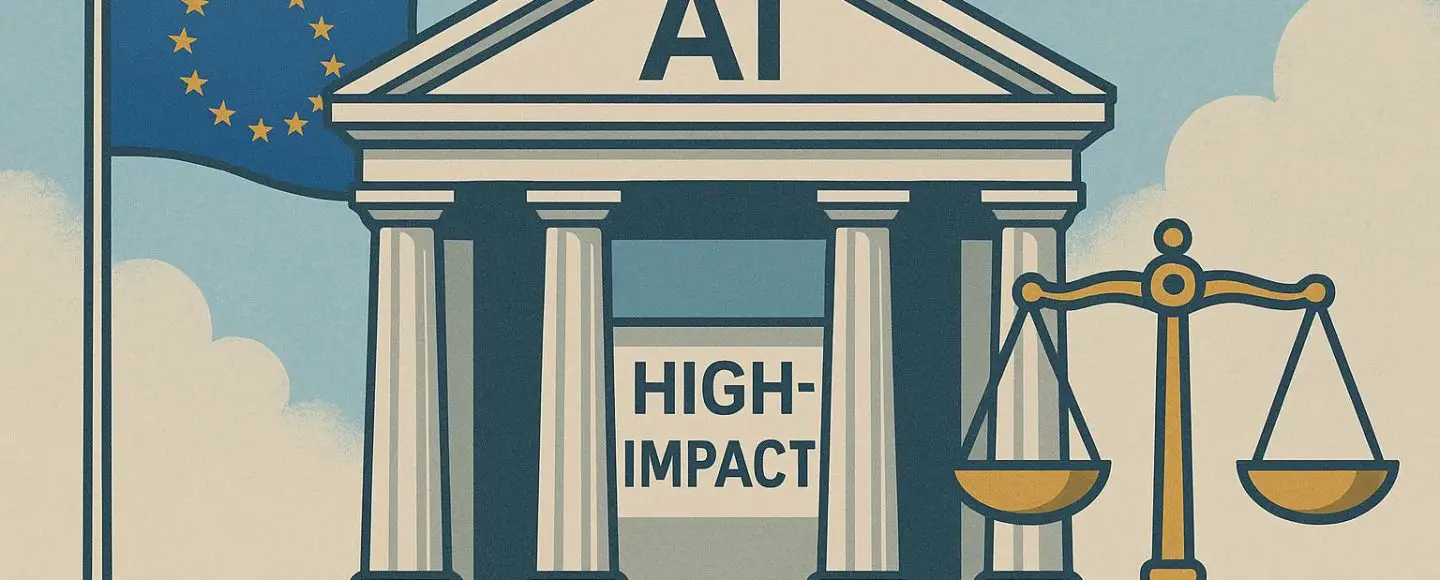
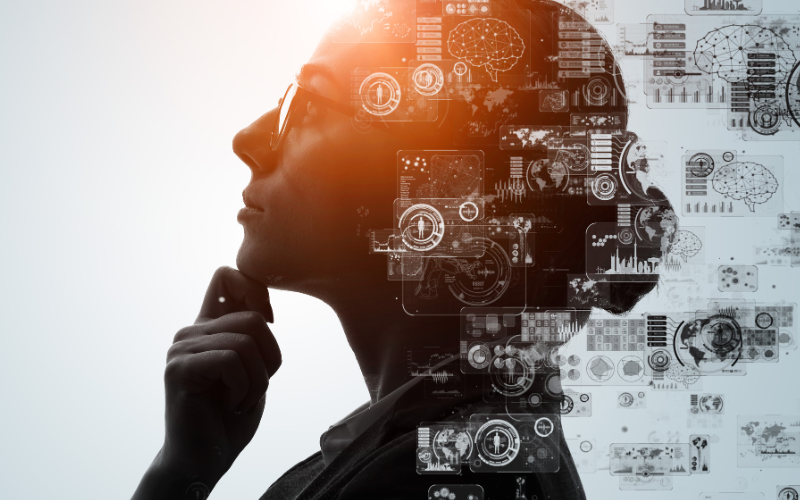
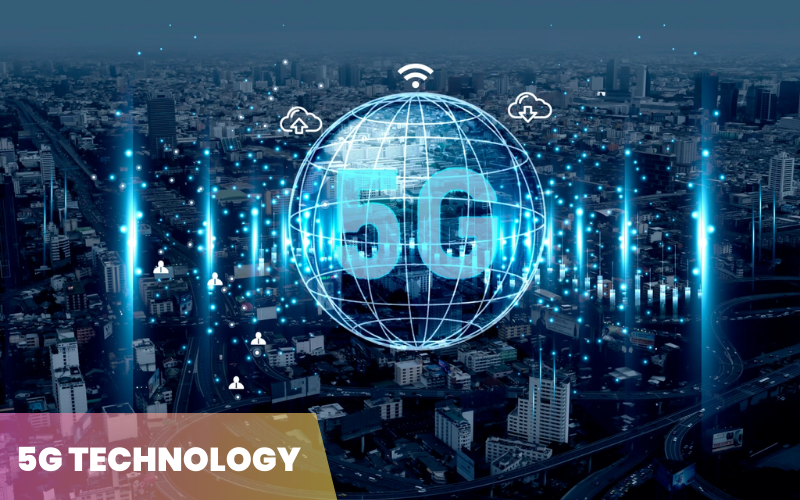
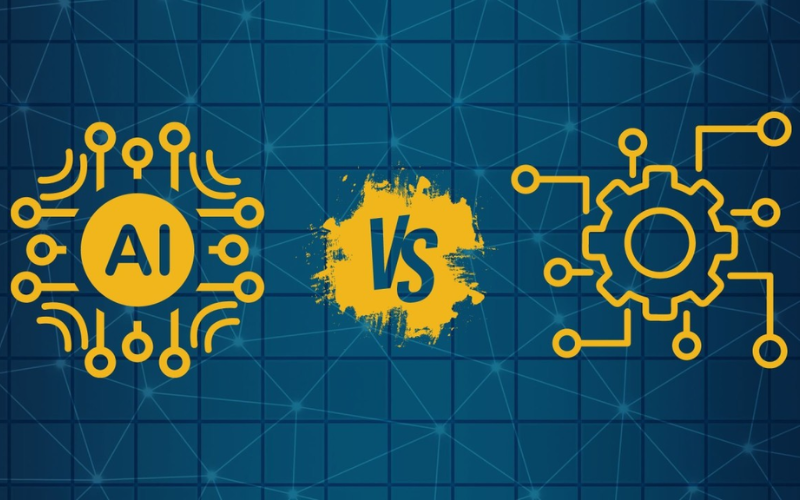





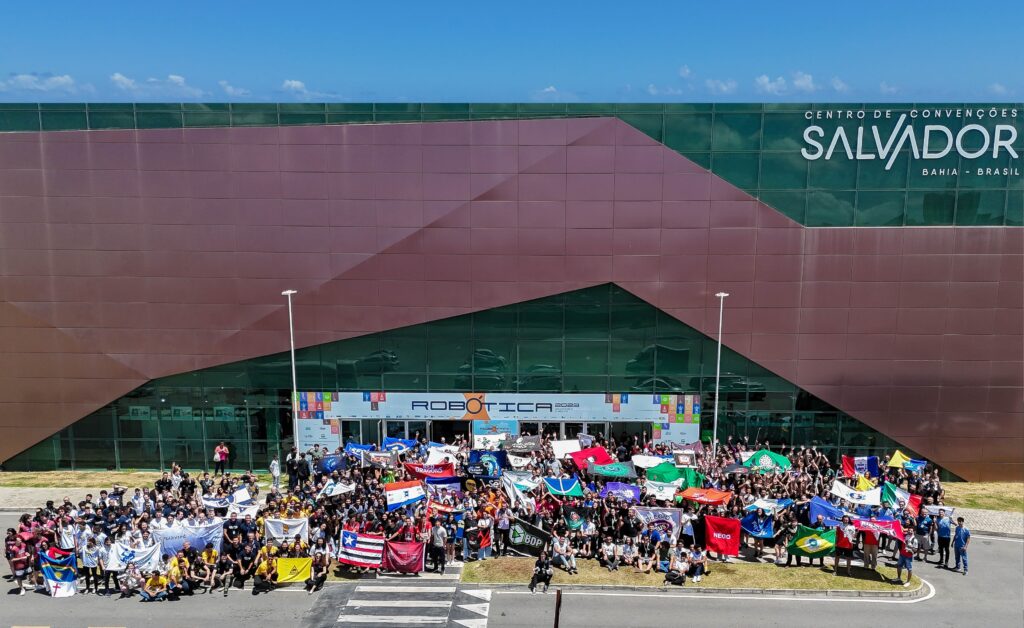
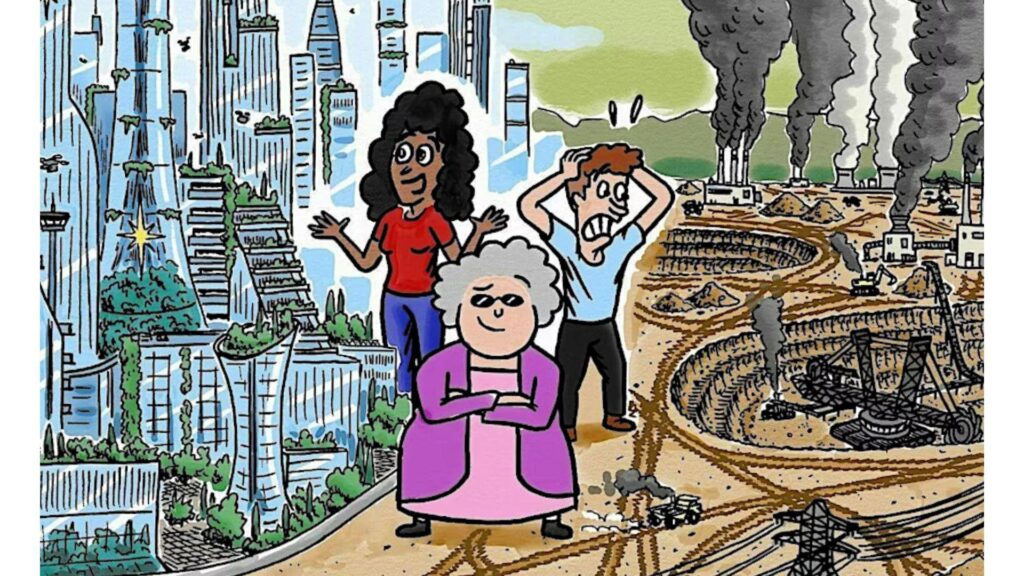






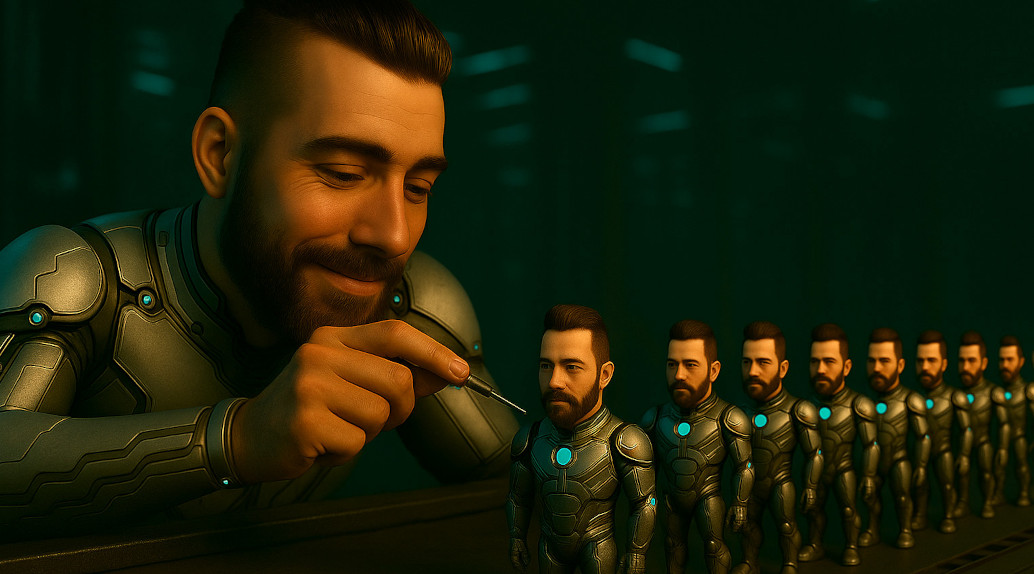
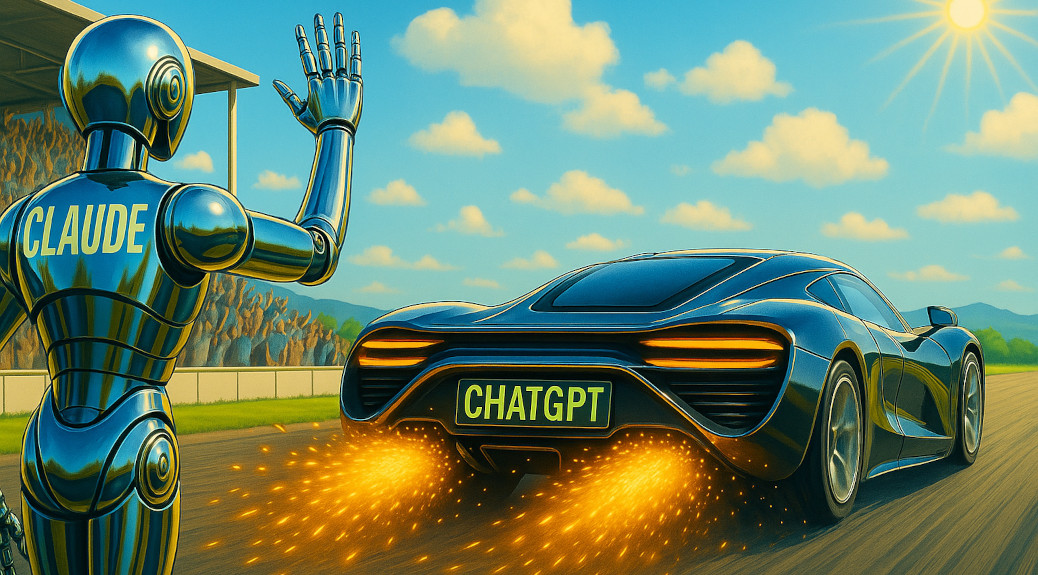


















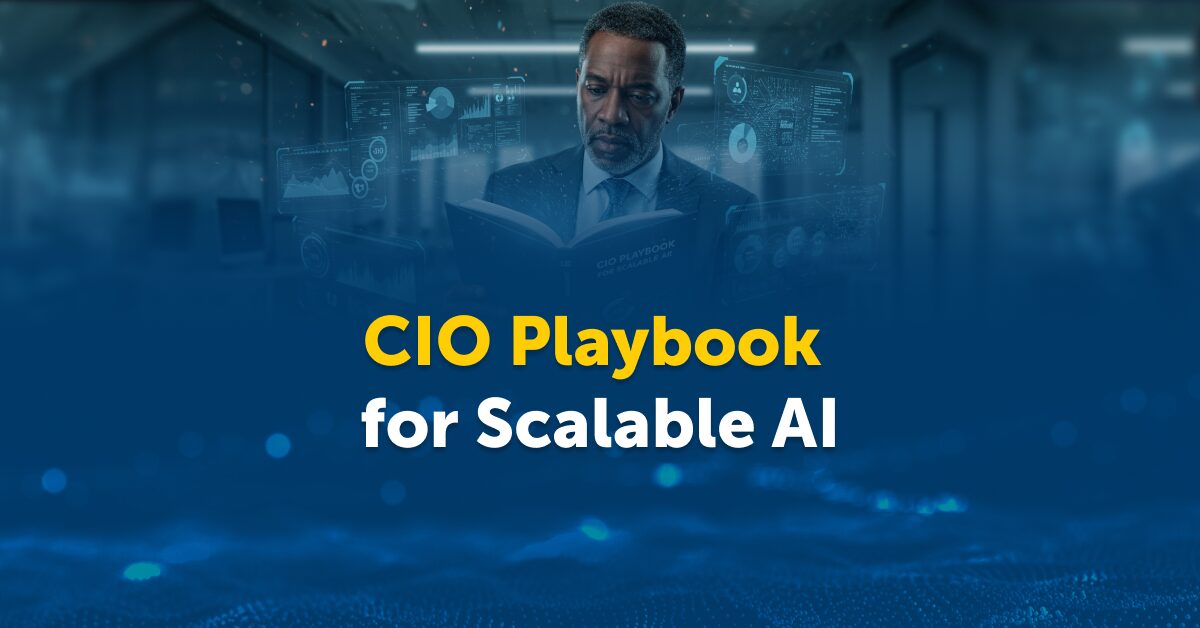





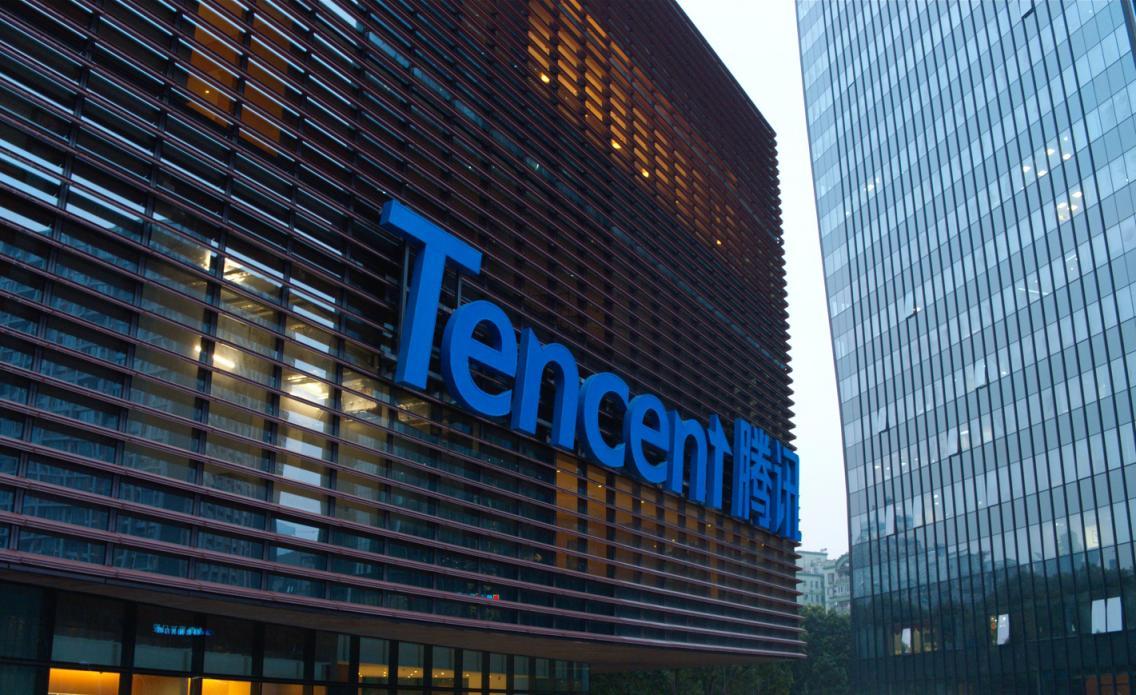
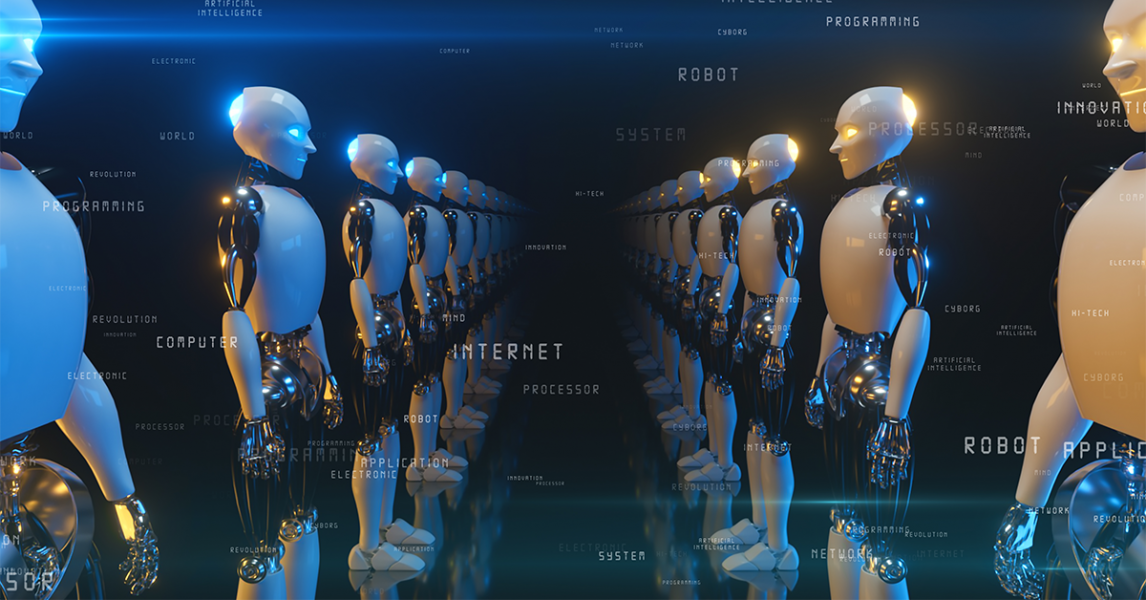







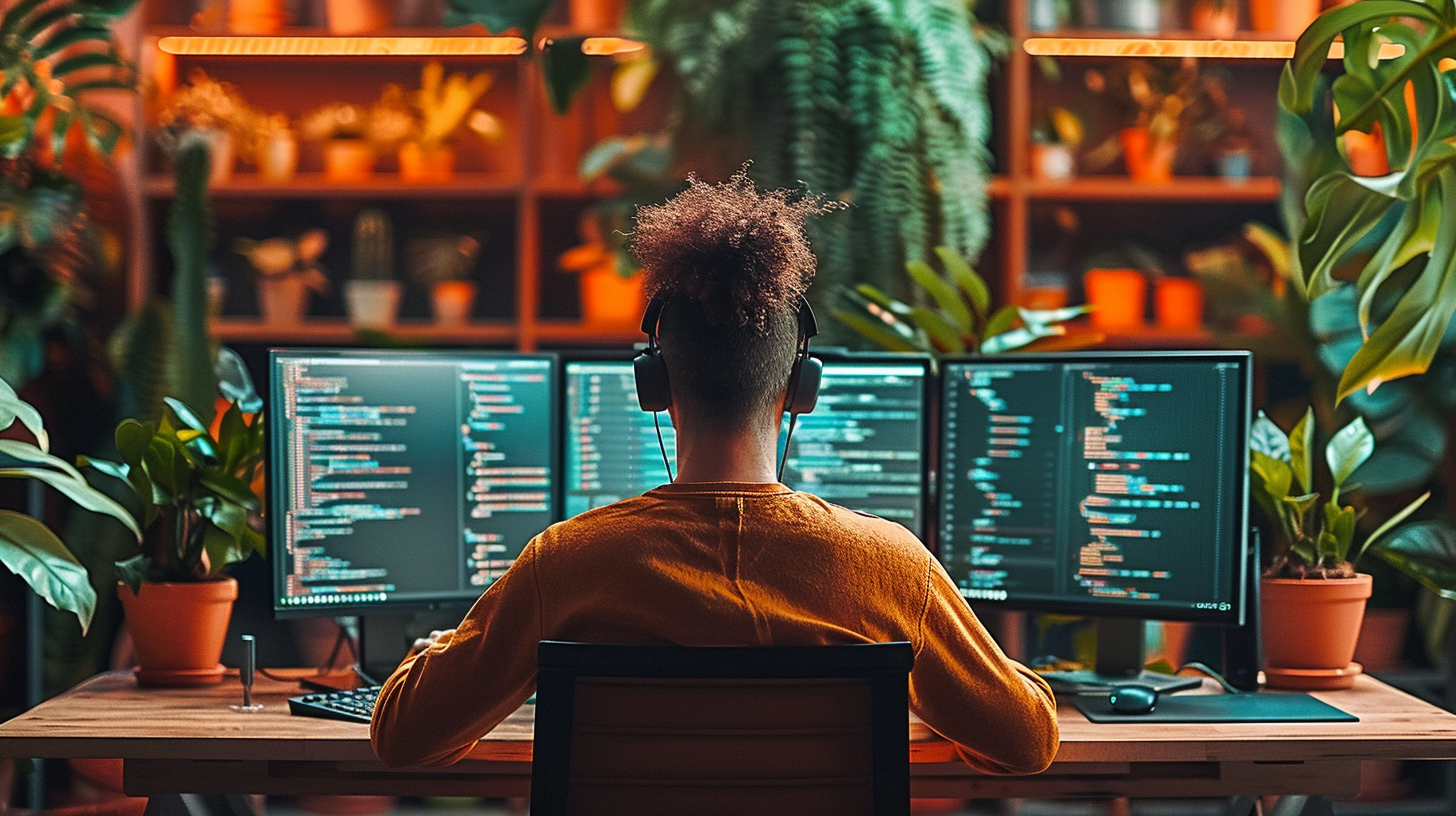

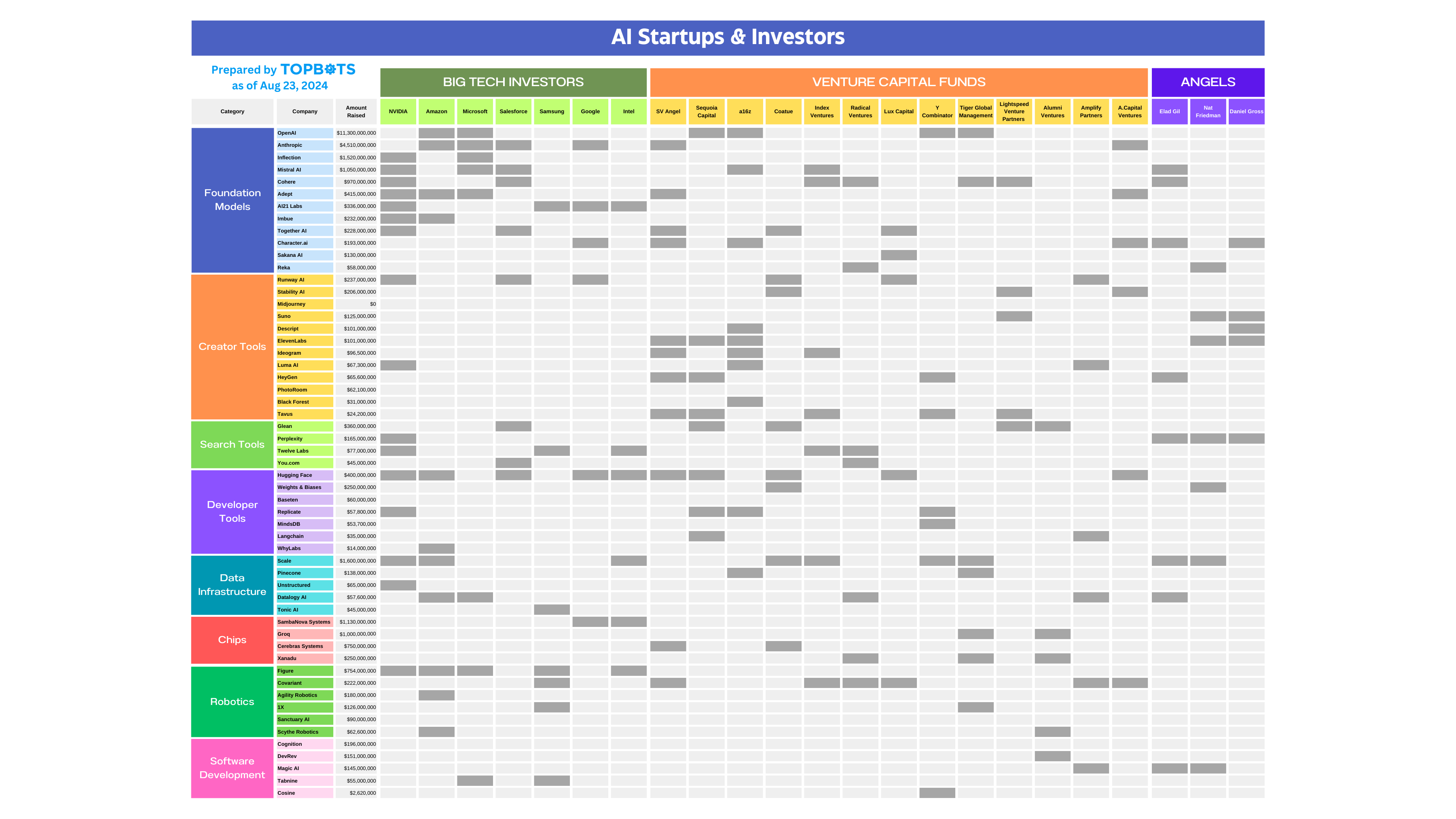

![[The AI Show Episode 152]: ChatGPT Connectors, AI-Human Relationships, New AI Job Data, OpenAI Court-Ordered to Keep ChatGPT Logs & WPP’s Large Marketing Model](https://www.marketingaiinstitute.com/hubfs/ep%20152%20cover.png)

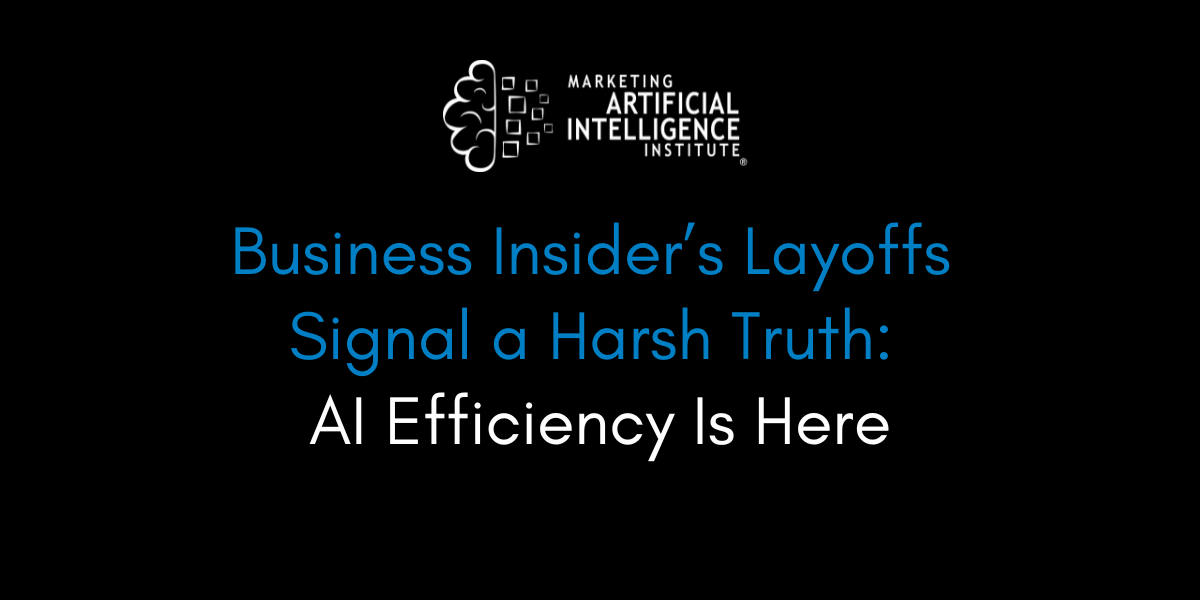






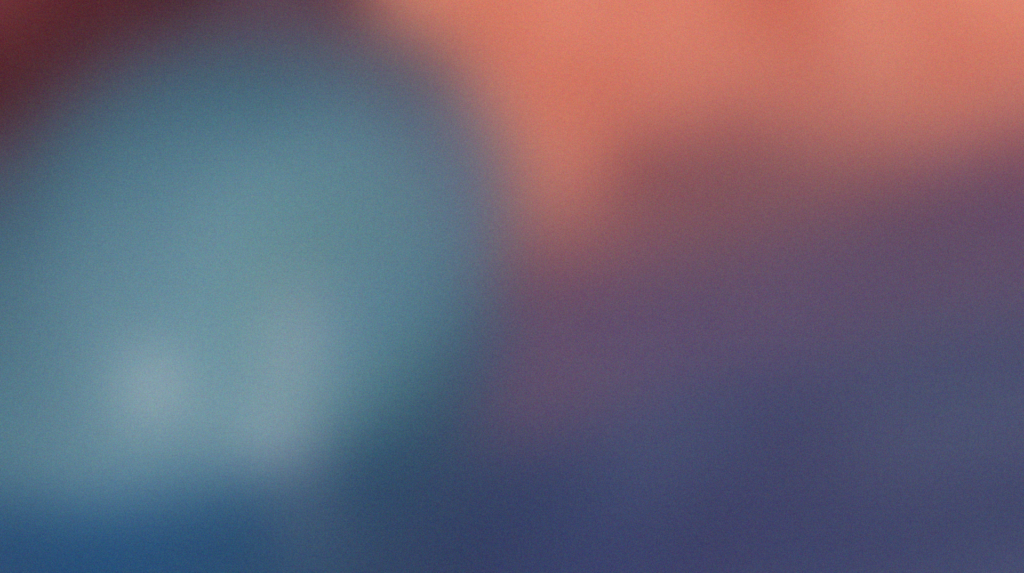

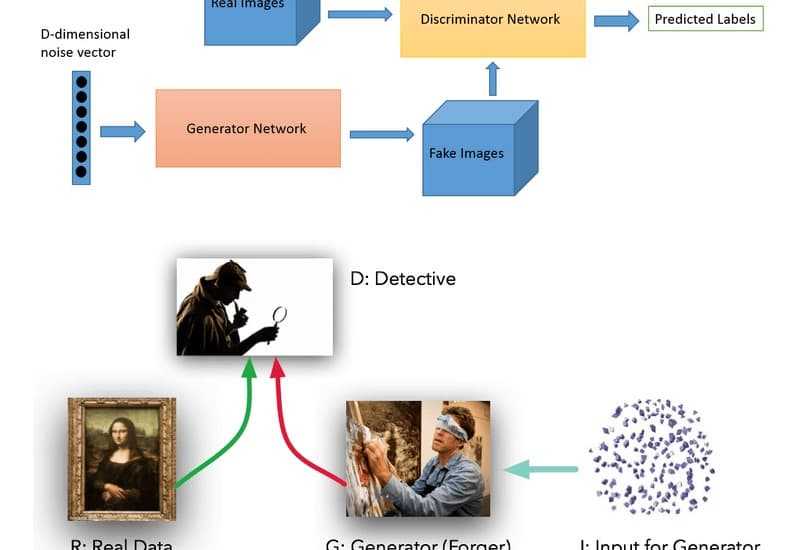
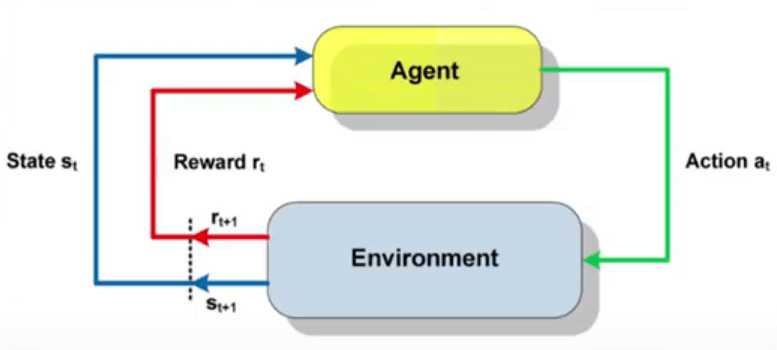


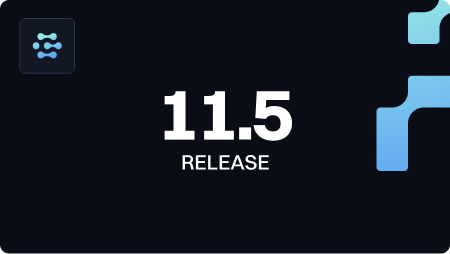

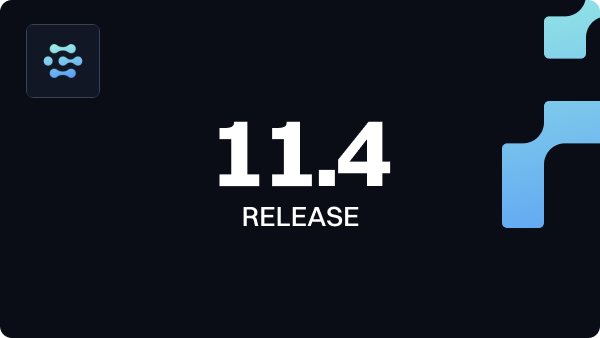














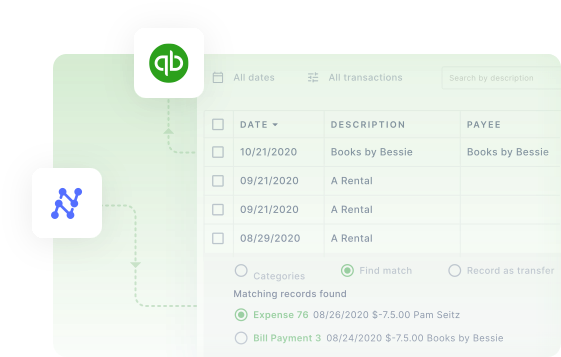

























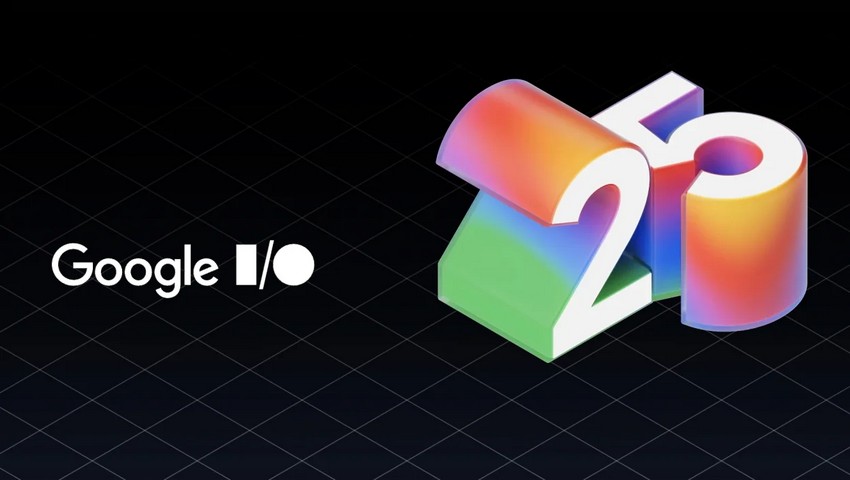










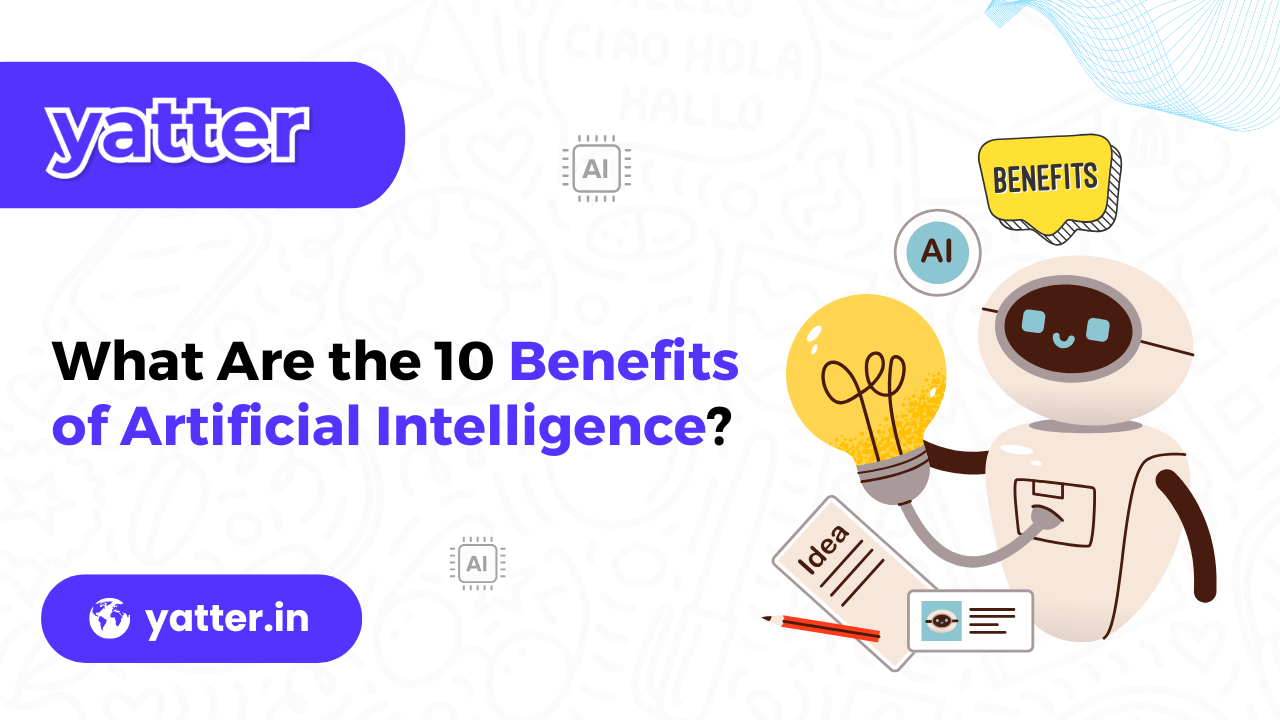




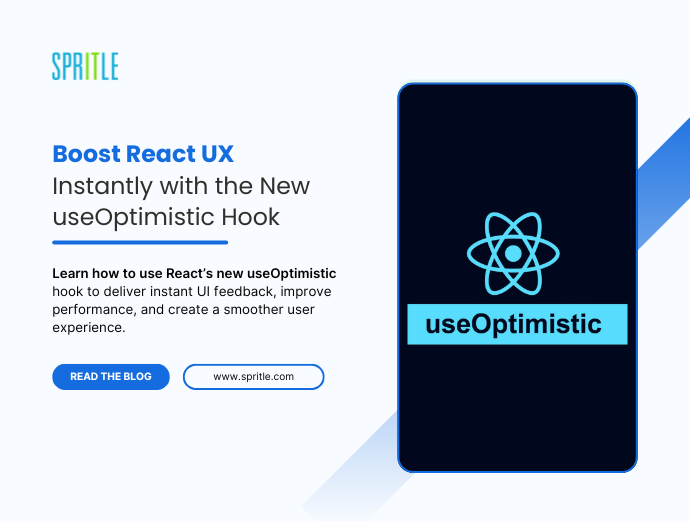
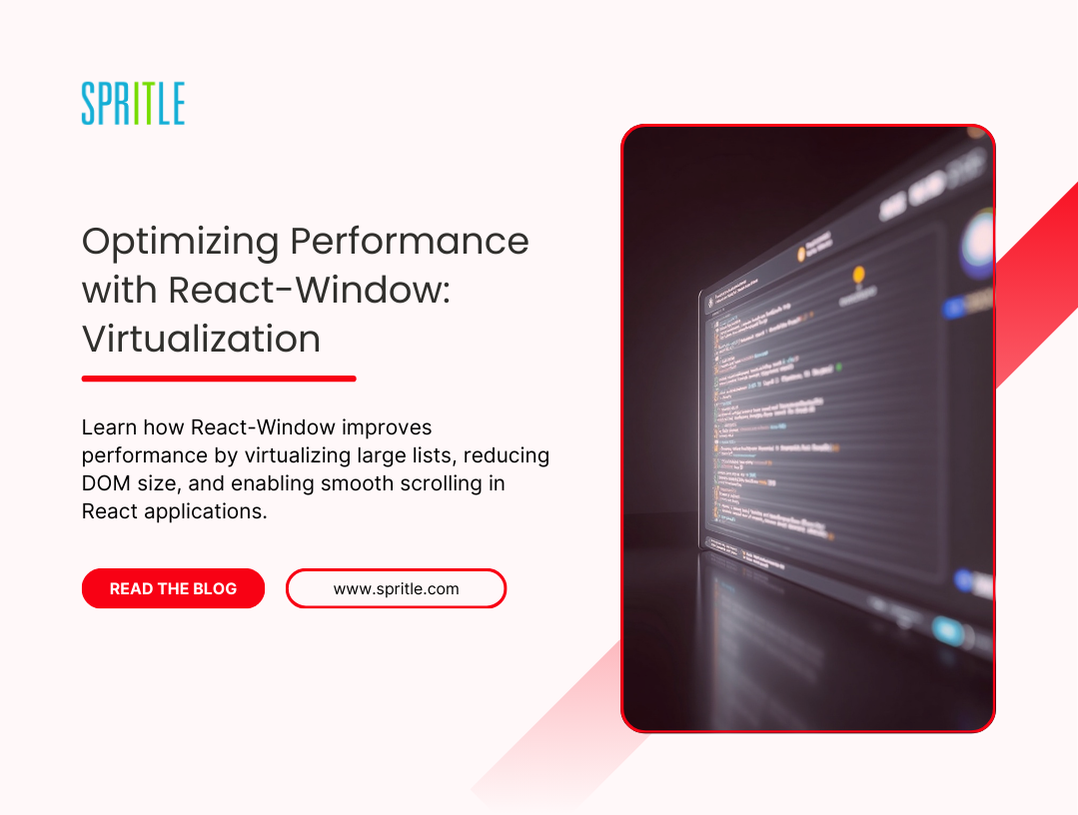

































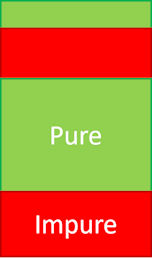


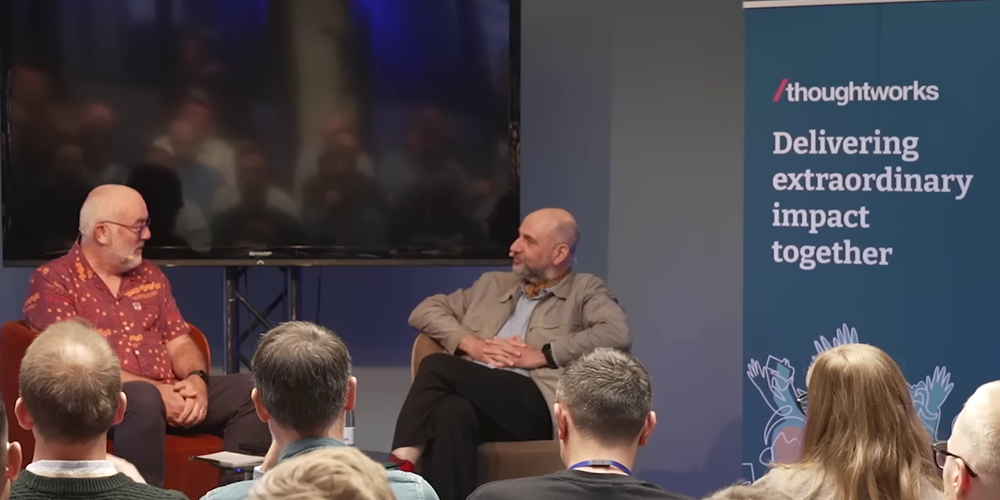


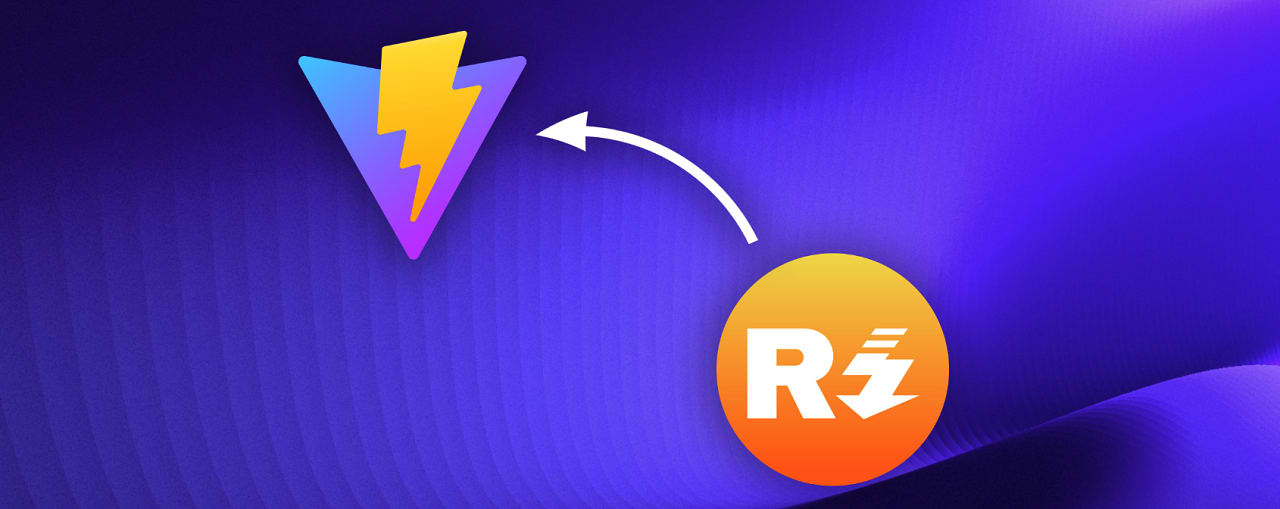

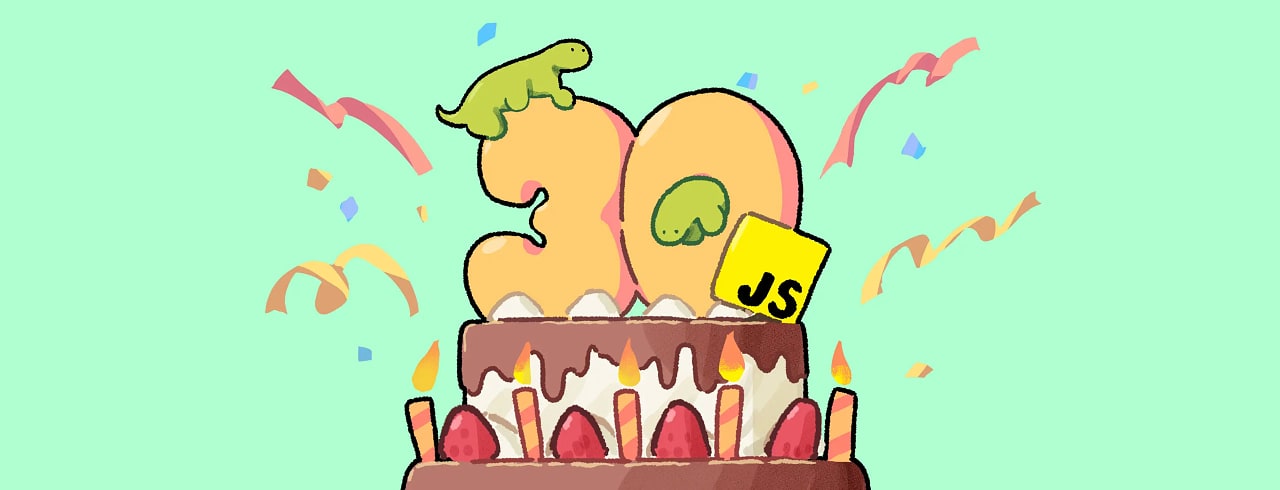
![[DEALS] Internxt Cloud Storage Lifetime Subscription: 10TB Plan (87% off) & Other Deals Up To 98% Off – Offers End Soon!](https://www.javacodegeeks.com/wp-content/uploads/2012/12/jcg-logo.jpg)




















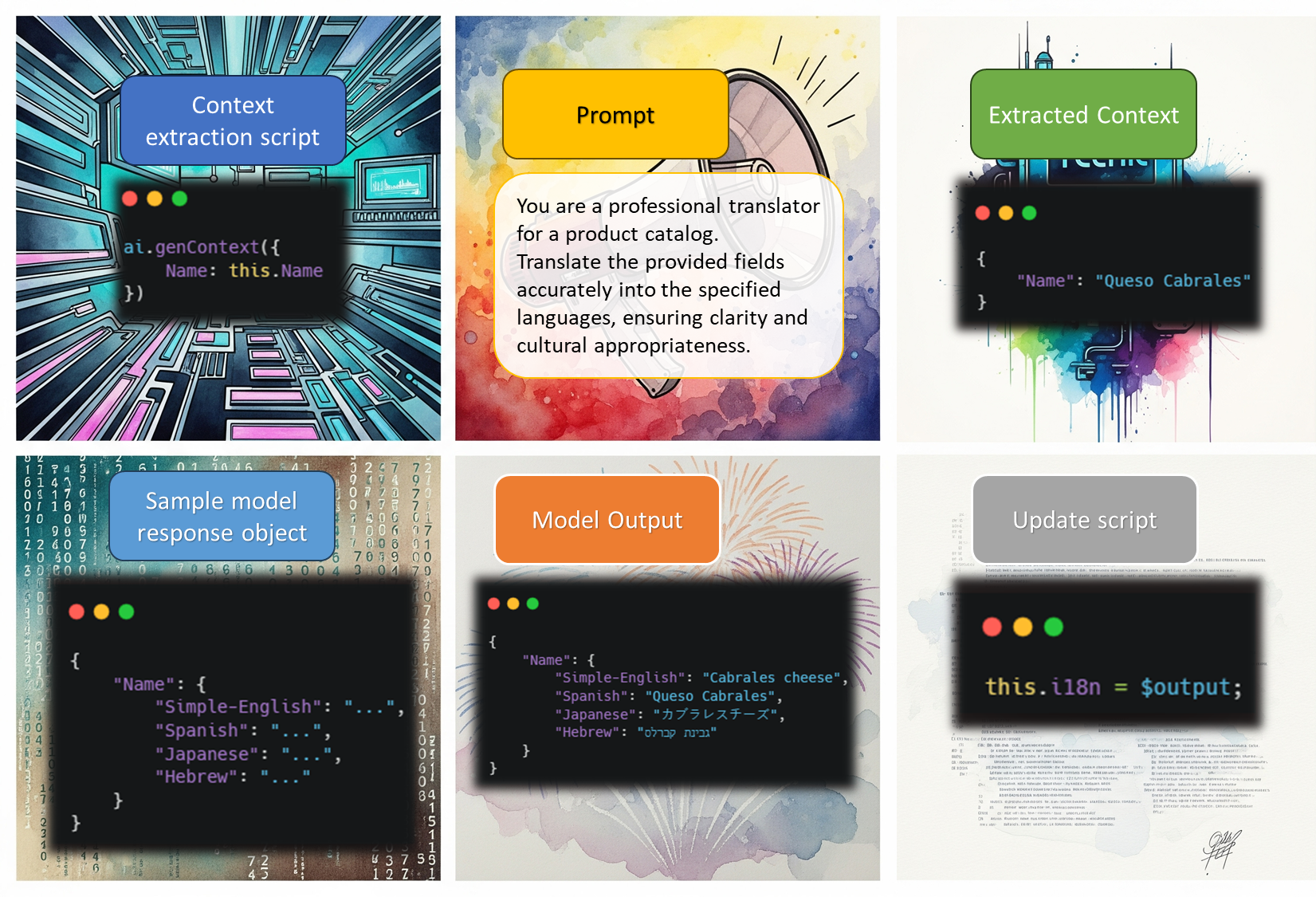
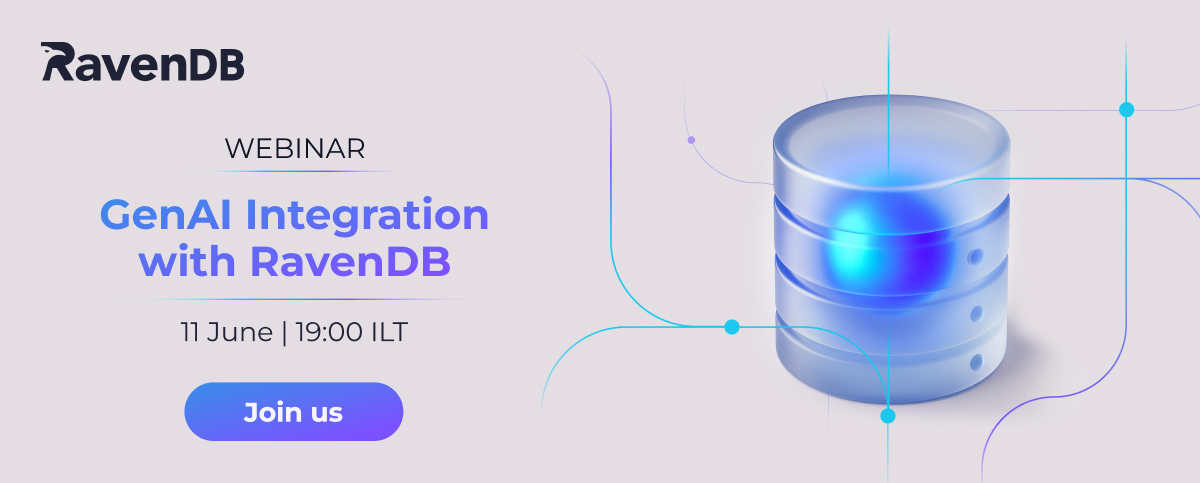




![Designing a Robust Modular Hardware-Oriented Application in C++ [closed]](https://i.sstatic.net/f2sQd76t.webp)

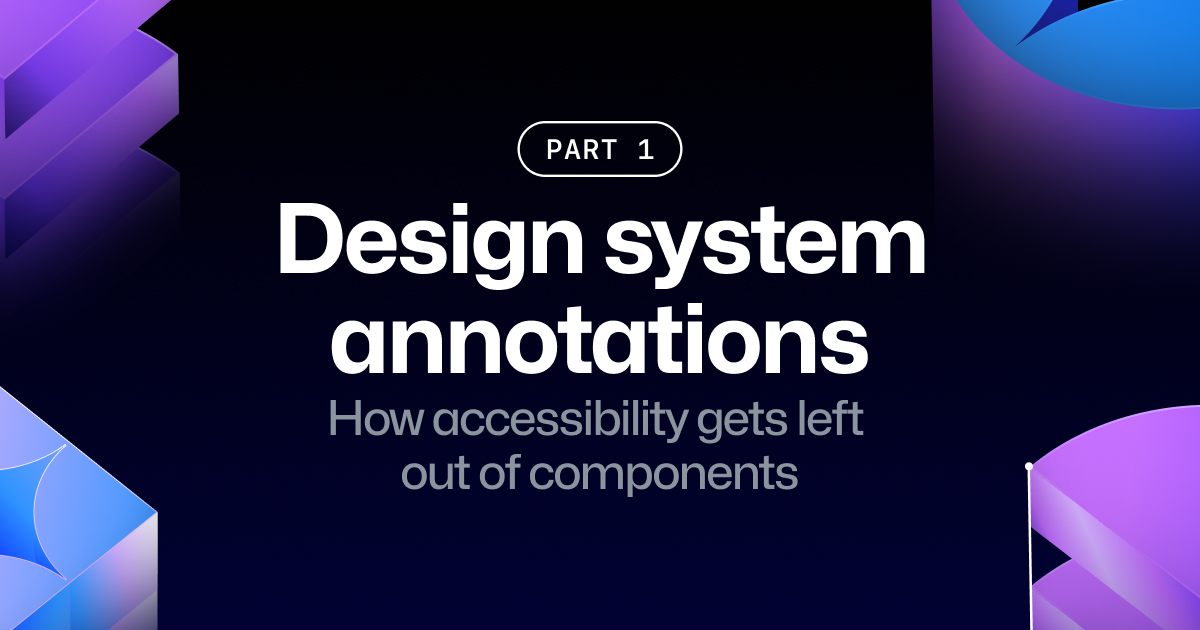














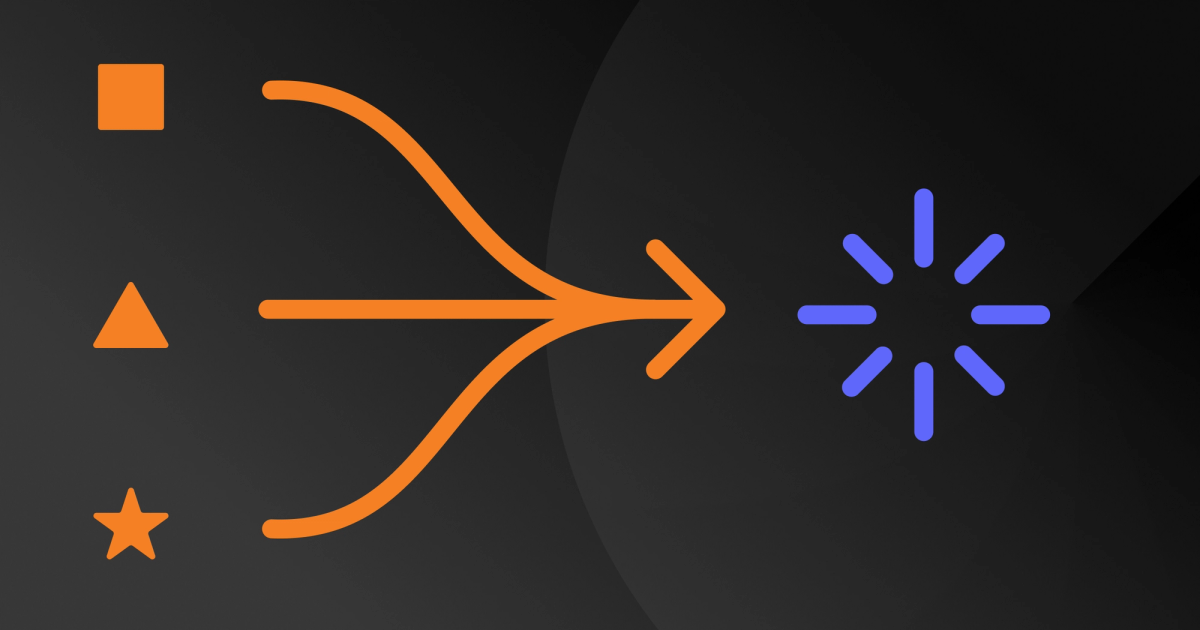




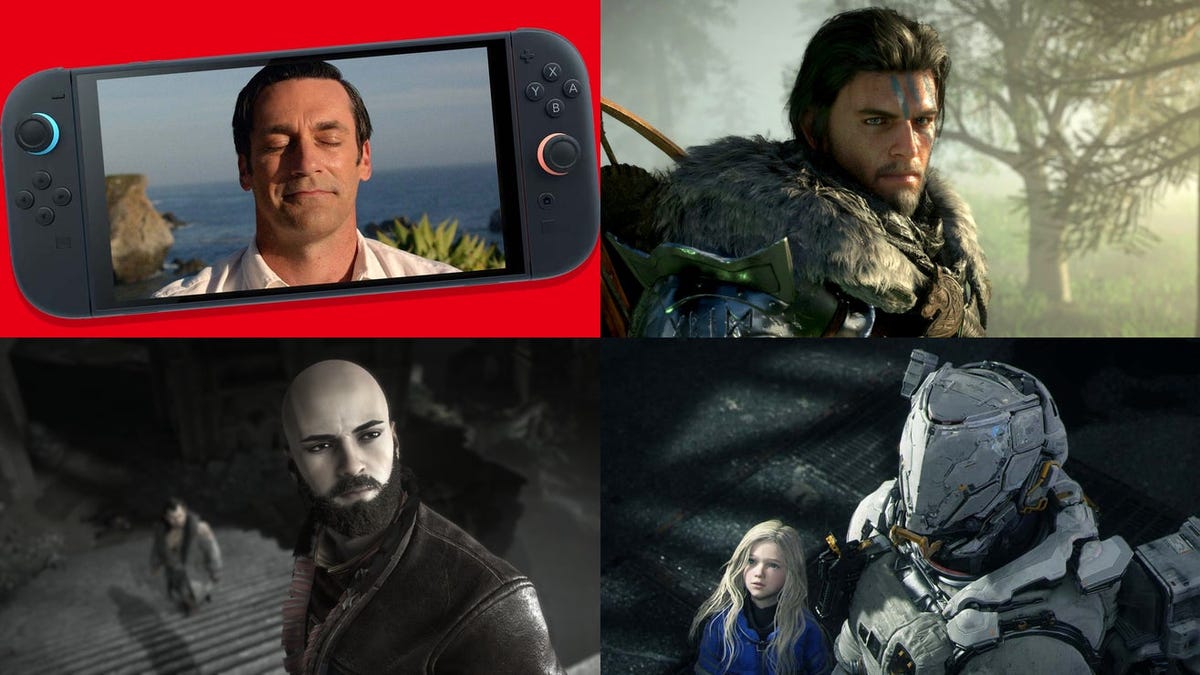
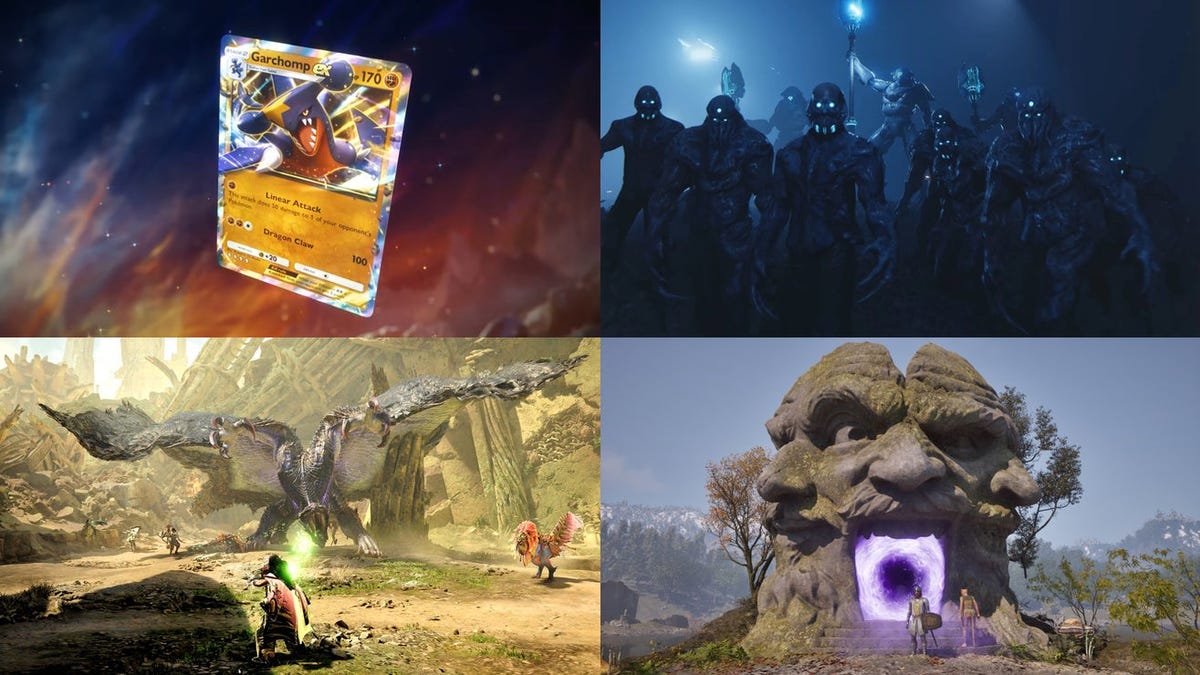



.jpg?width=1920&height=1920&fit=bounds&quality=70&format=jpg&auto=webp#)

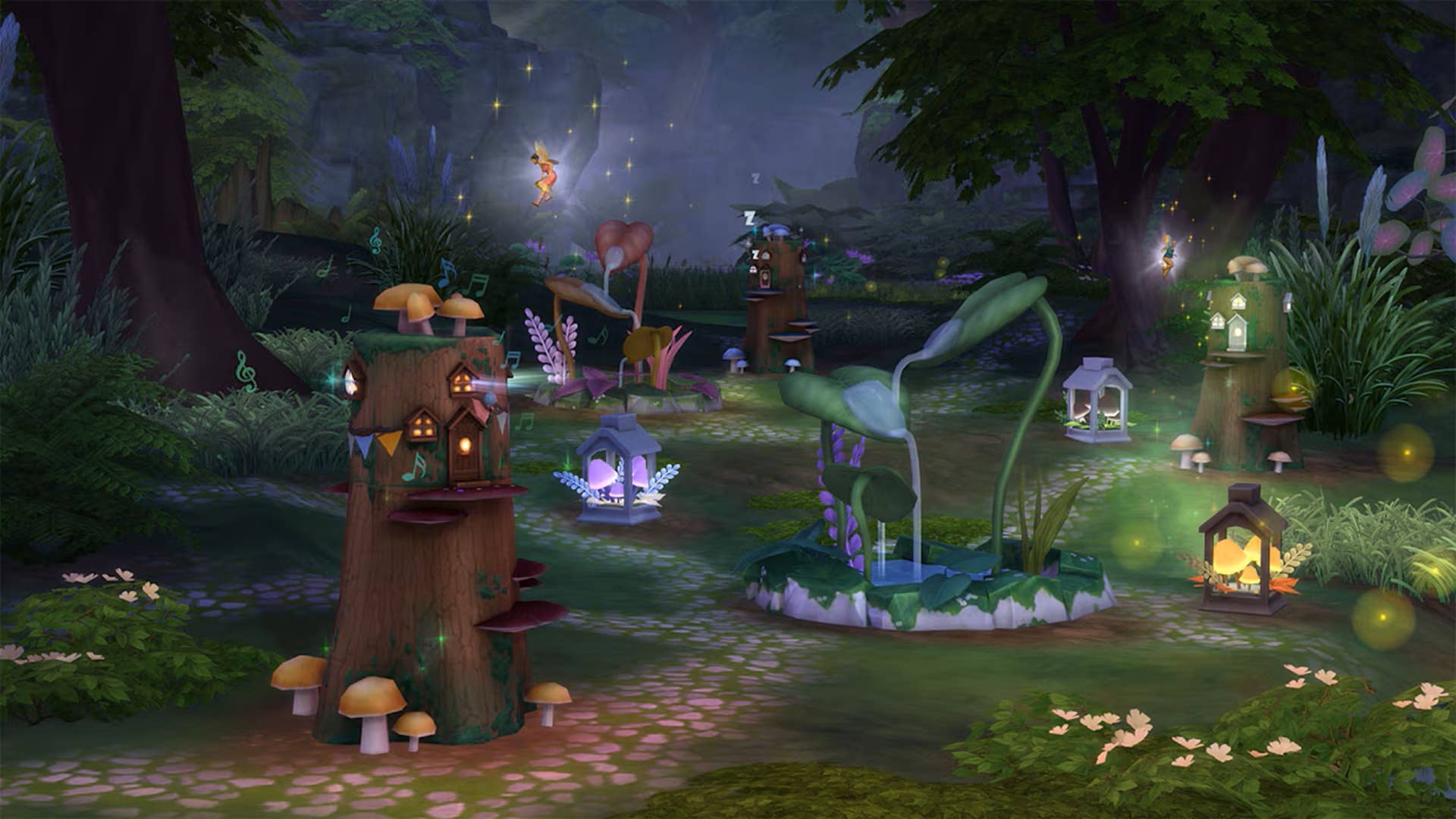







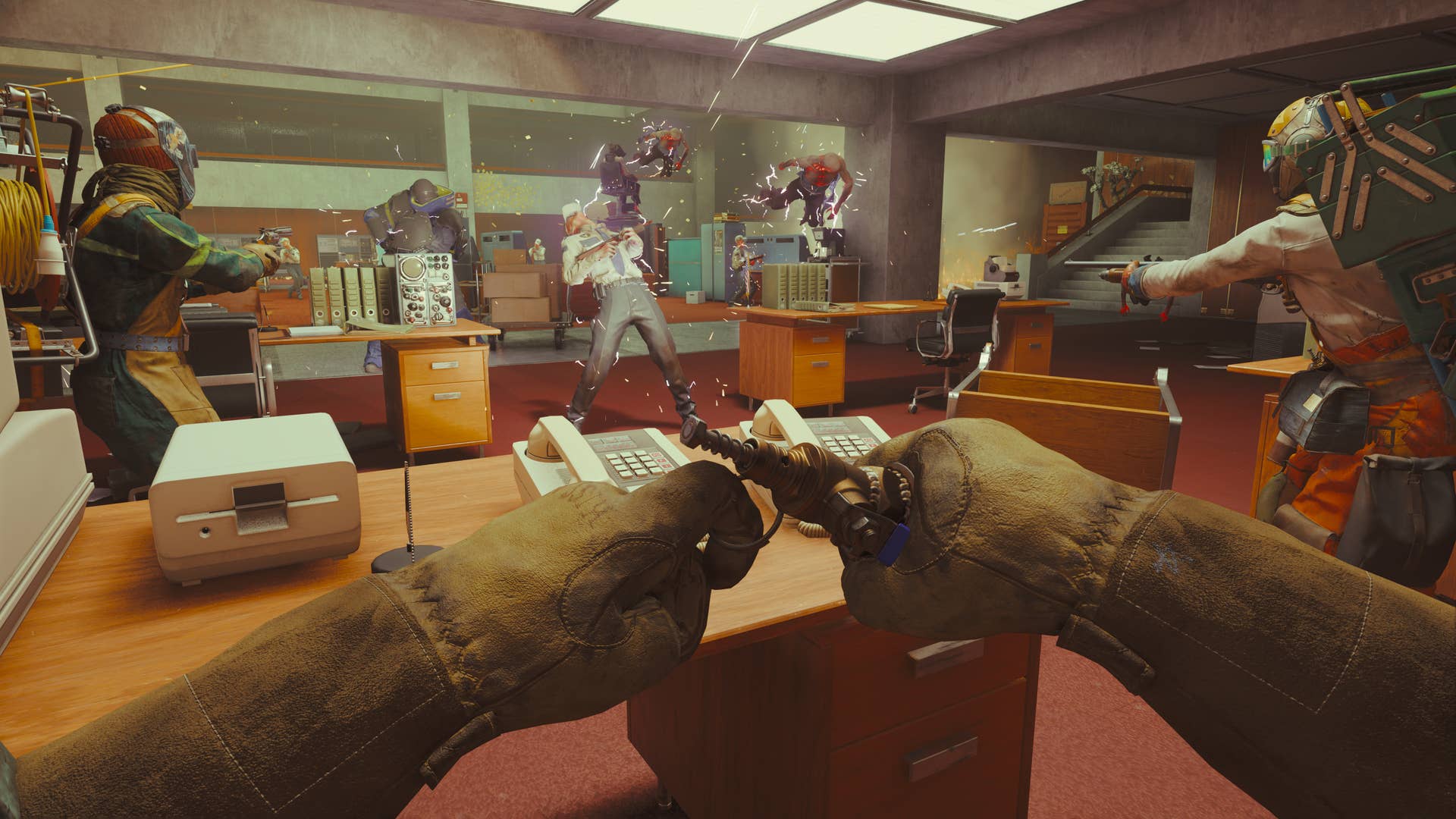
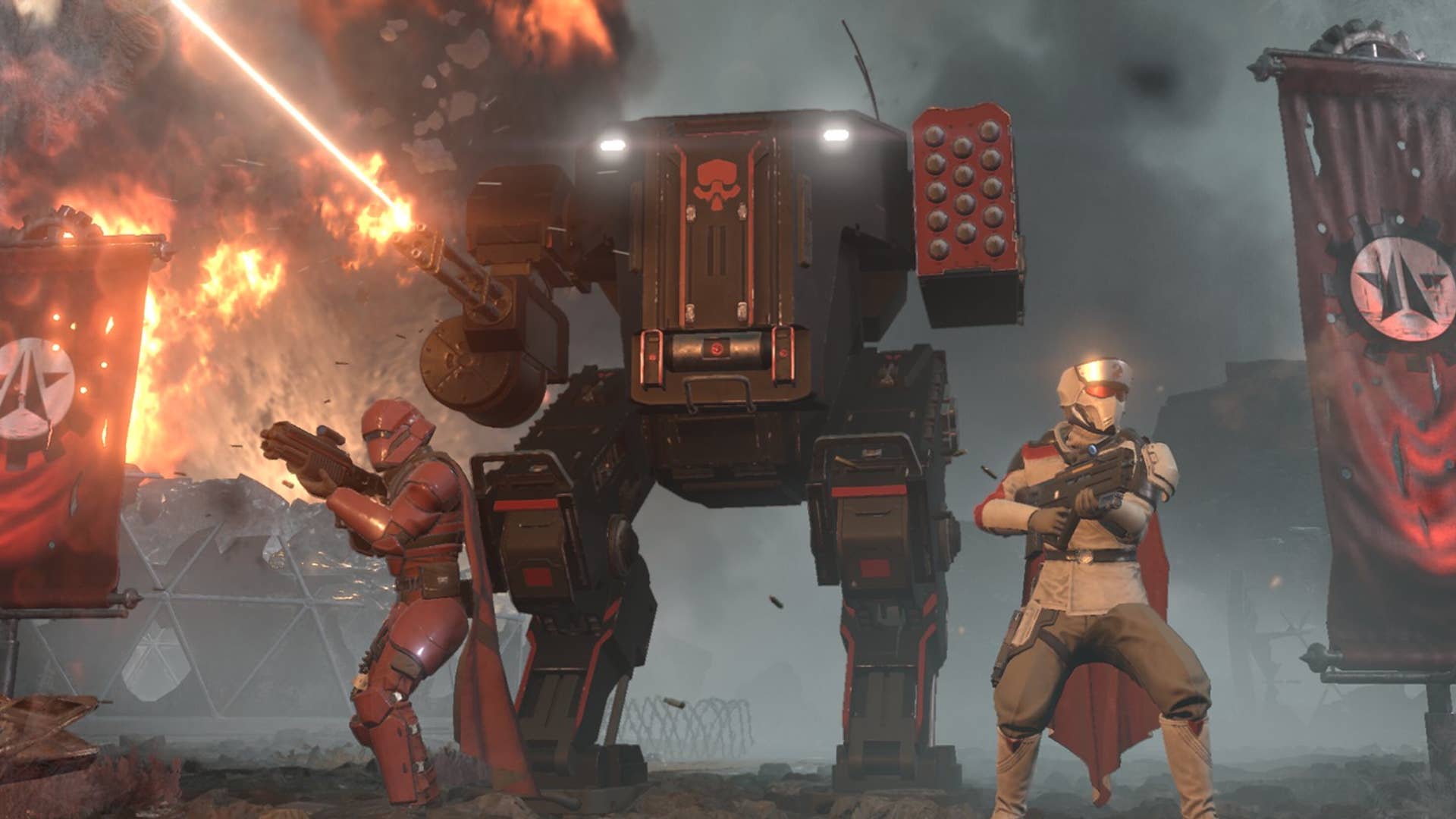











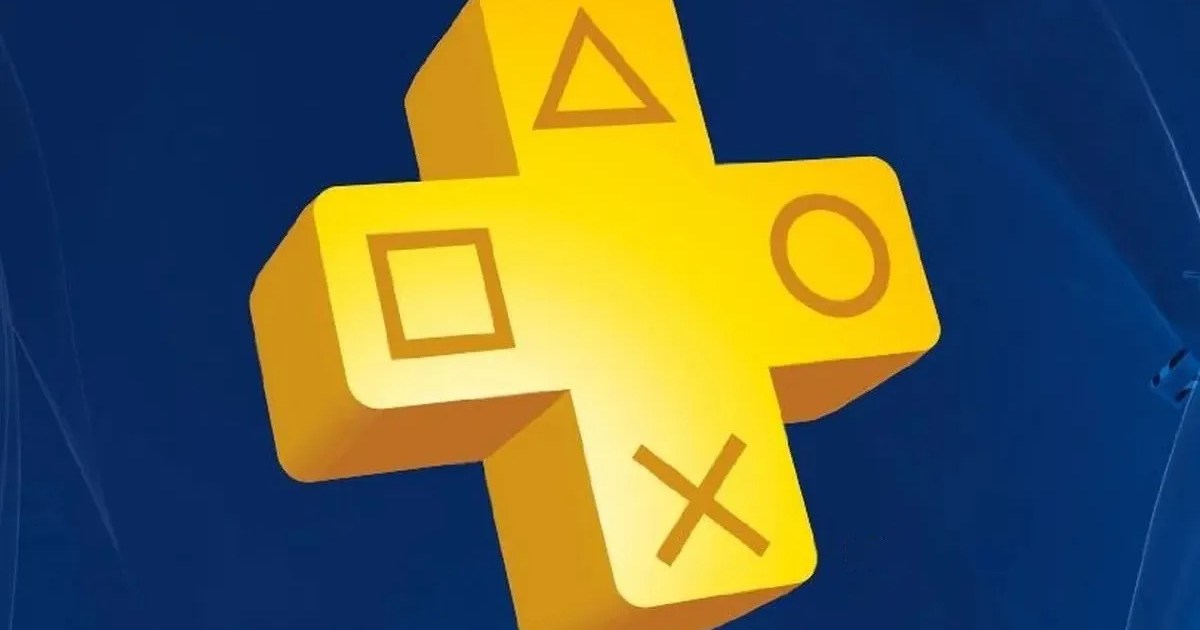








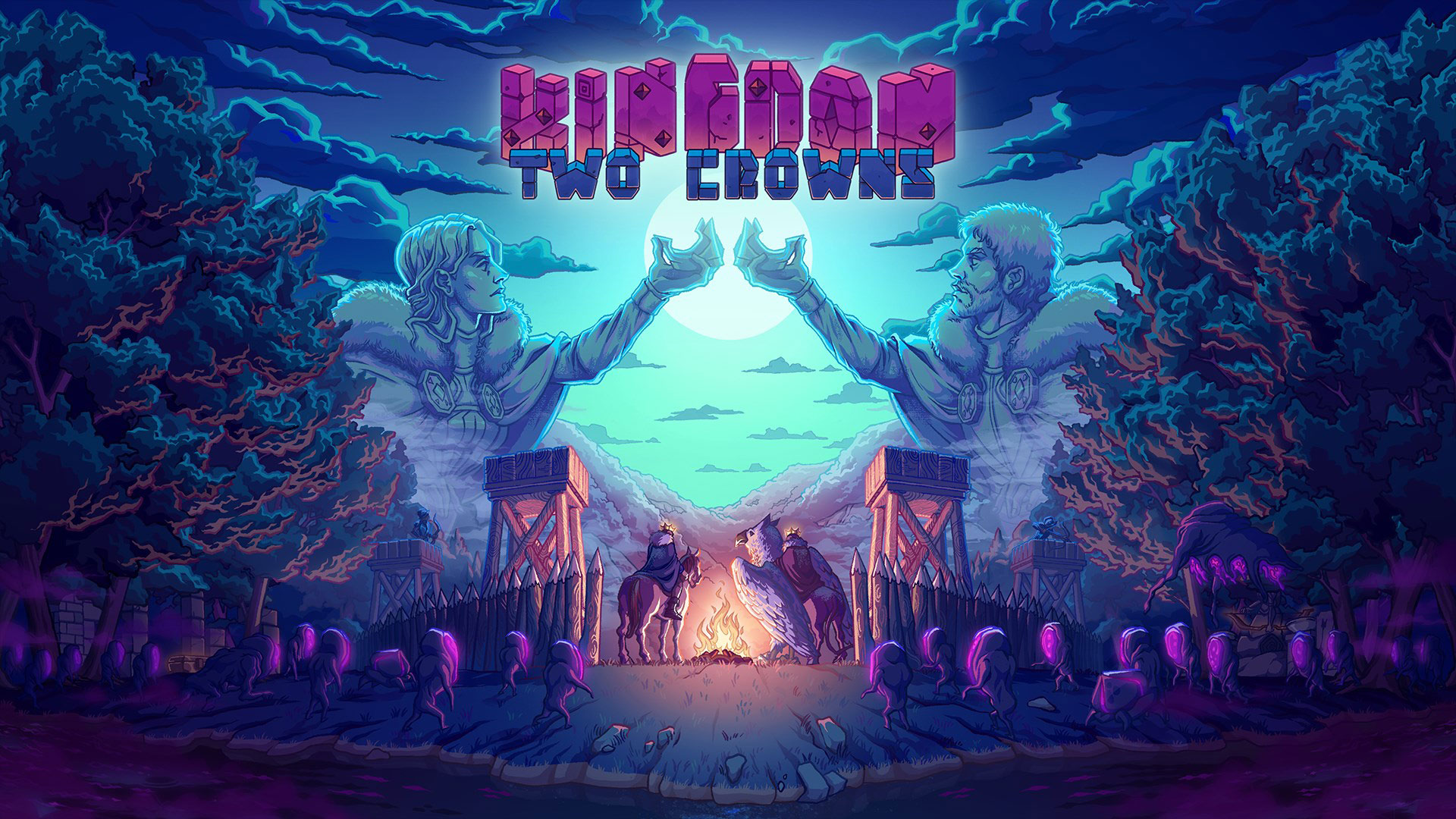





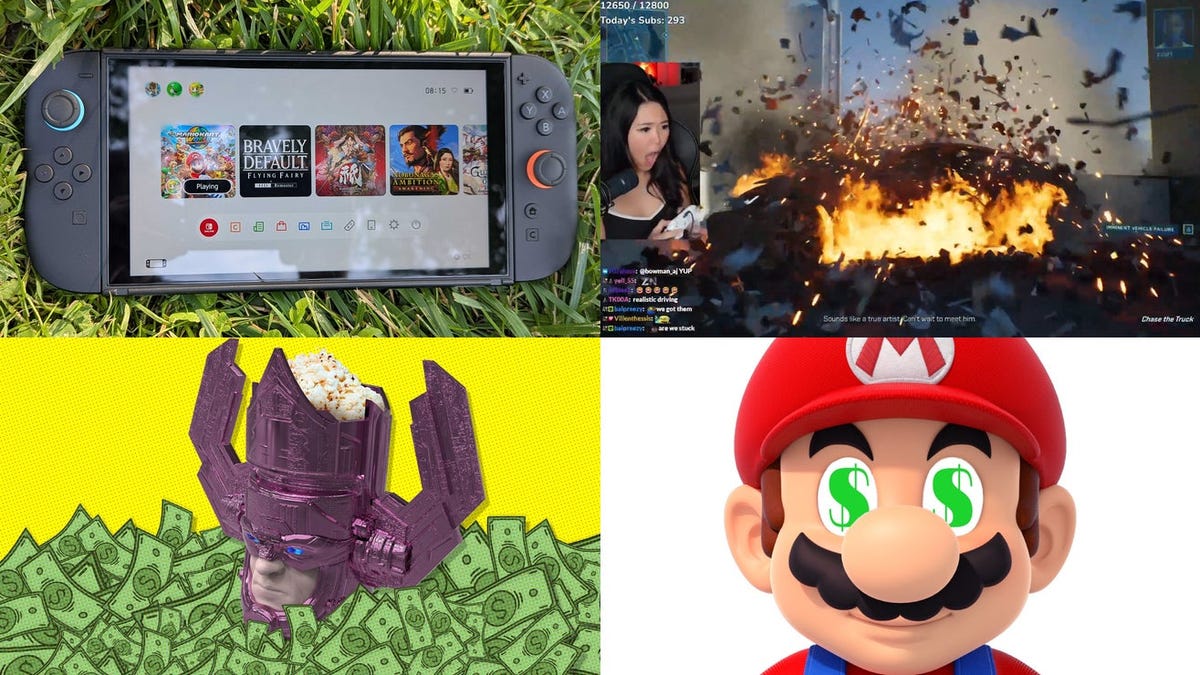


















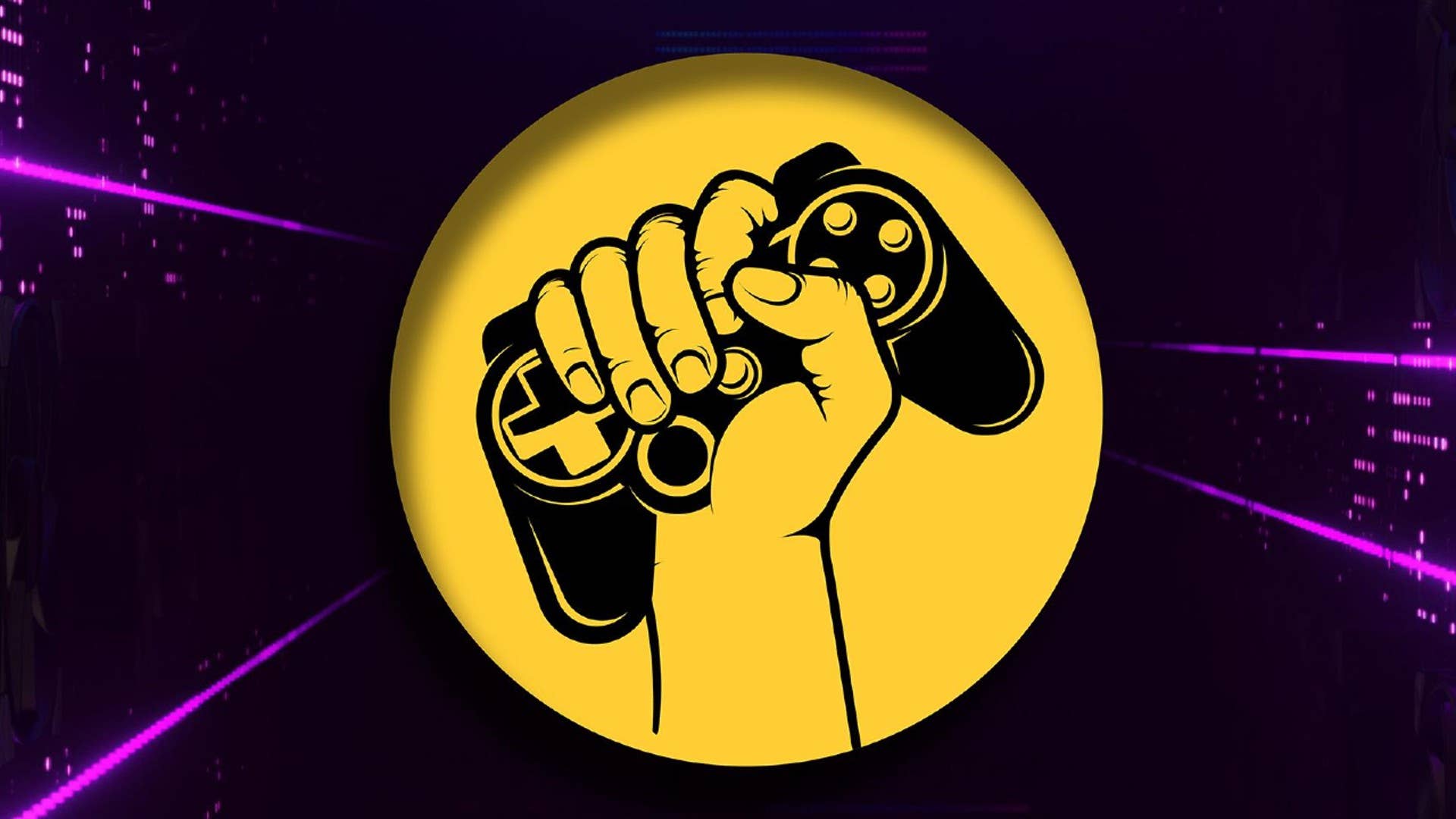

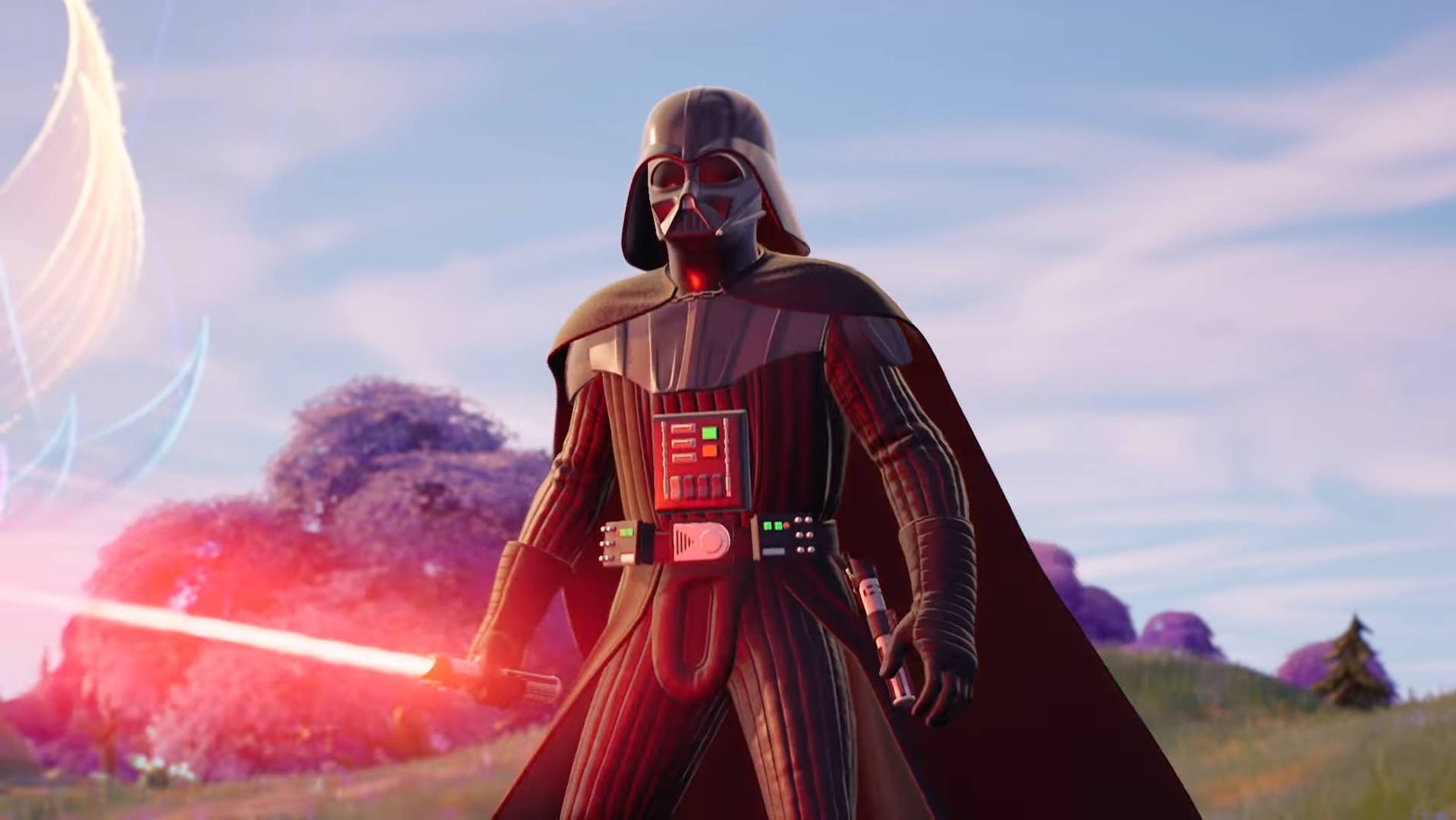



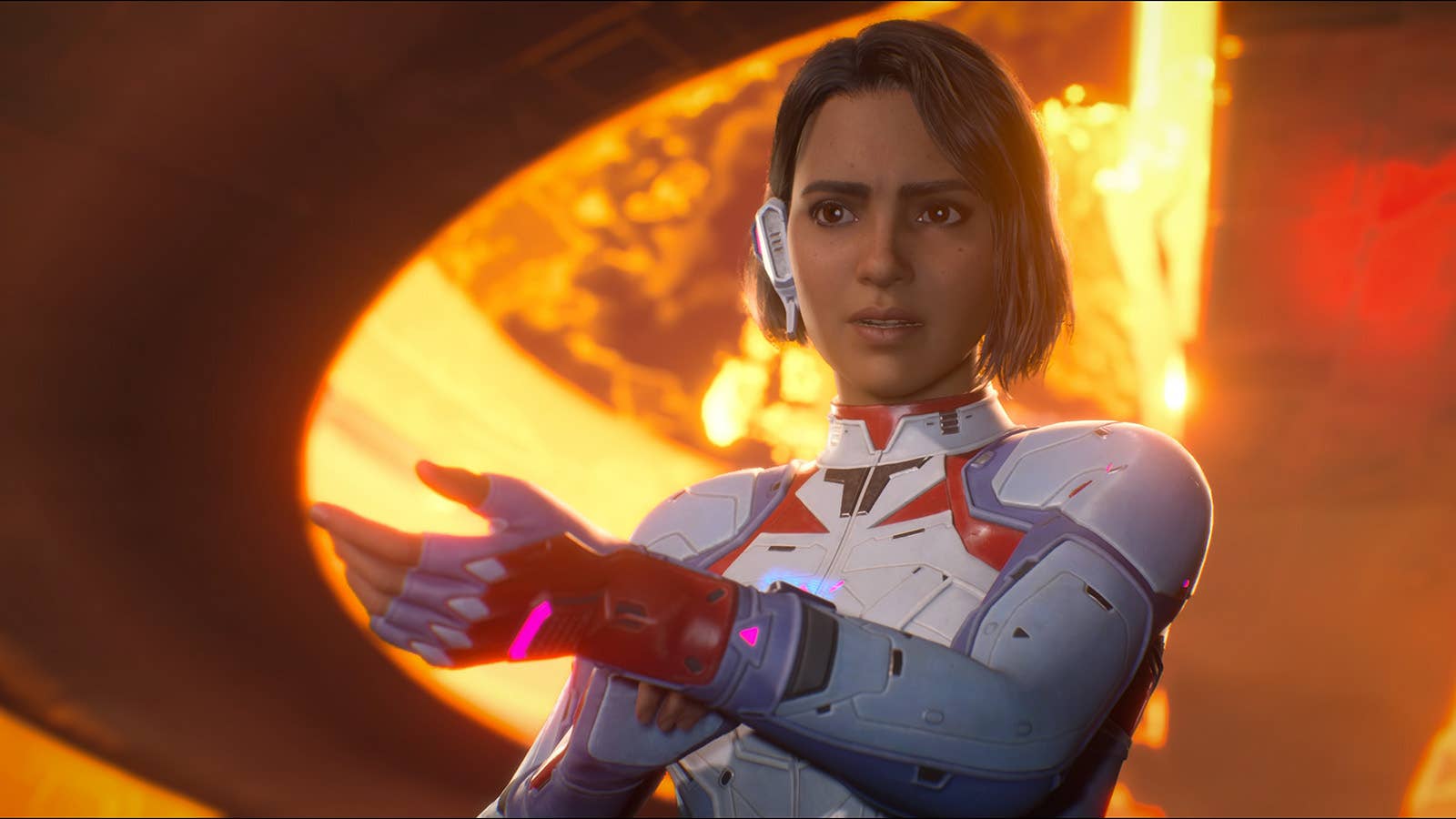

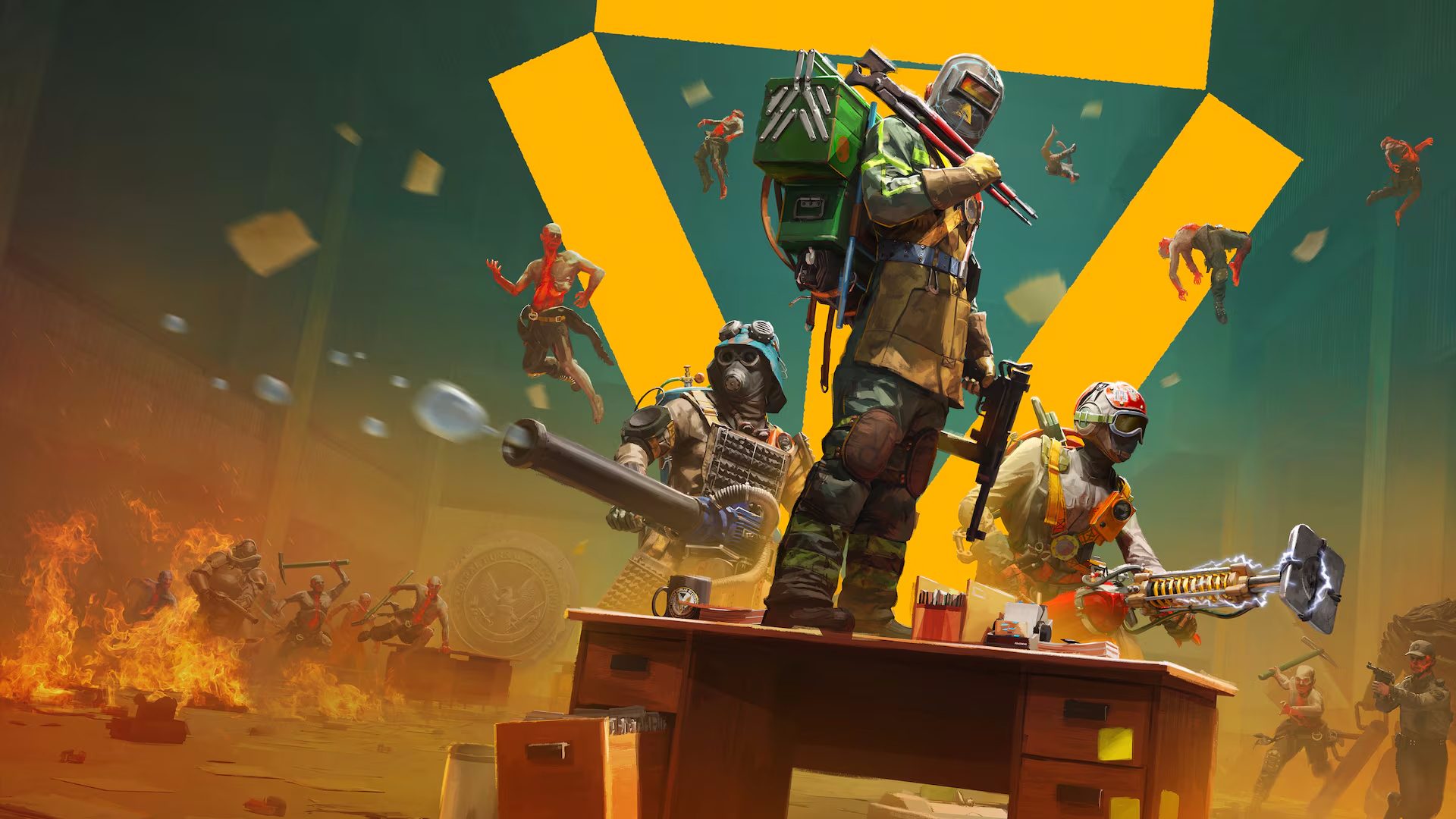
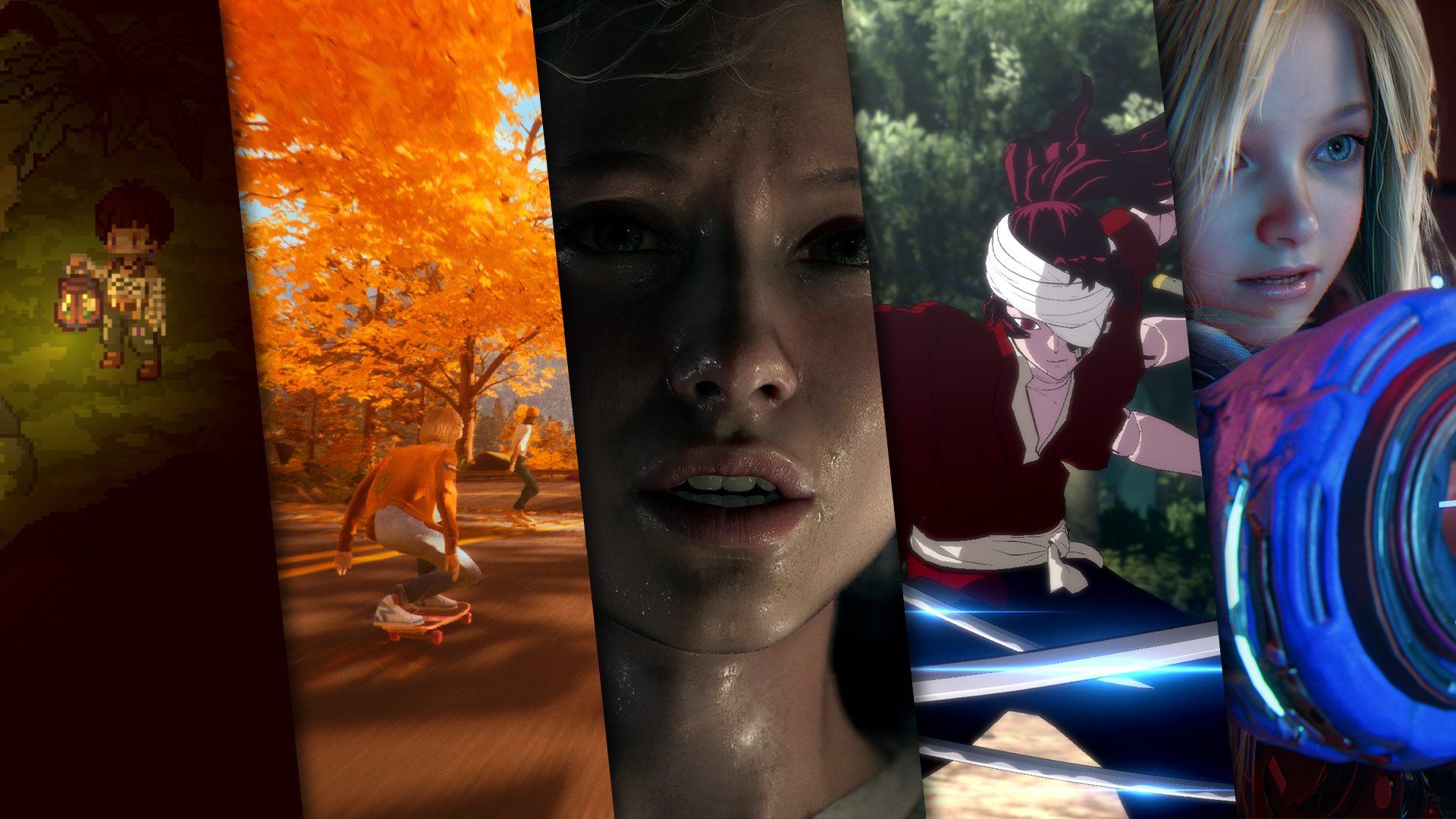
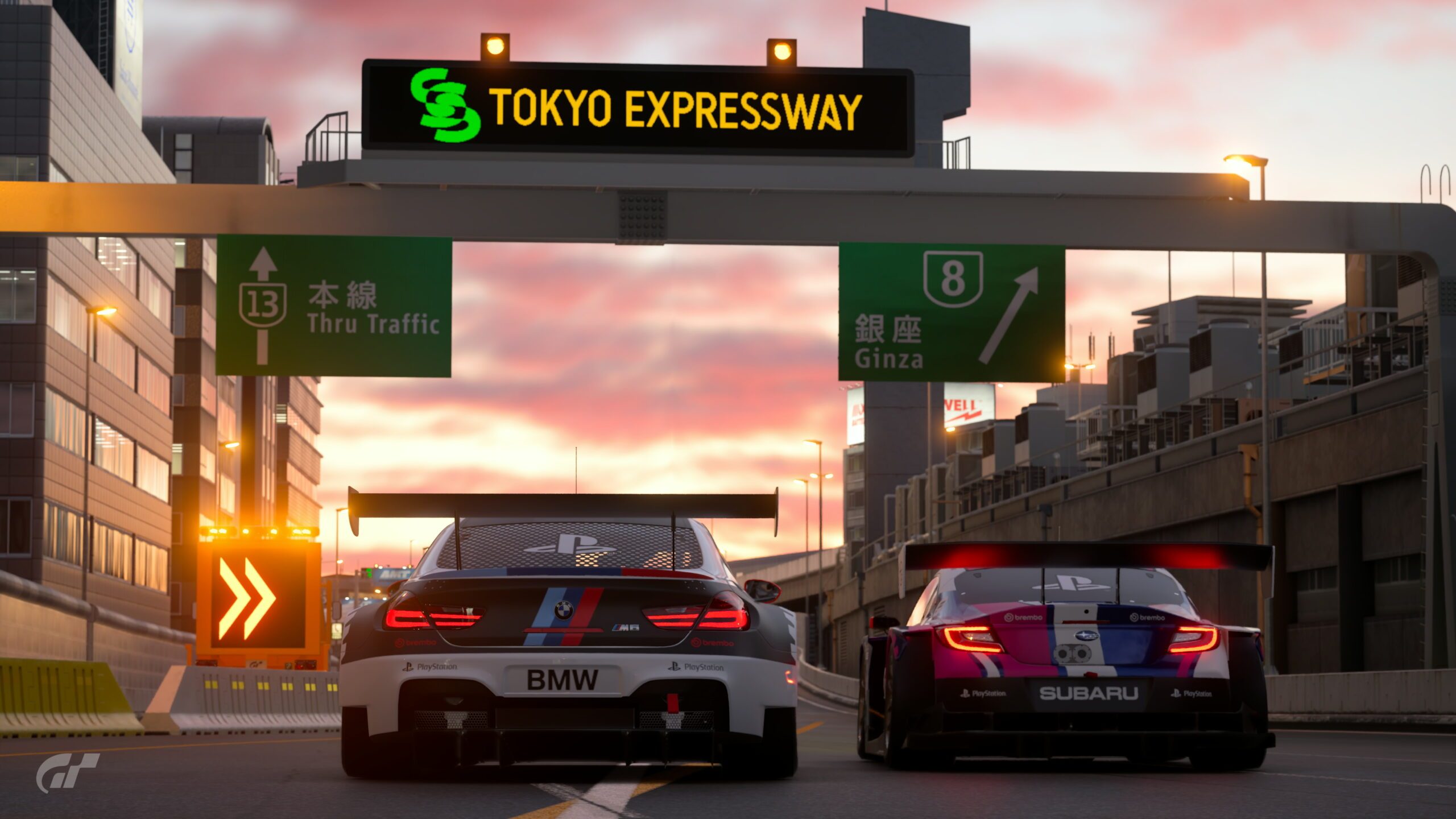




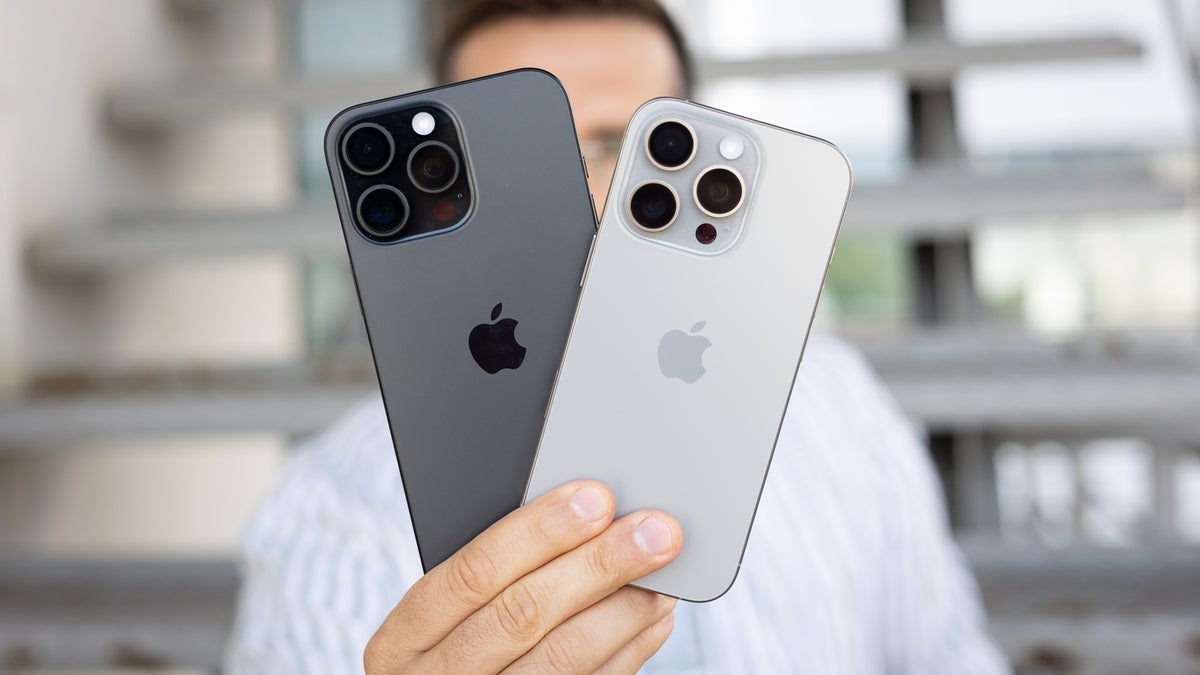
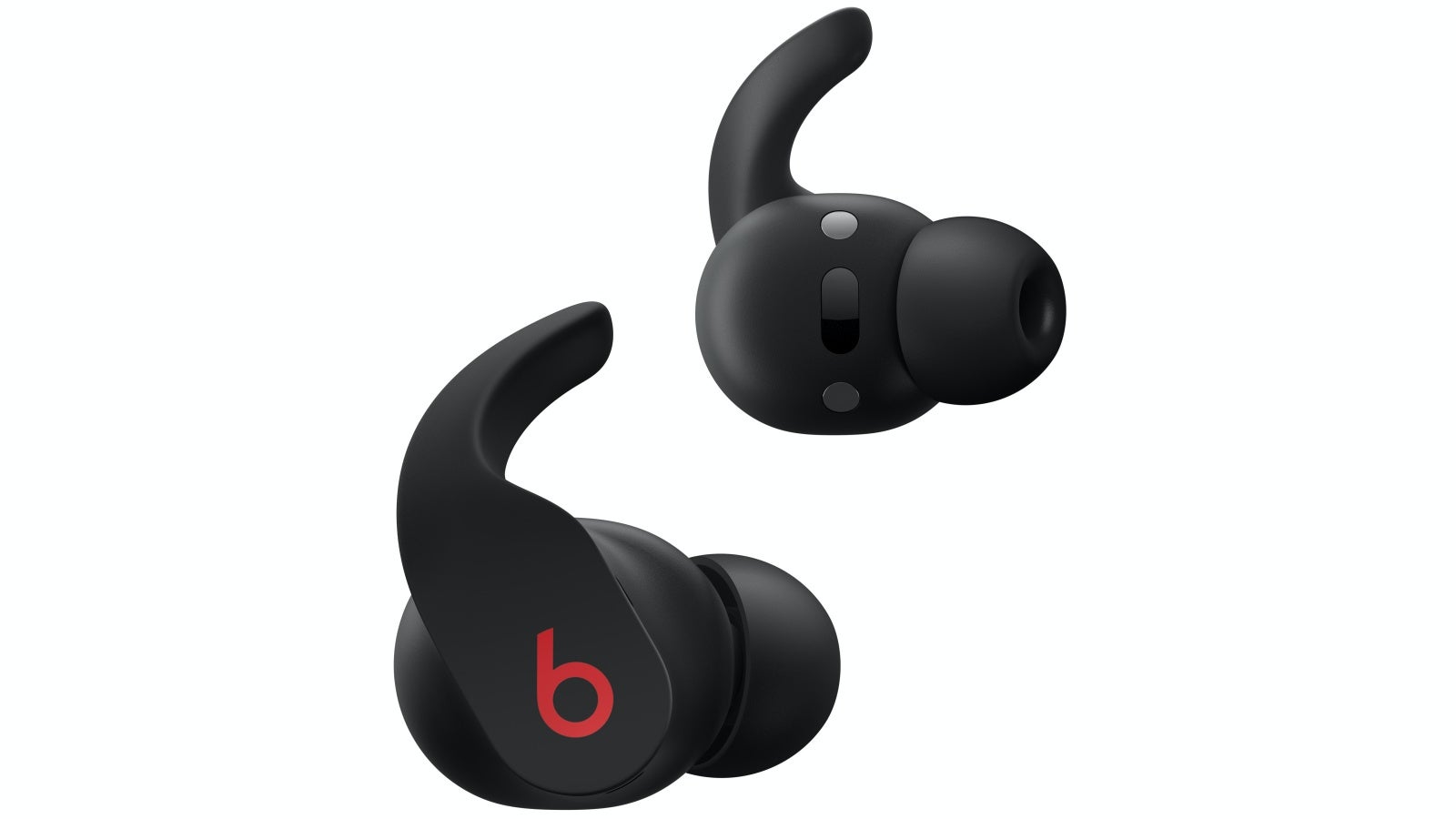
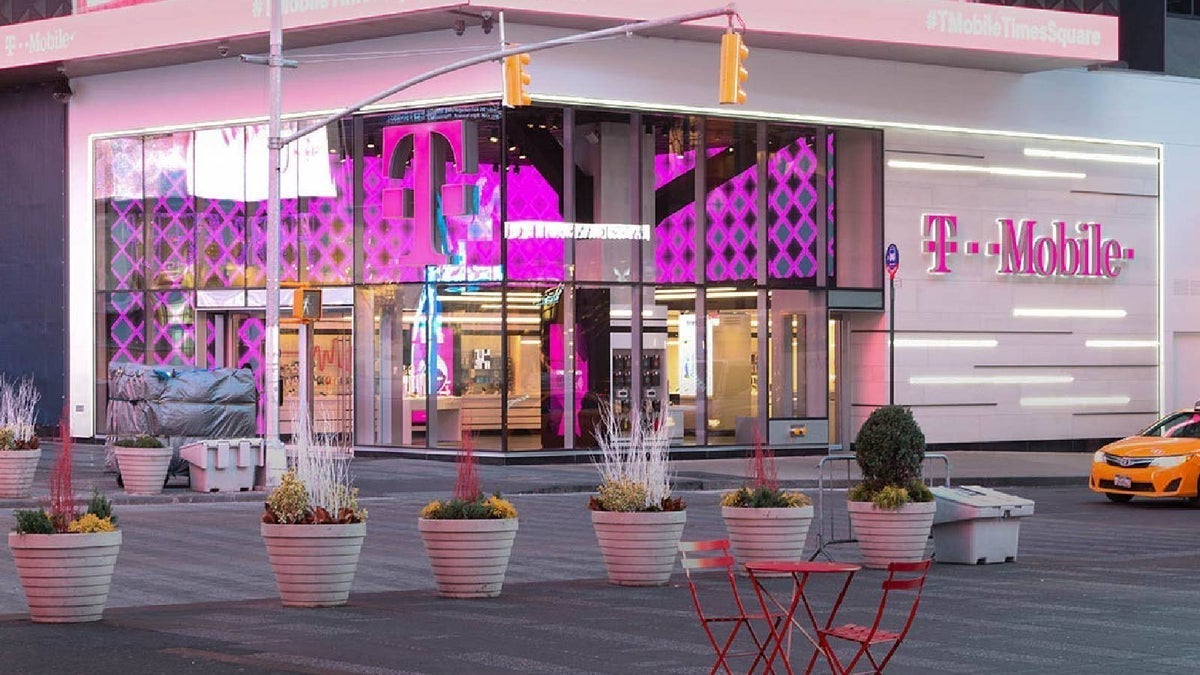
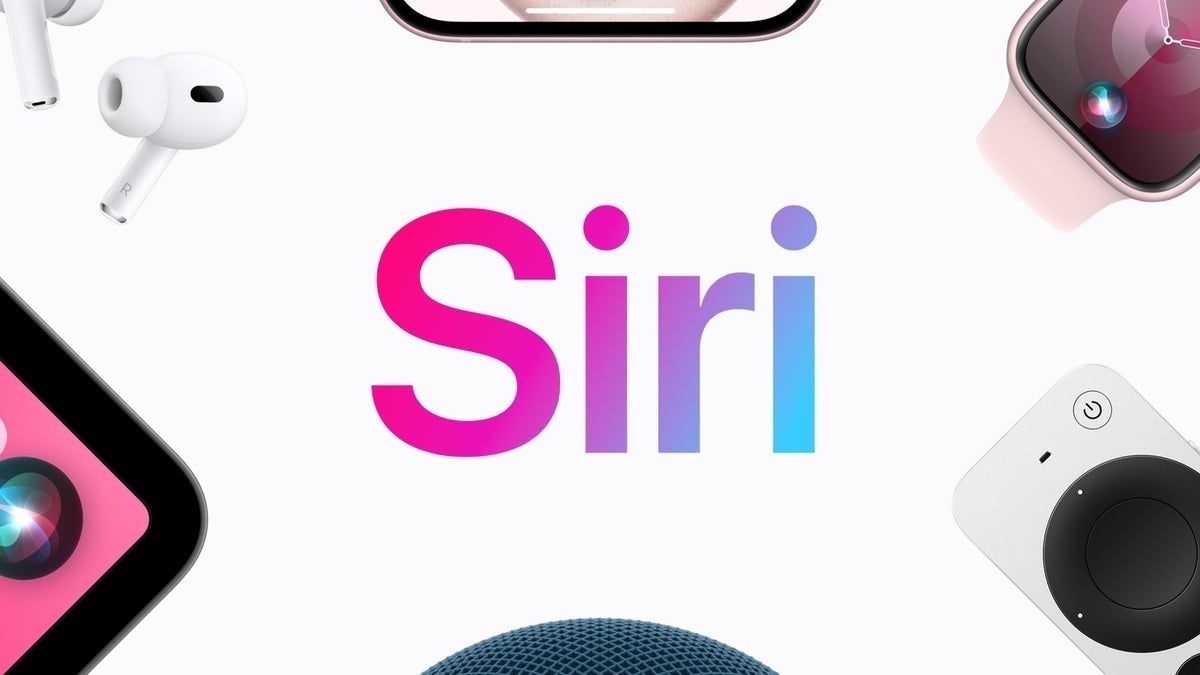


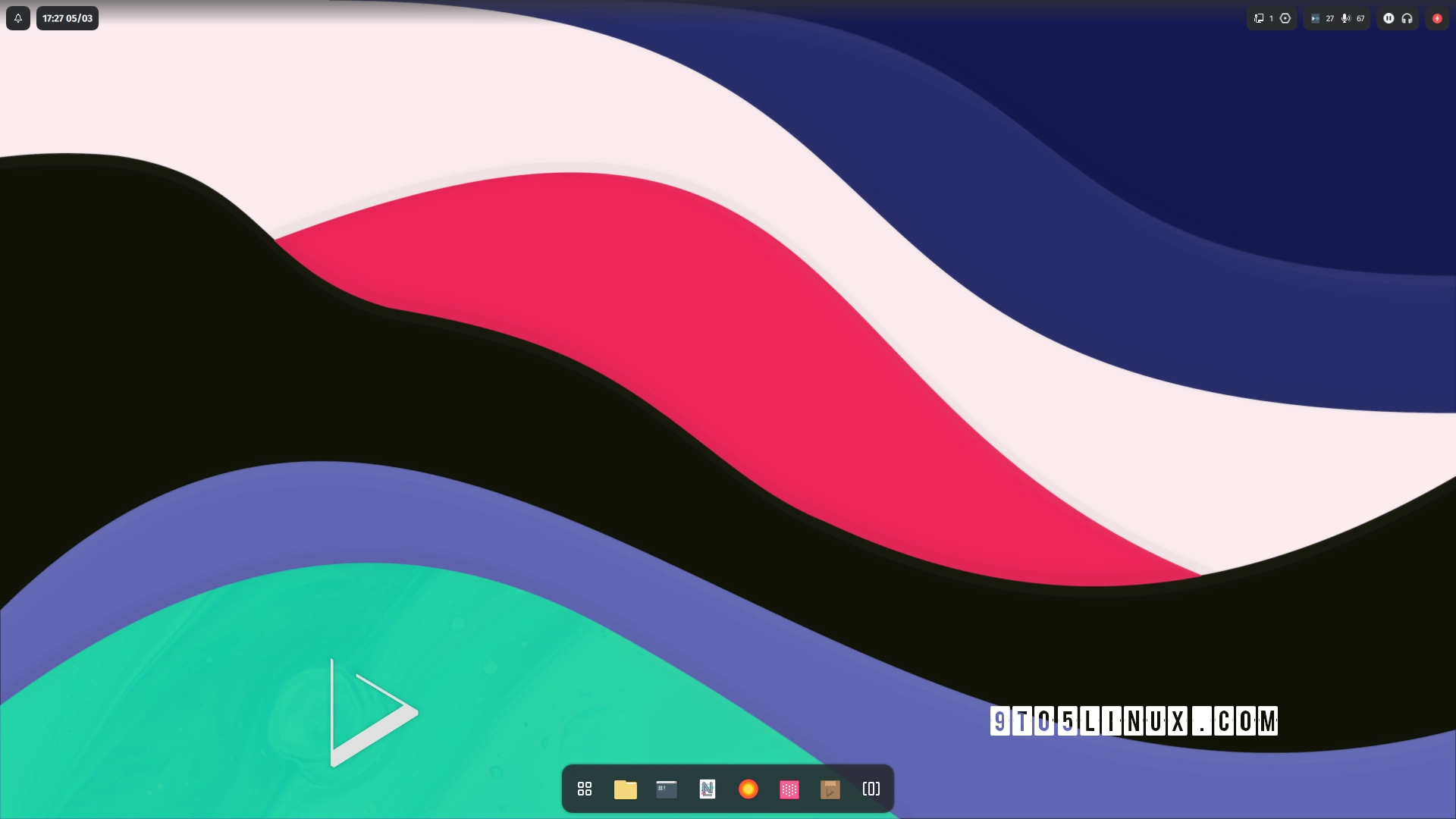





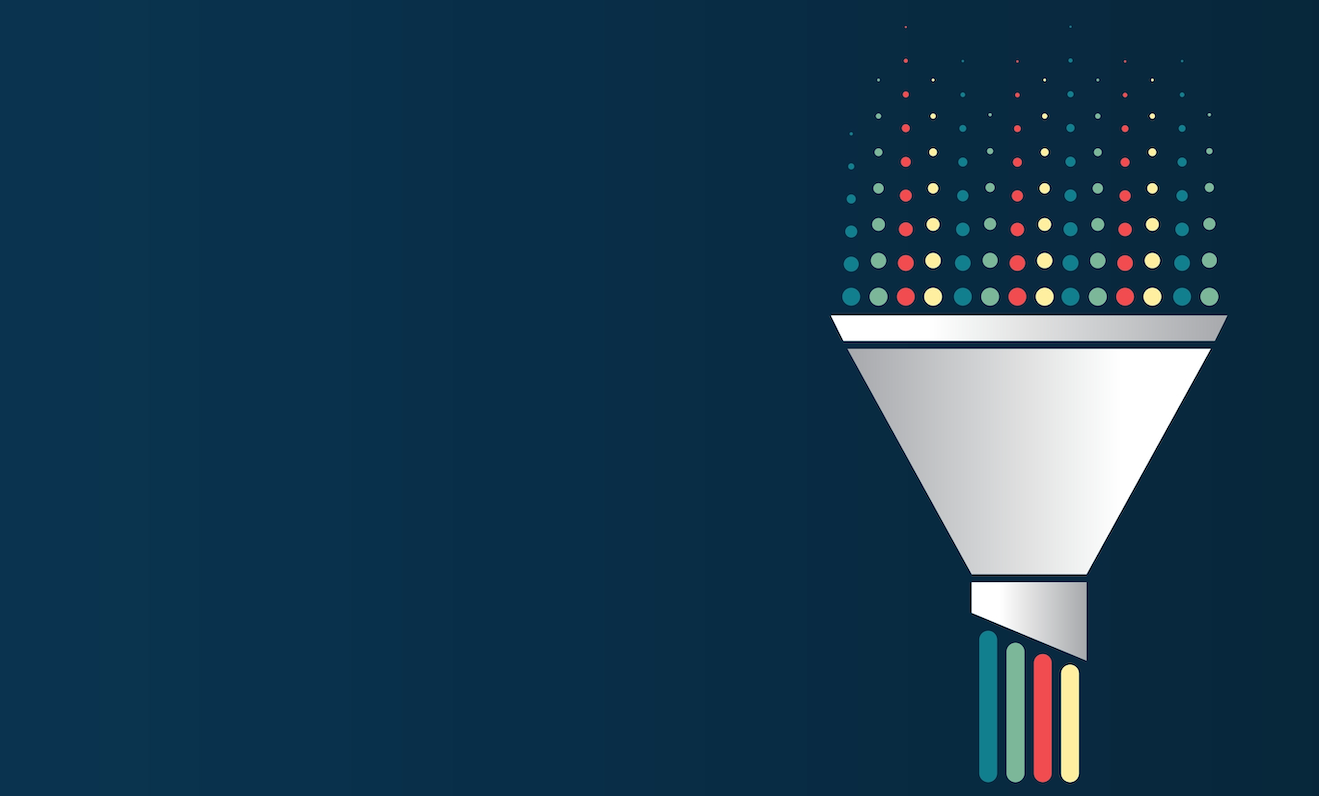
_Andreas_Prott_Alamy.jpg?width=1280&auto=webp&quality=80&disable=upscale#)
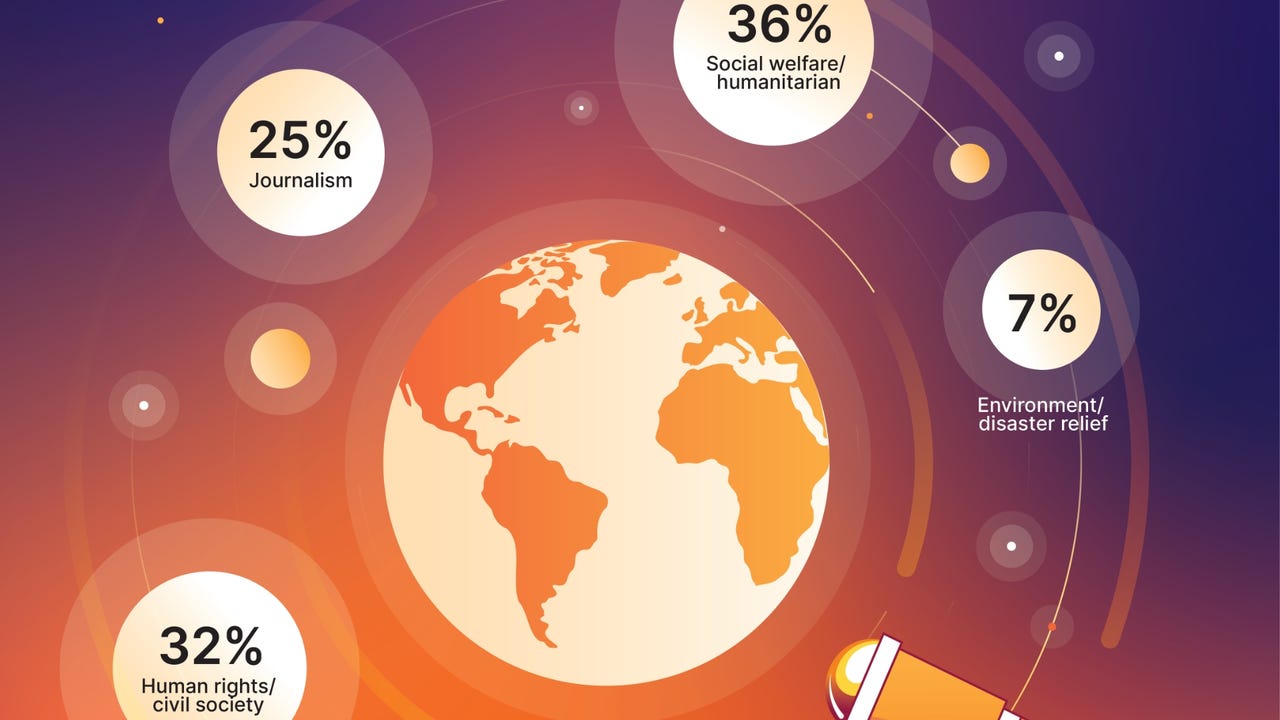
_designer491_Alamy.jpg?width=1280&auto=webp&quality=80&disable=upscale#)
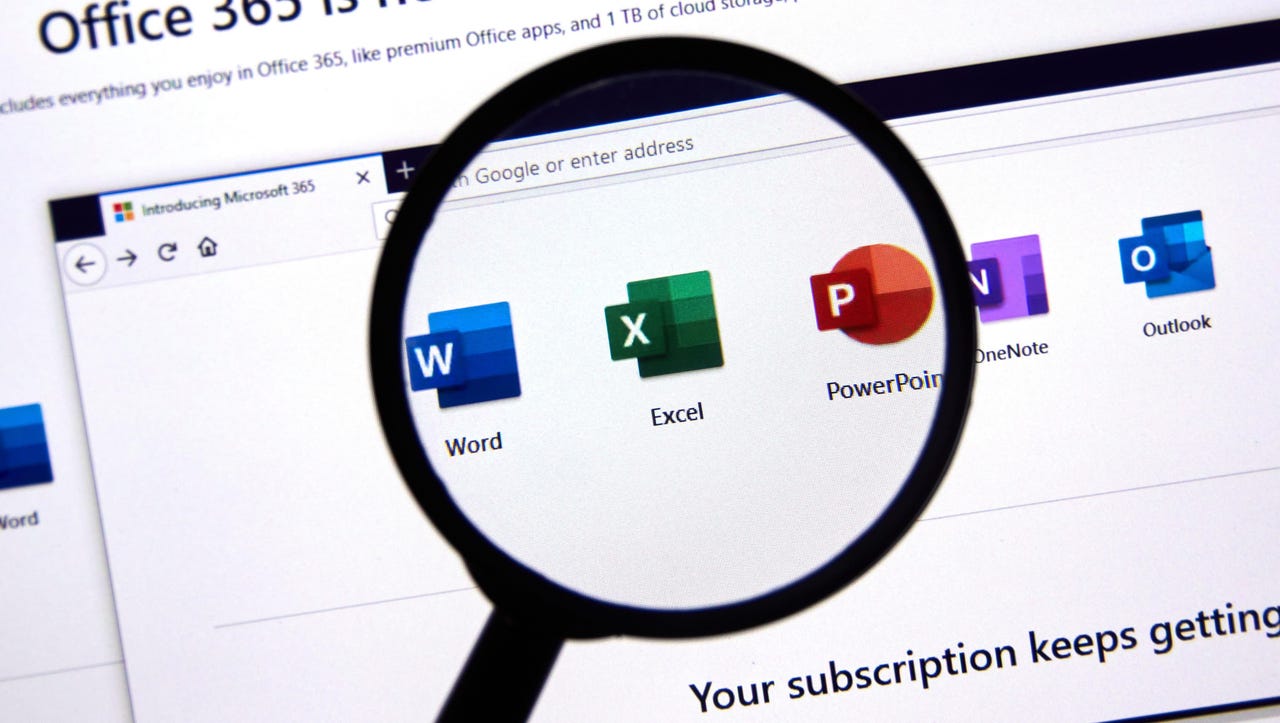














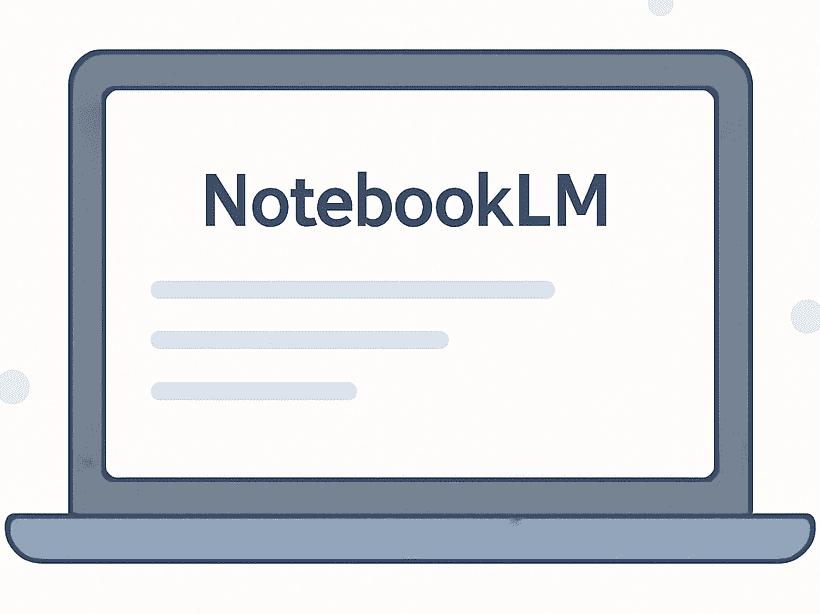























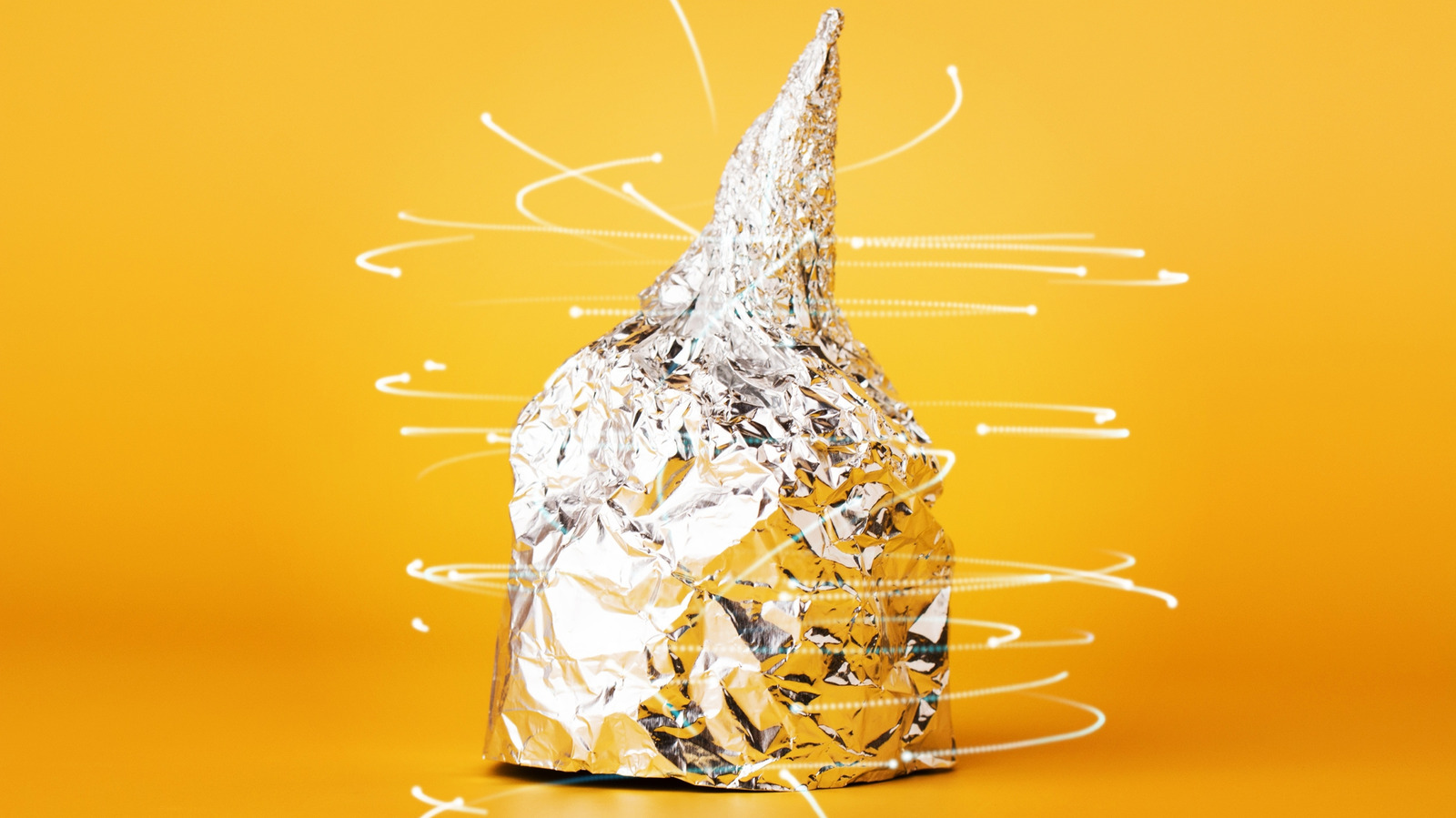
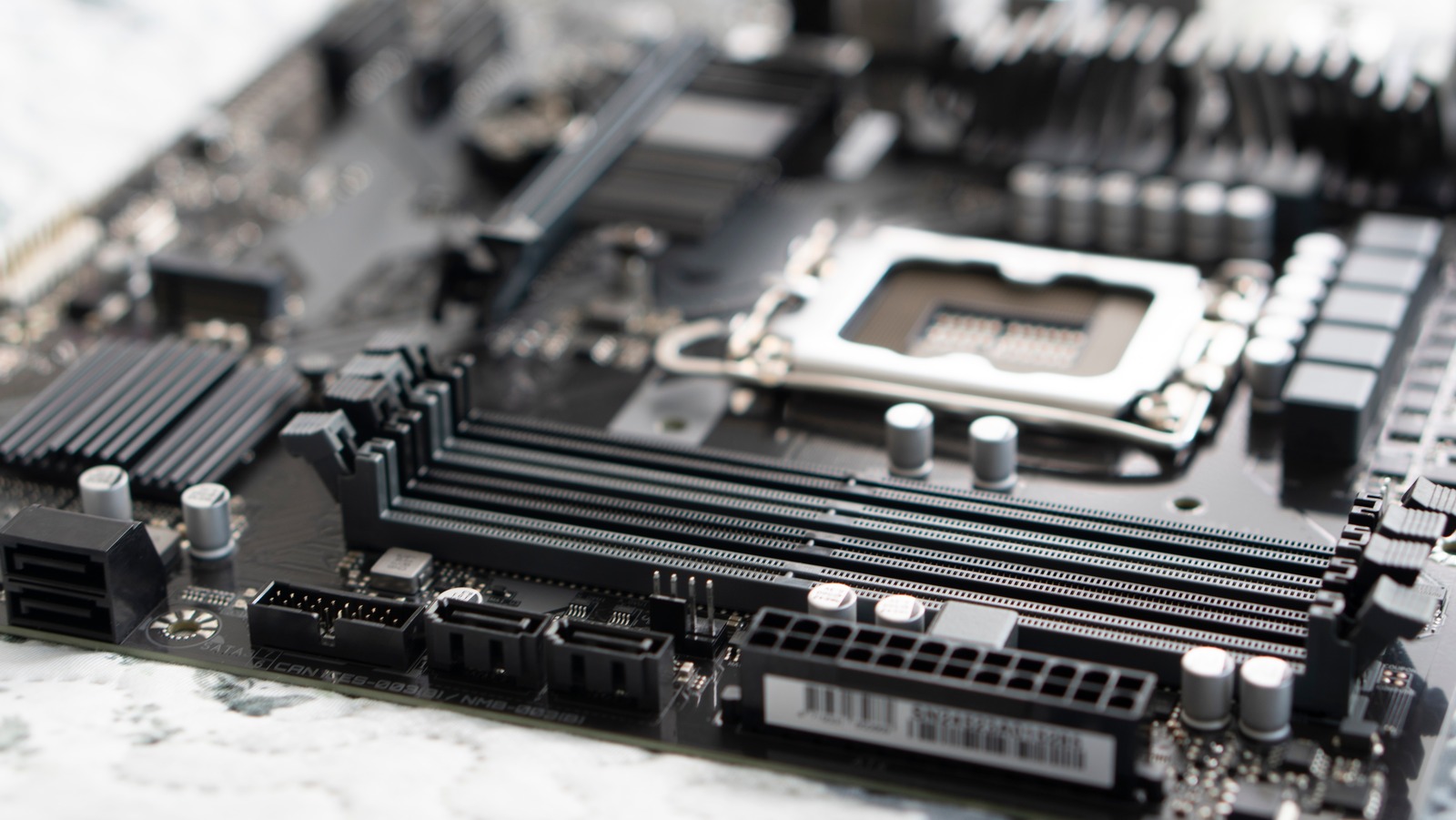
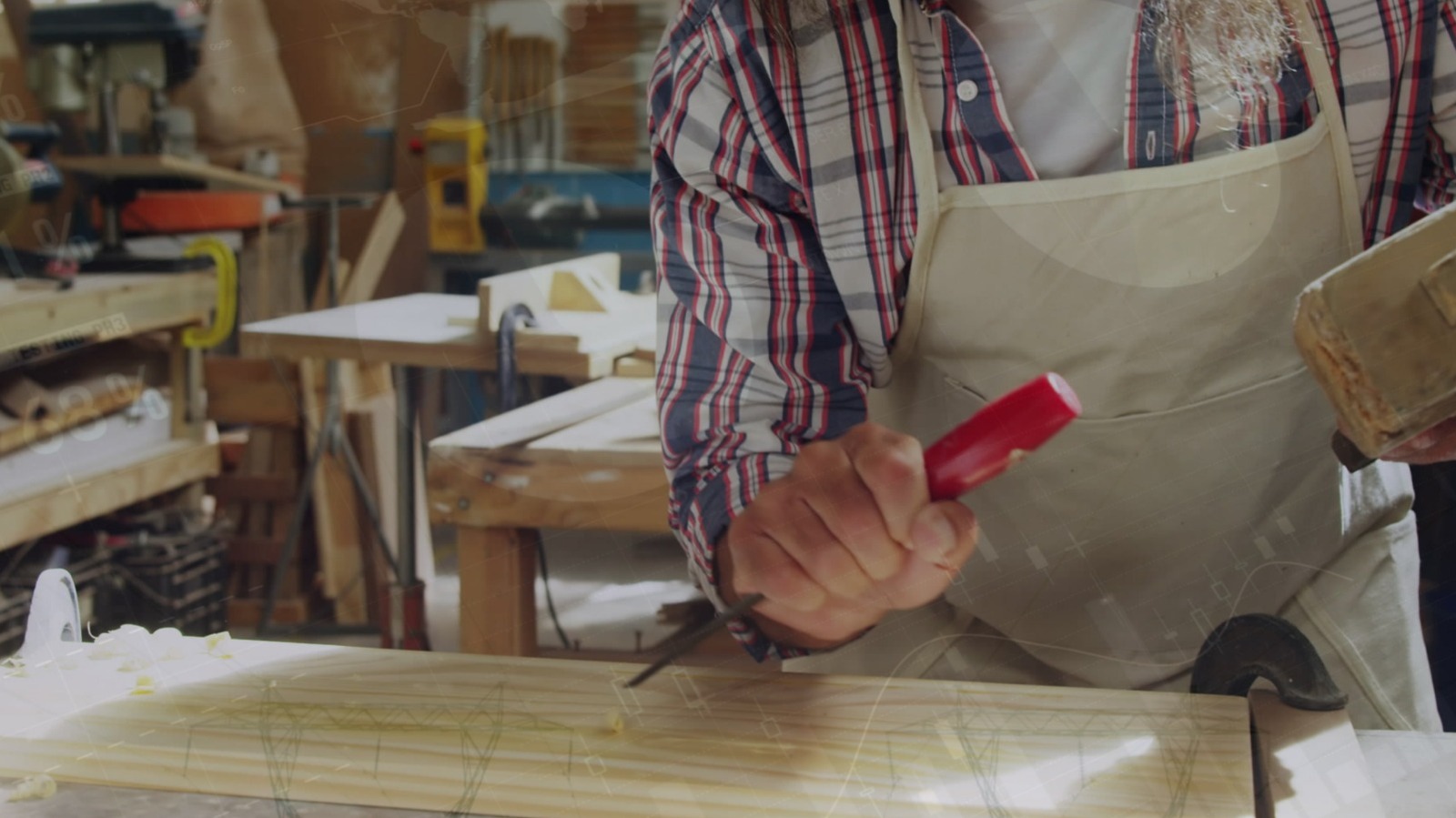






























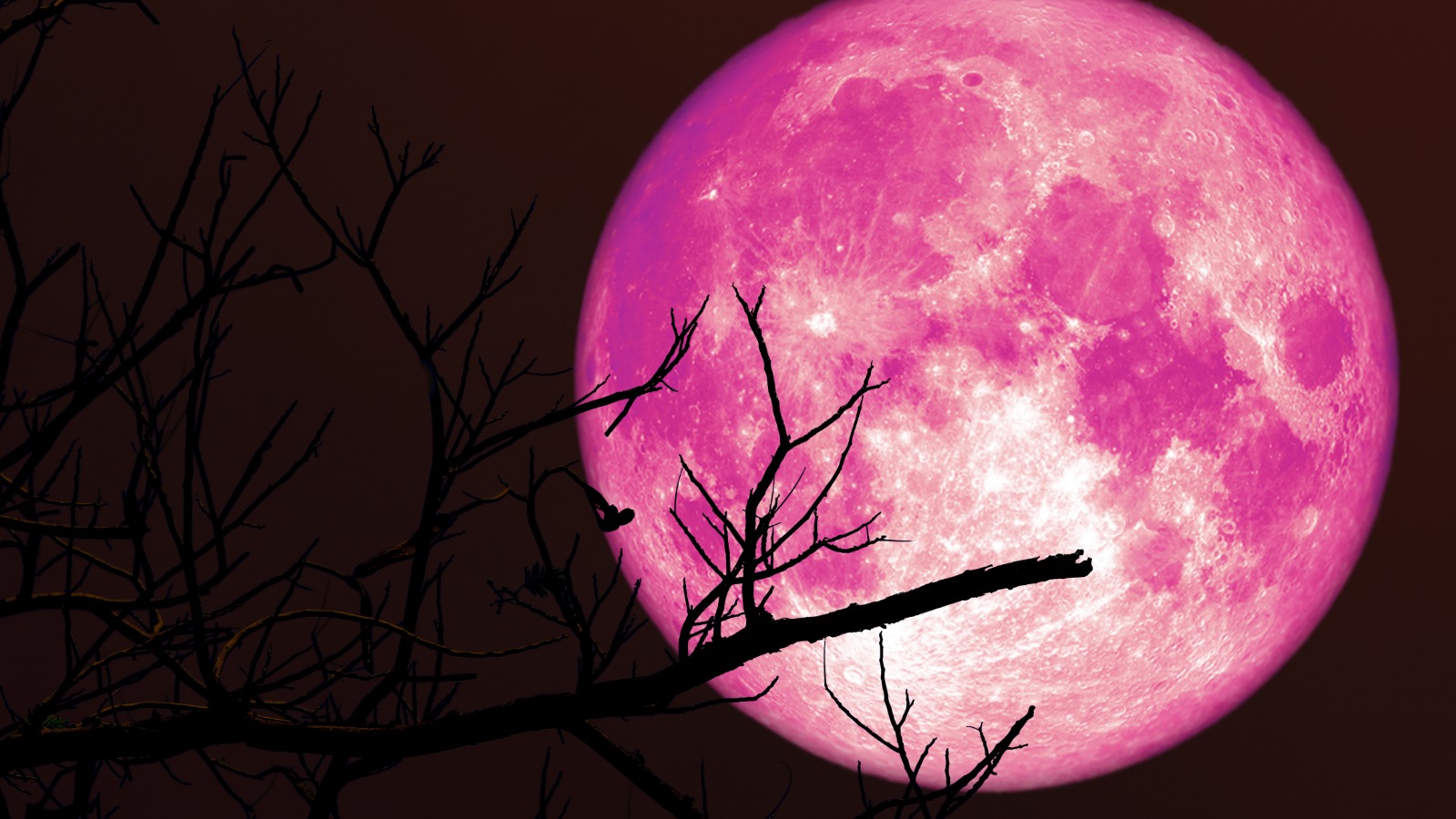



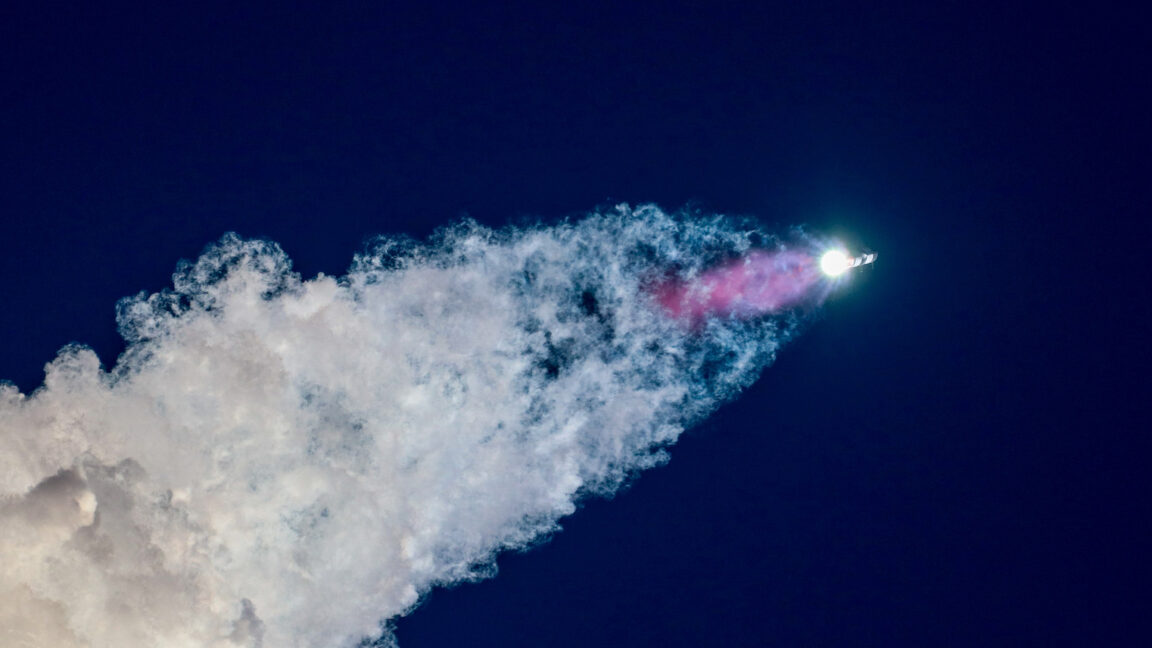
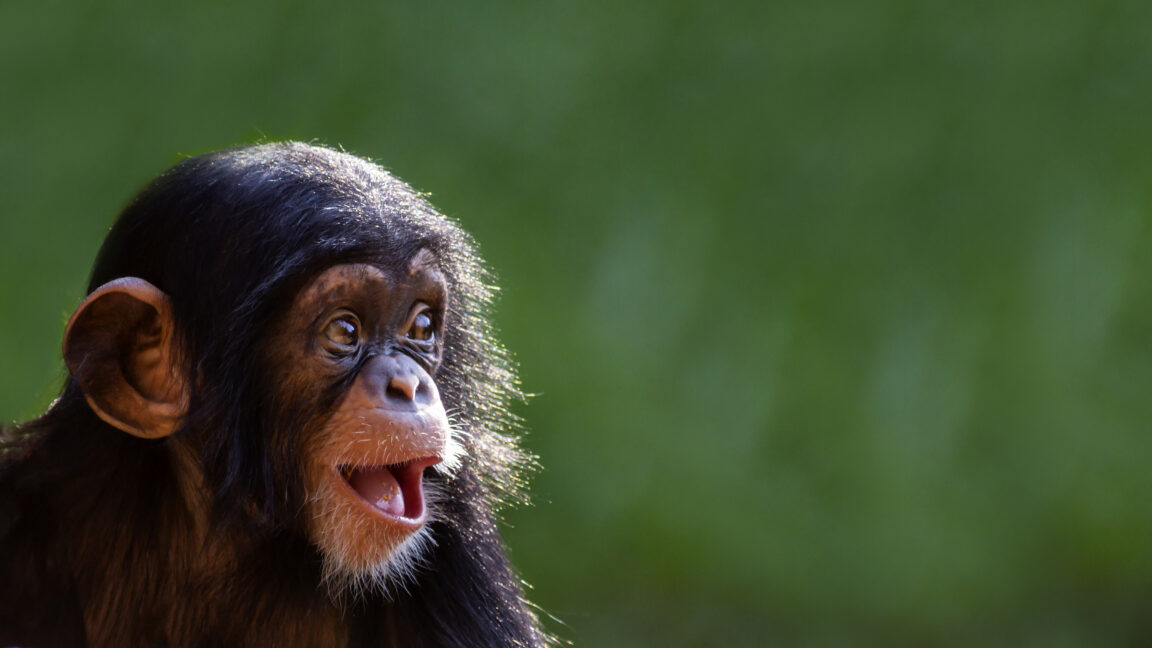

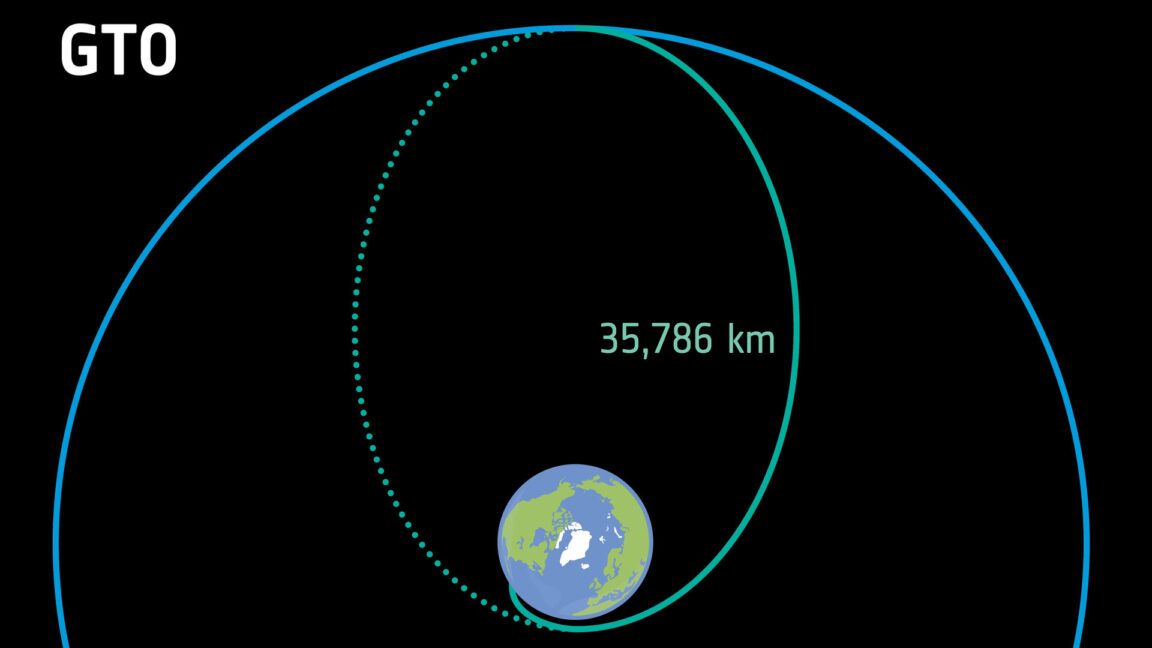
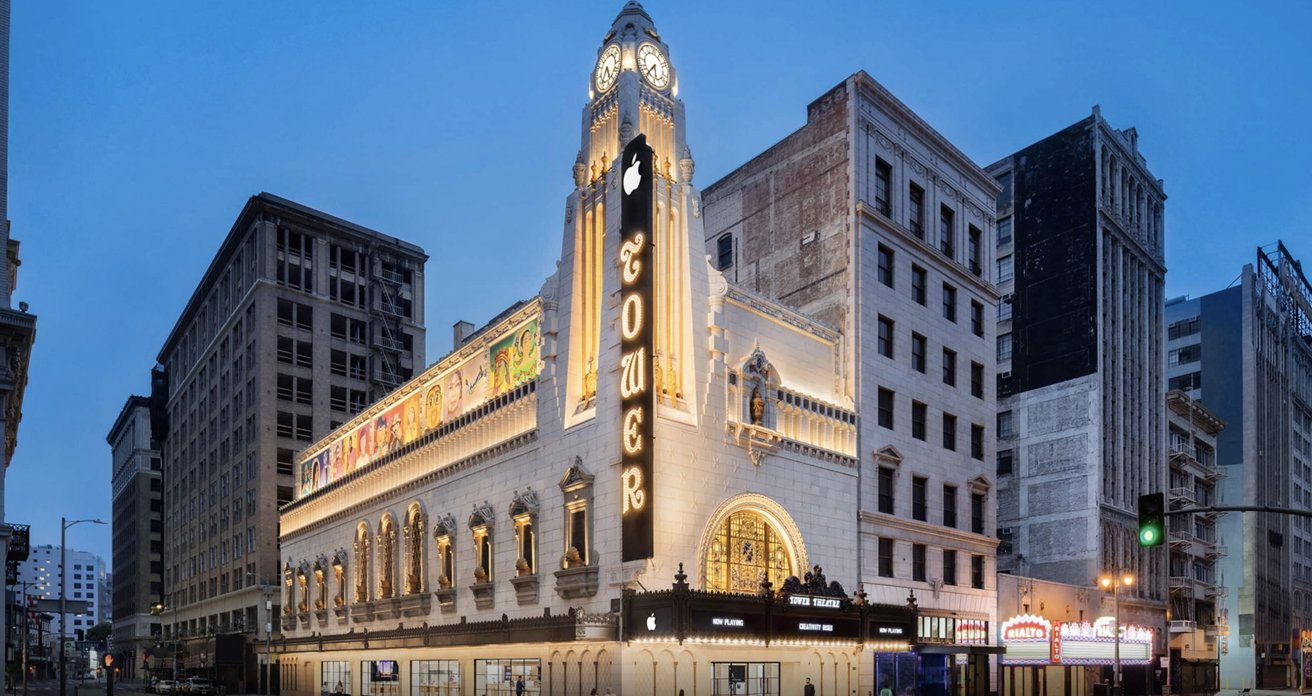

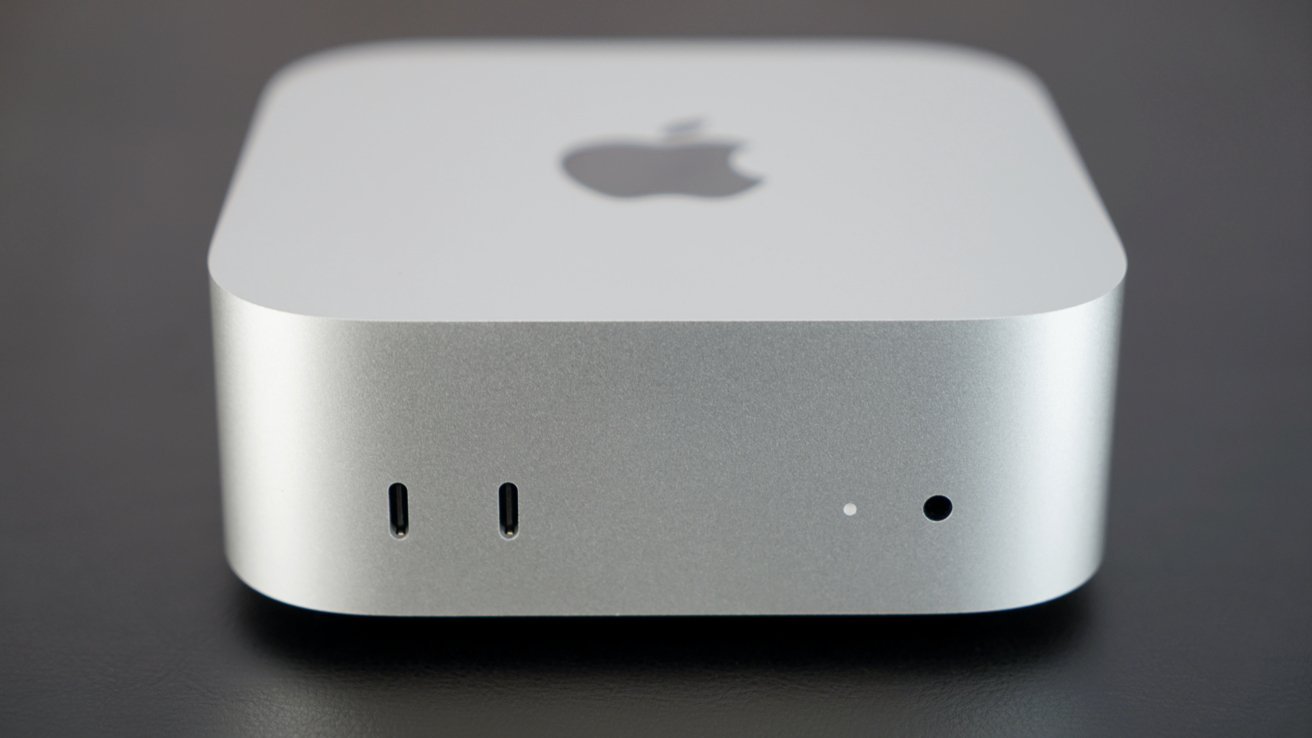

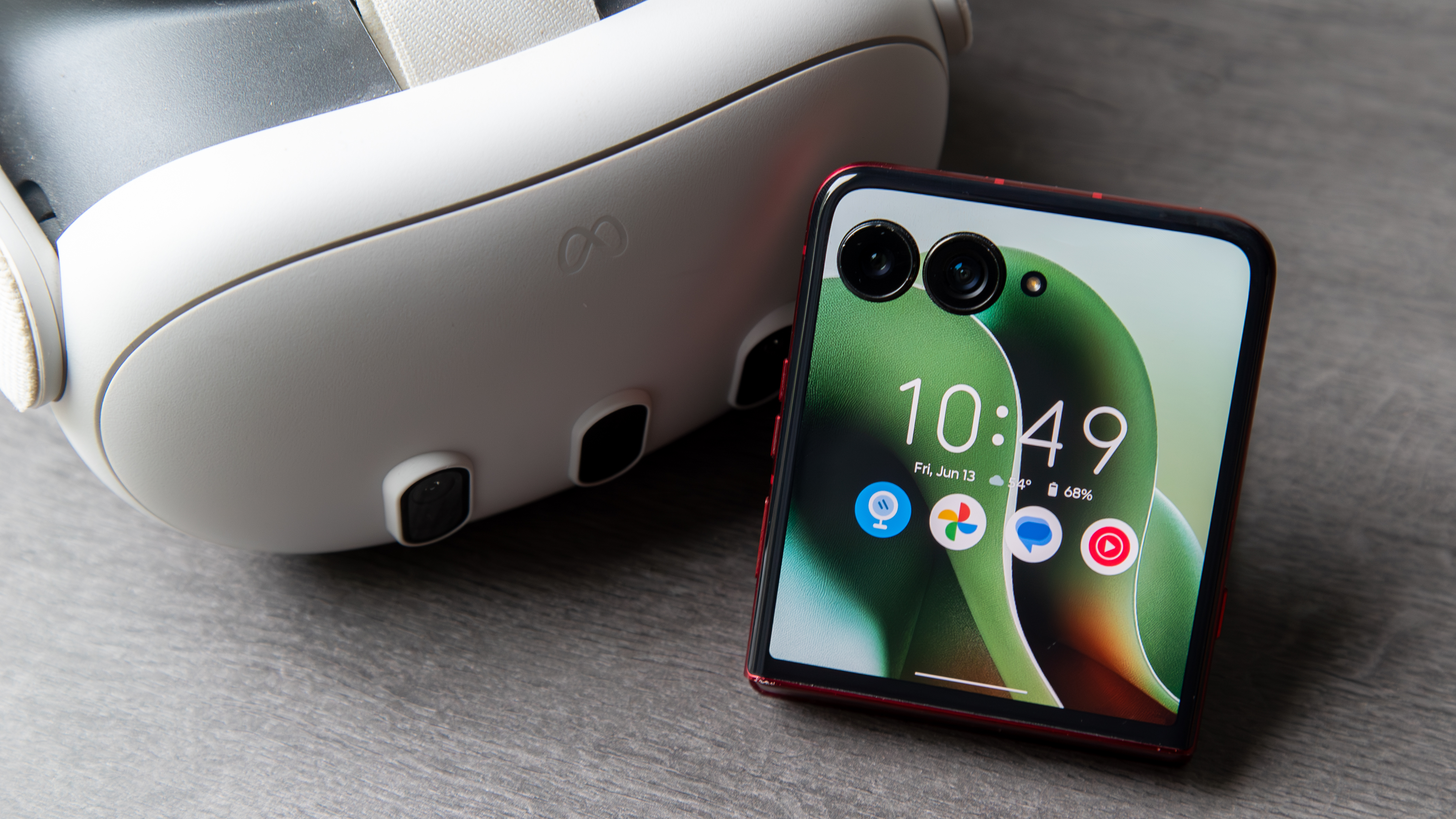

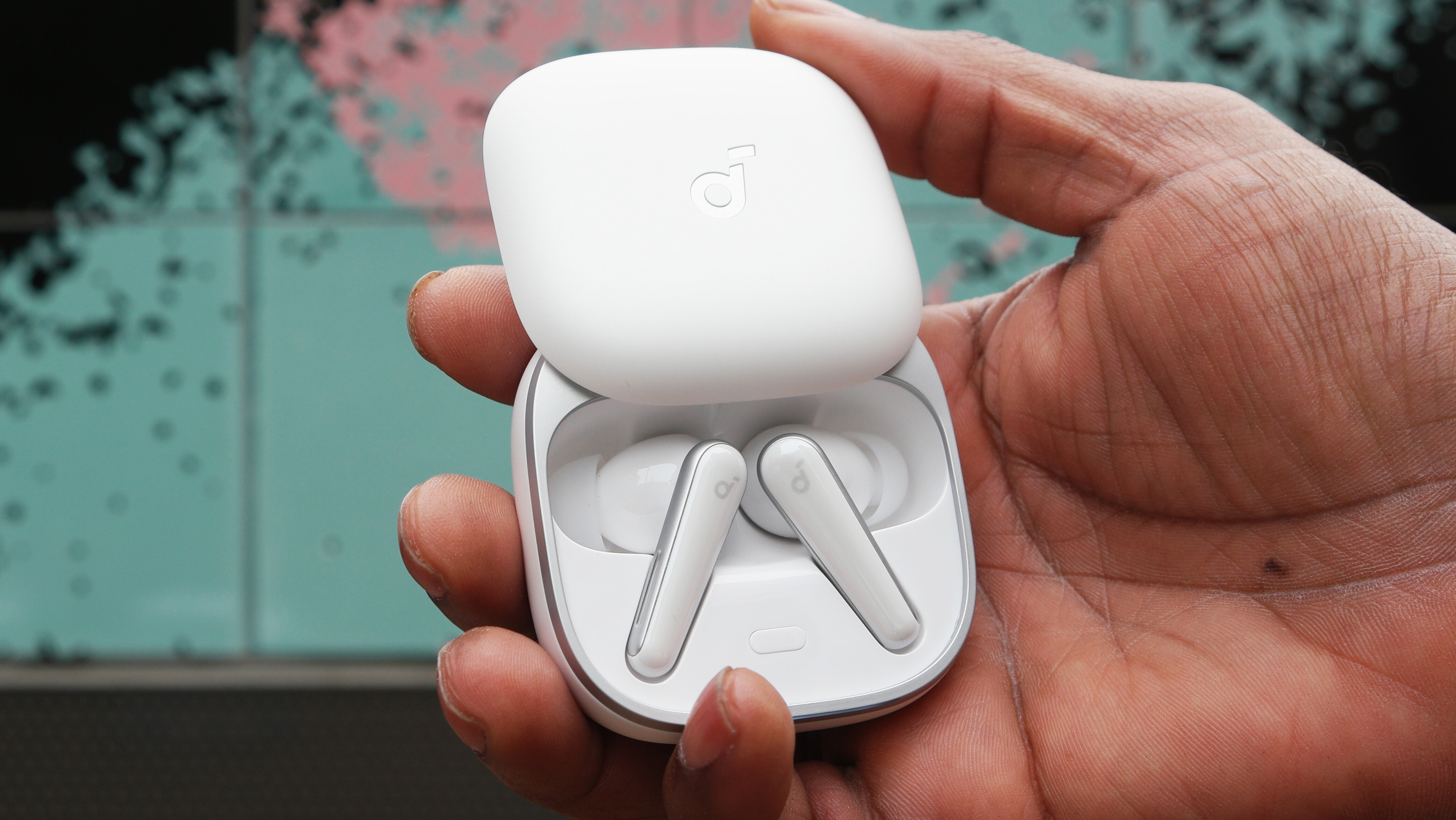
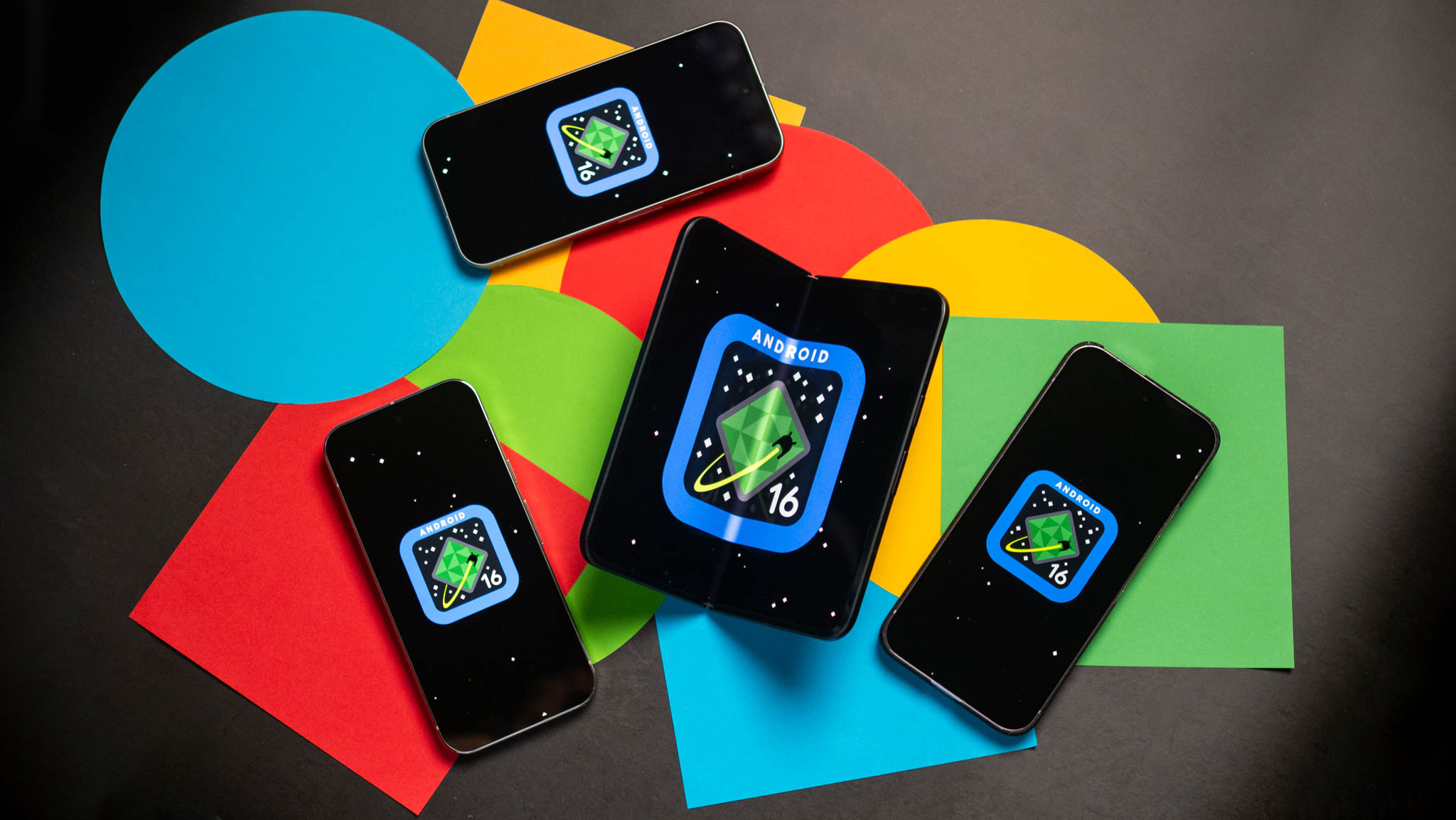

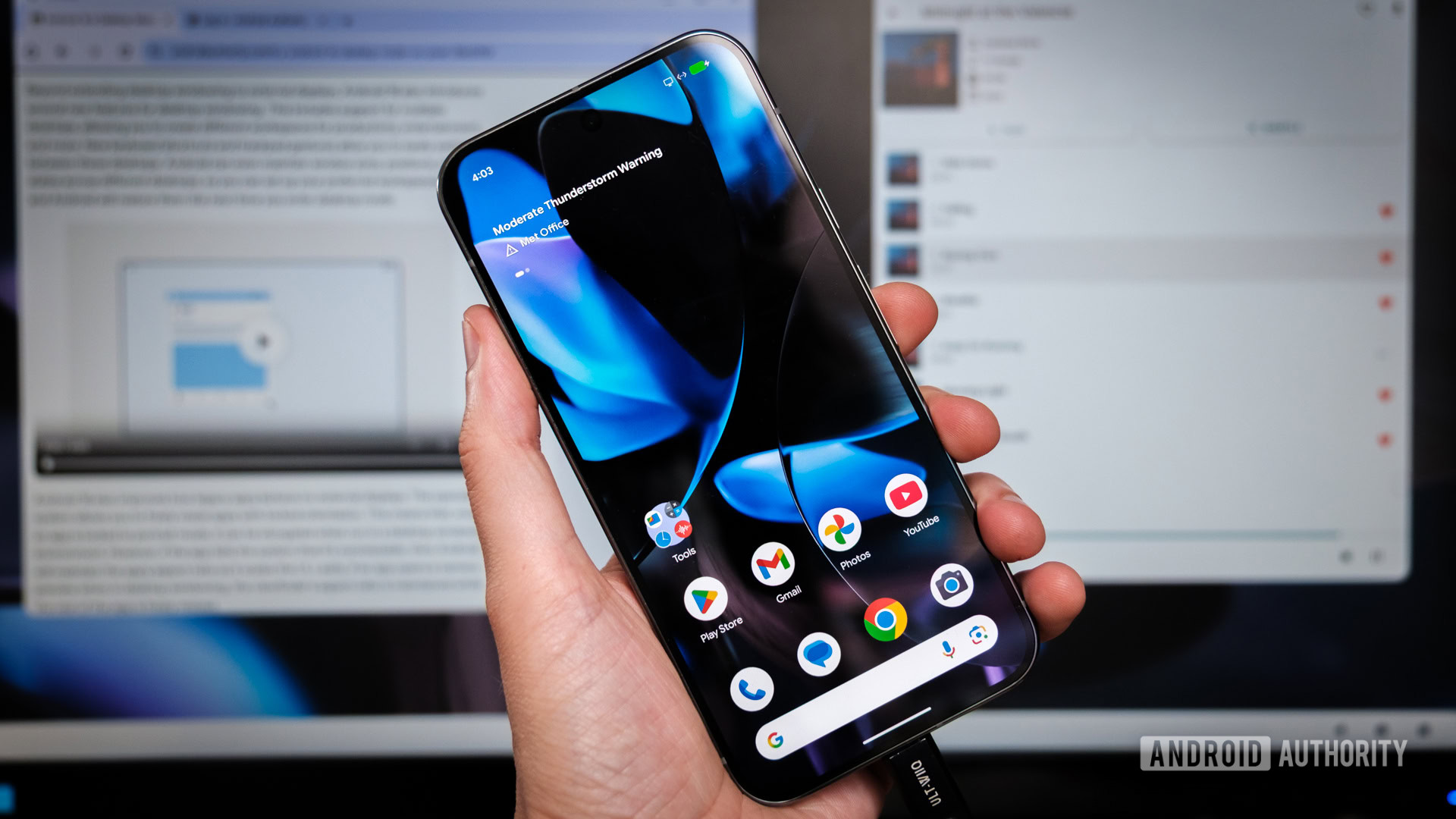





![Google Play Store not showing Android system app updates [U]](https://i0.wp.com/9to5google.com/wp-content/uploads/sites/4/2021/08/google-play-store-material-you.jpeg?resize=1200%2C628&quality=82&strip=all&ssl=1)










